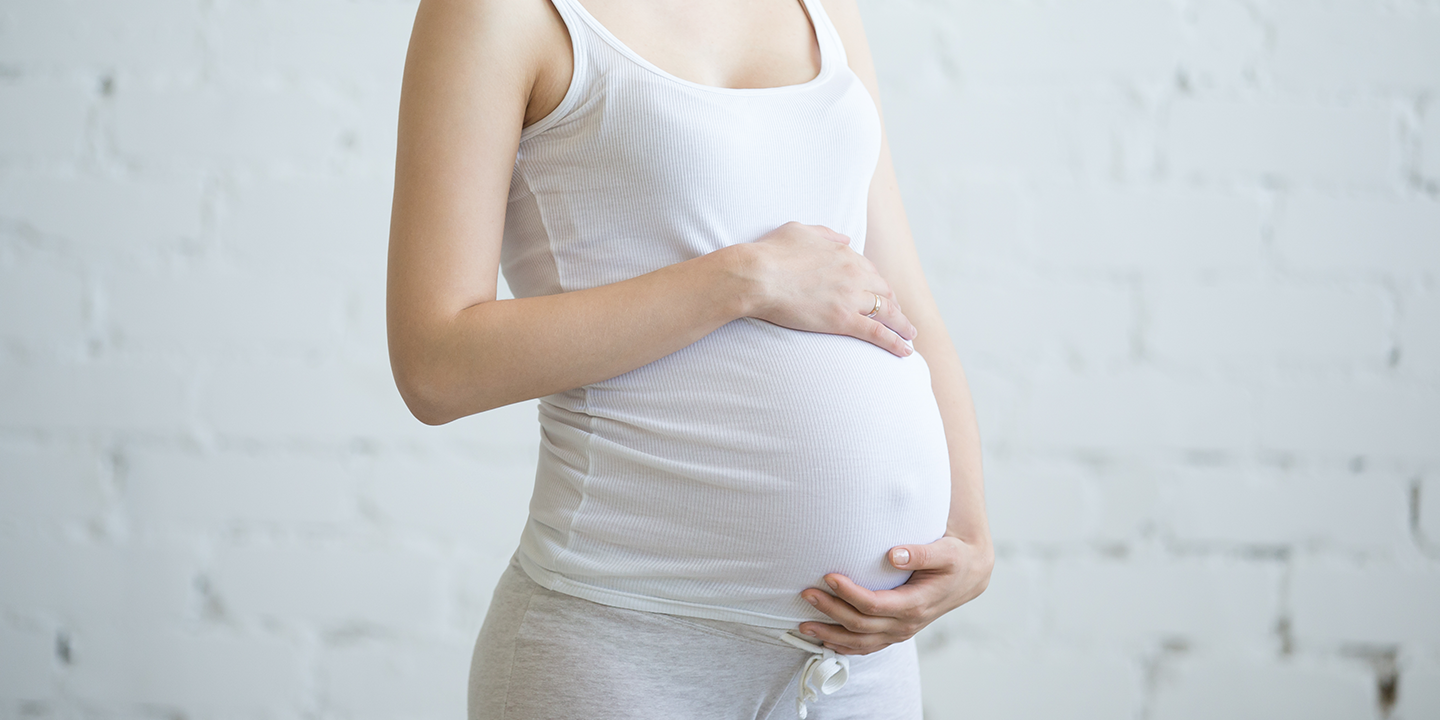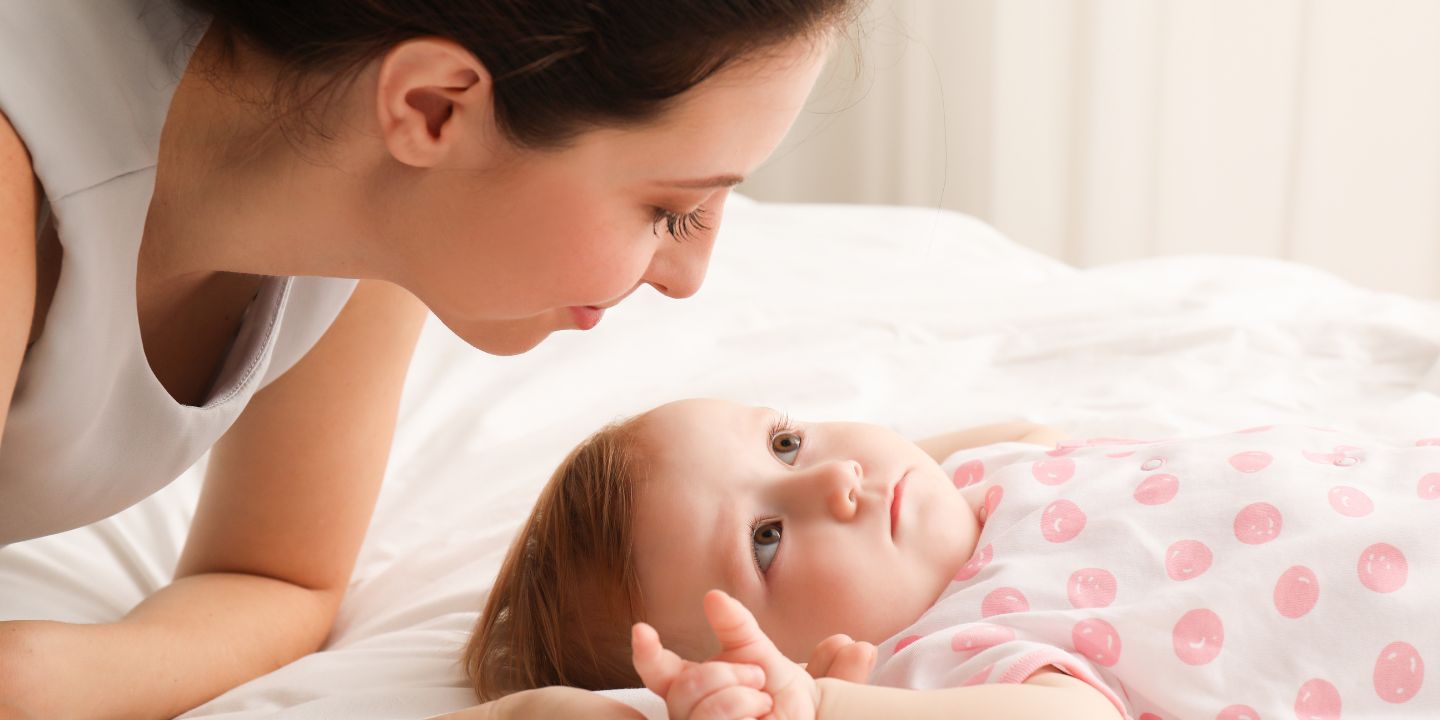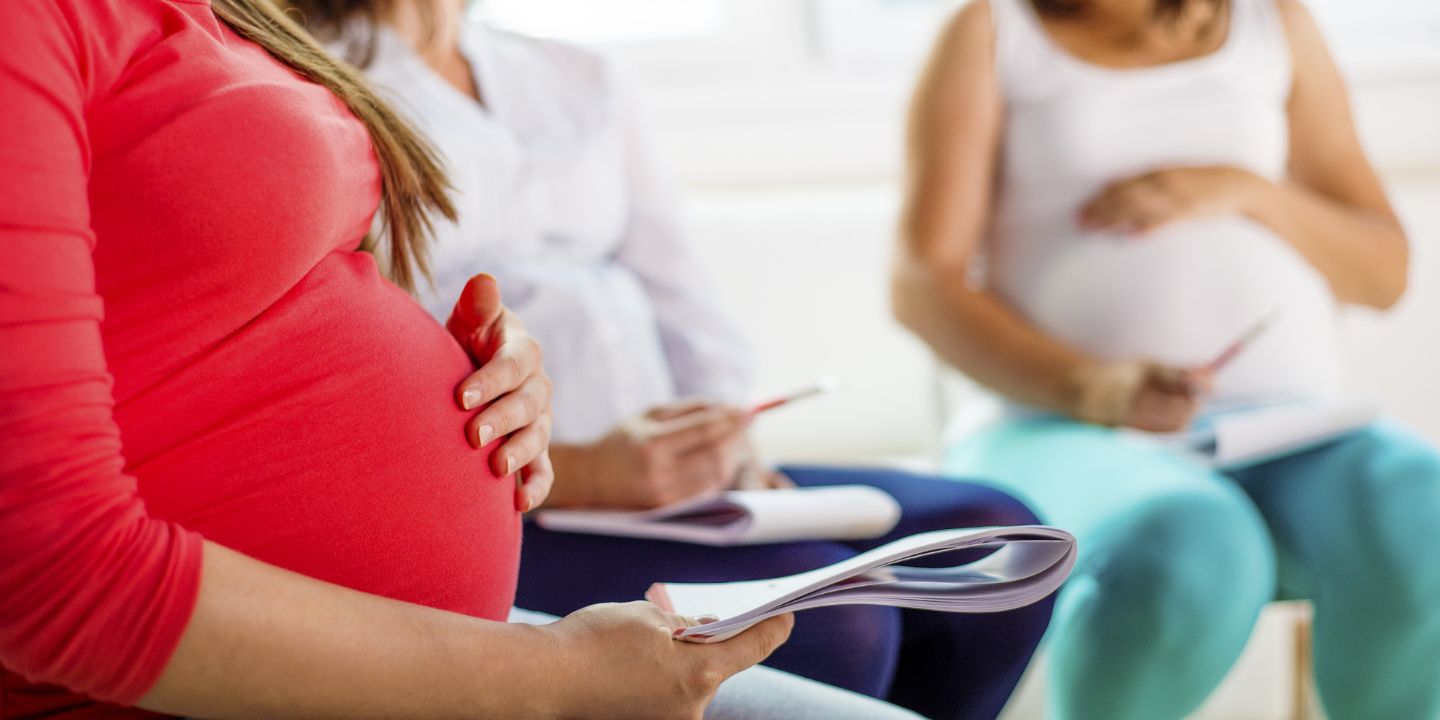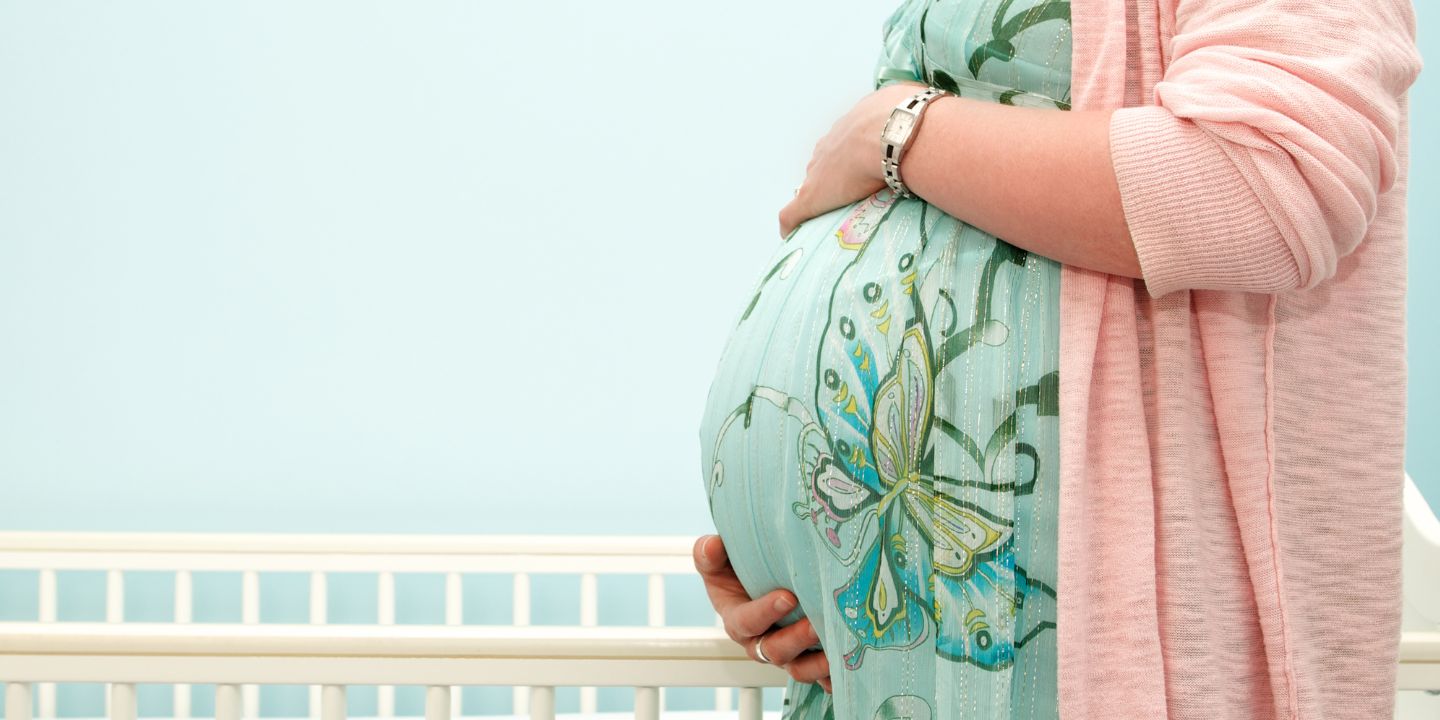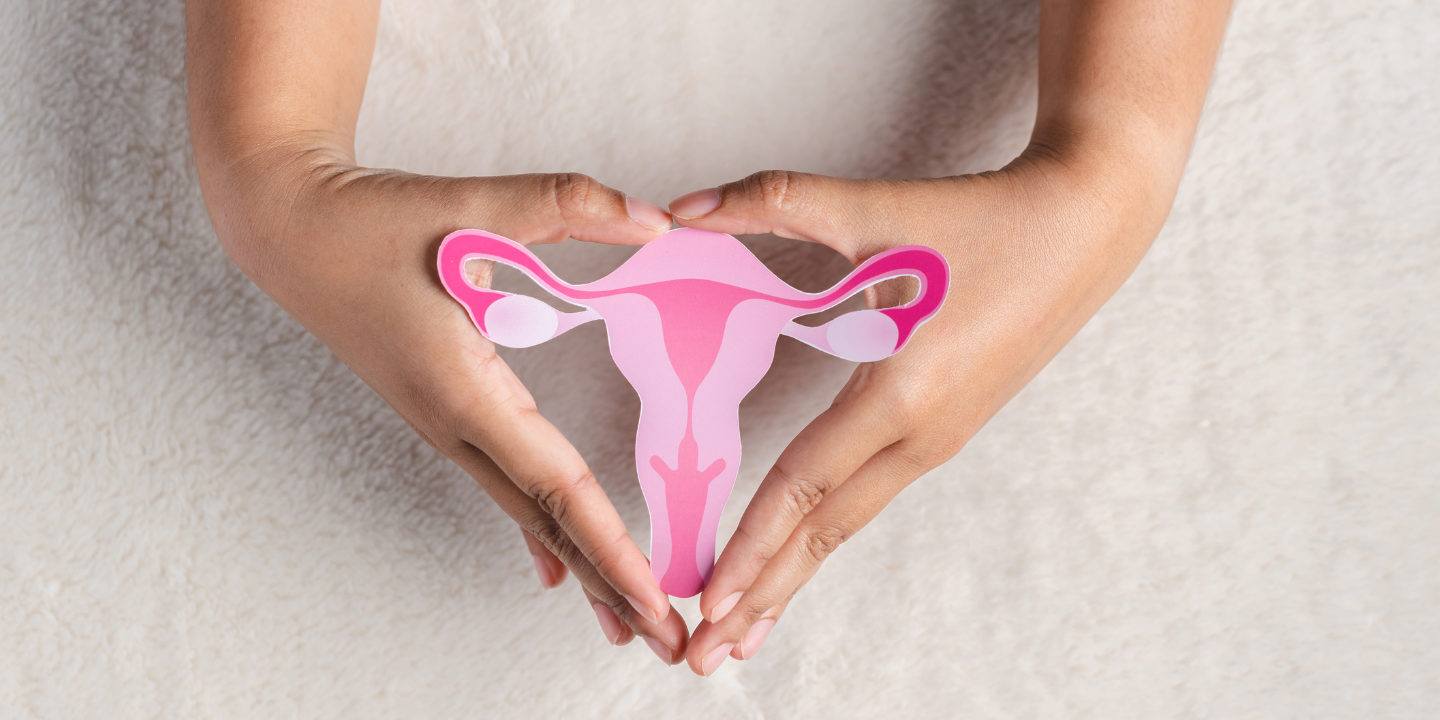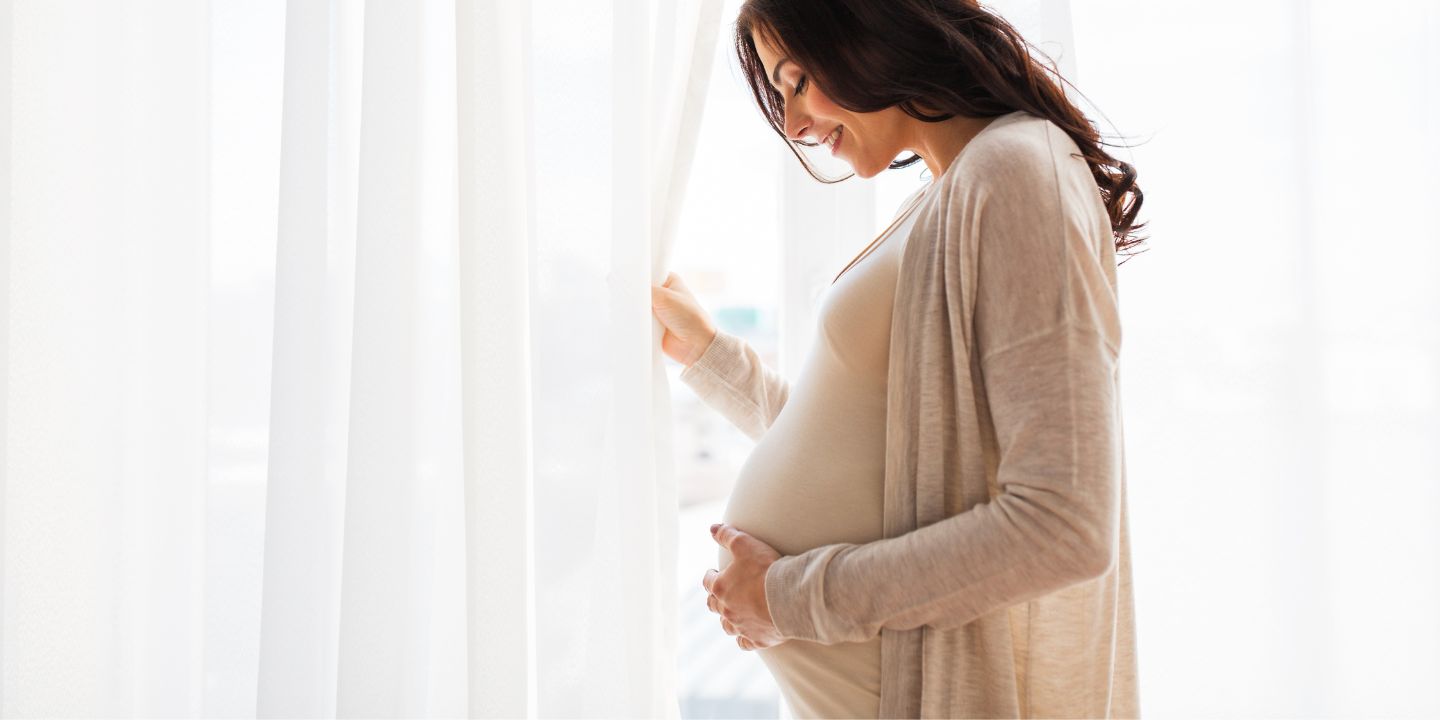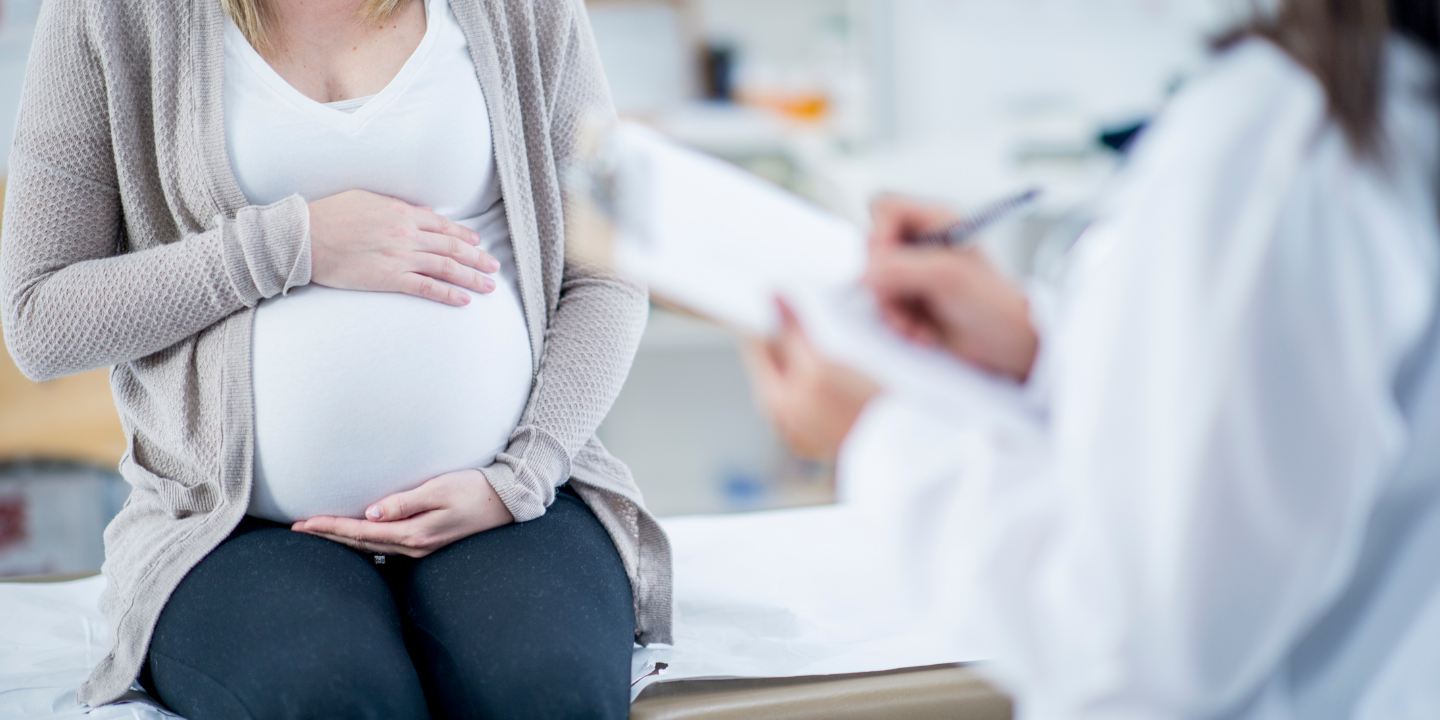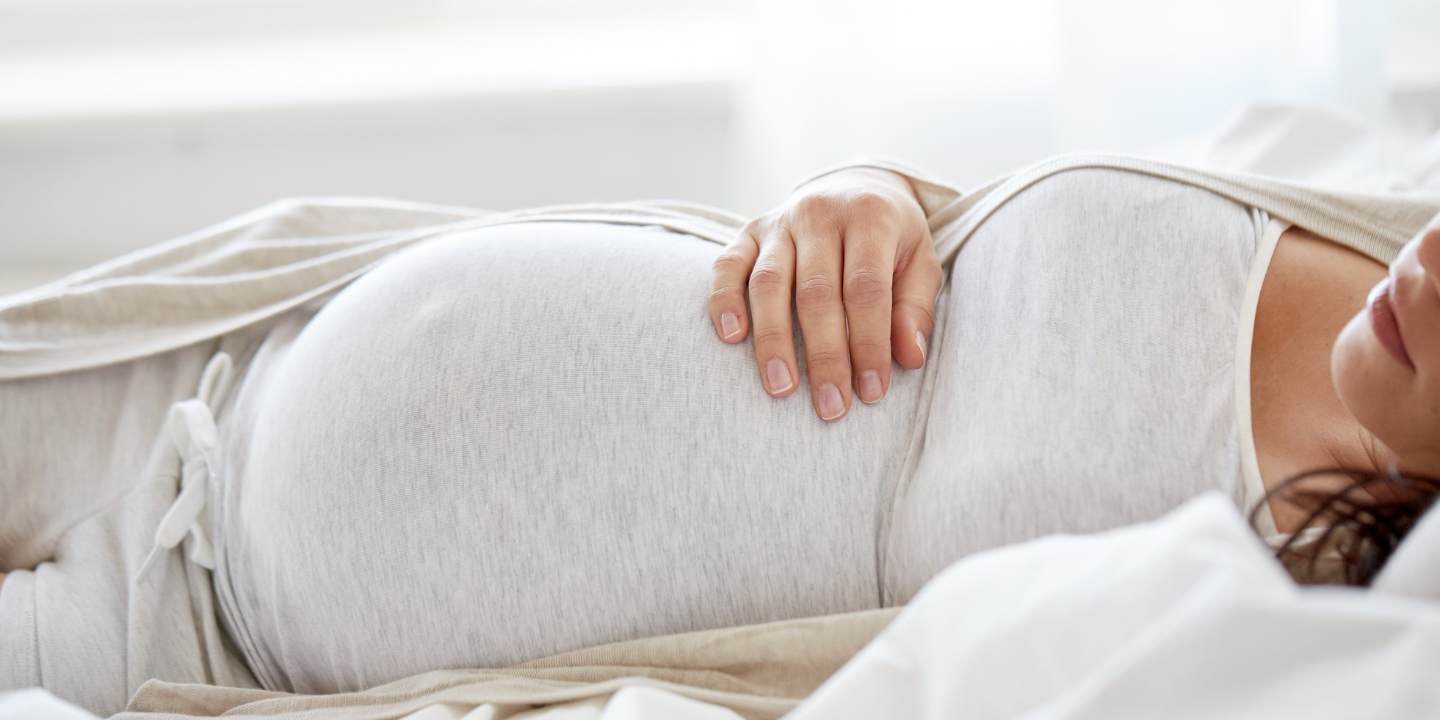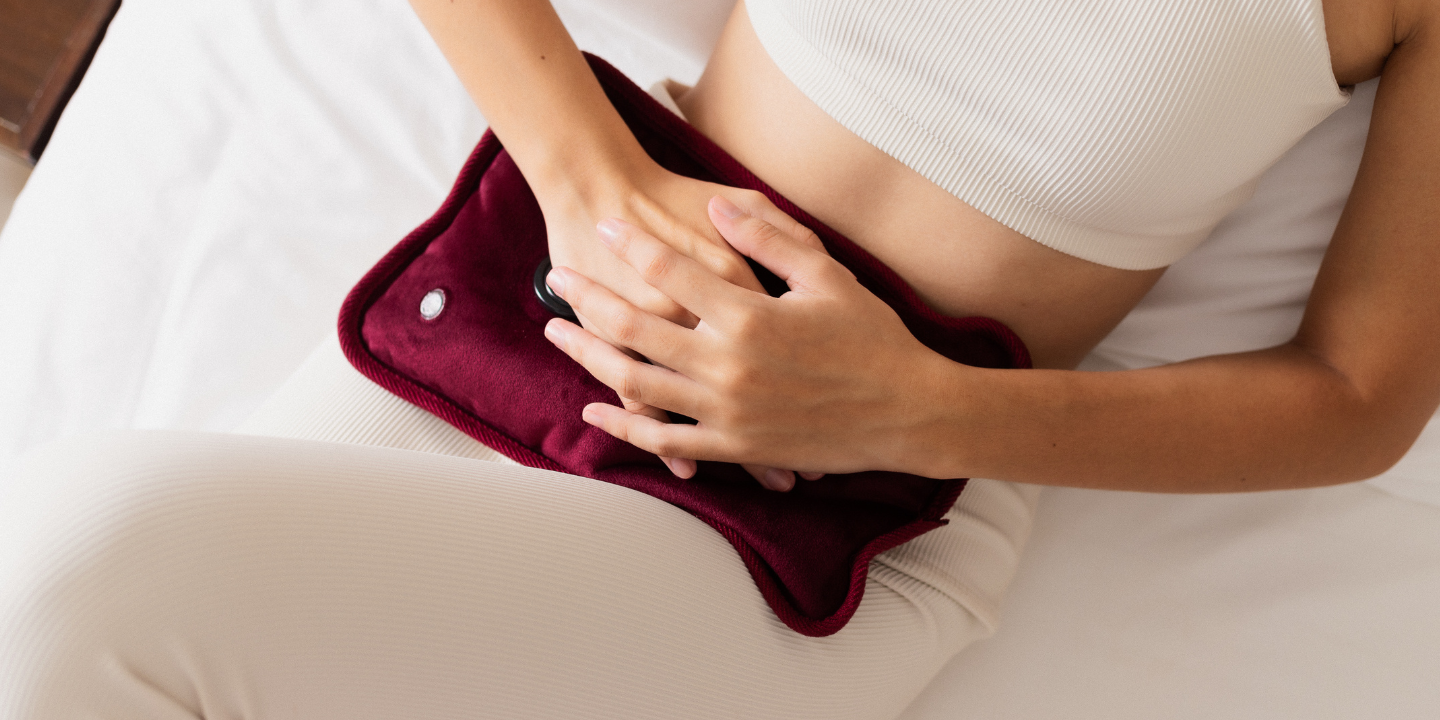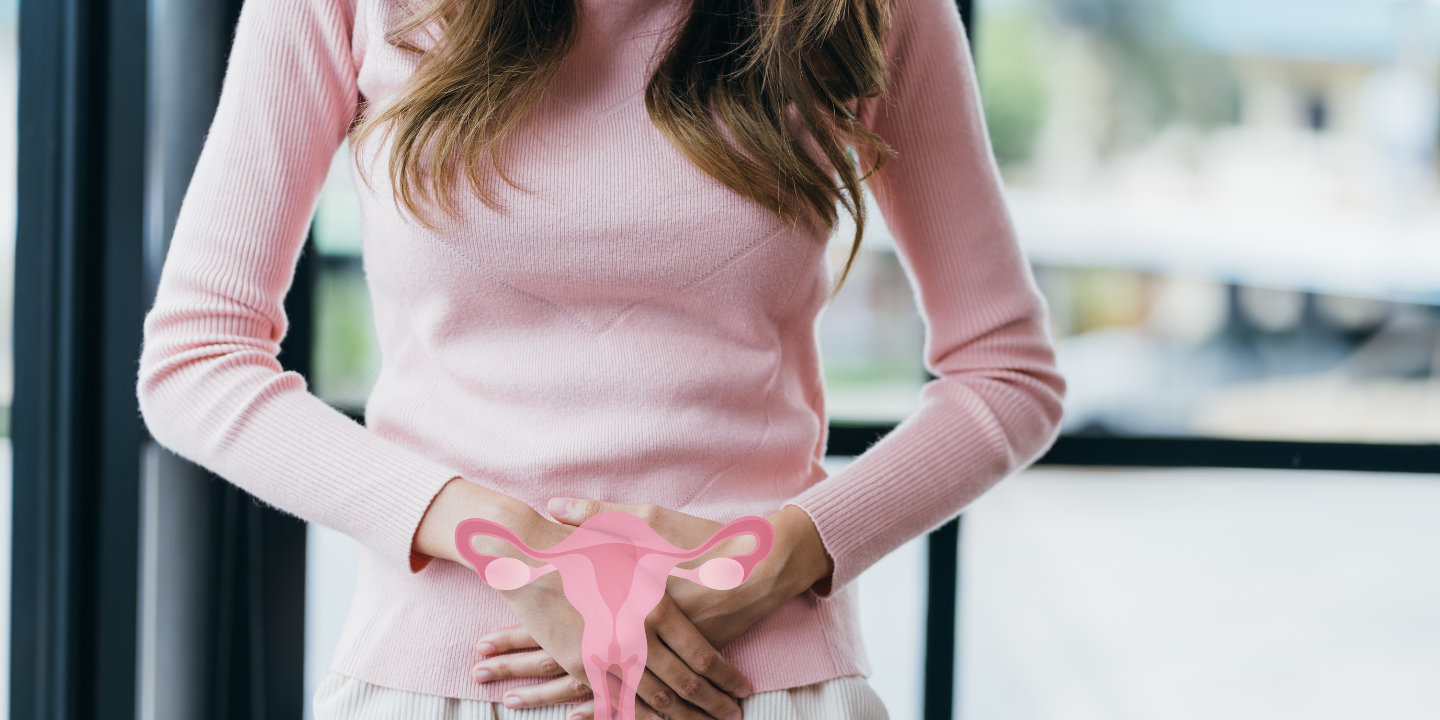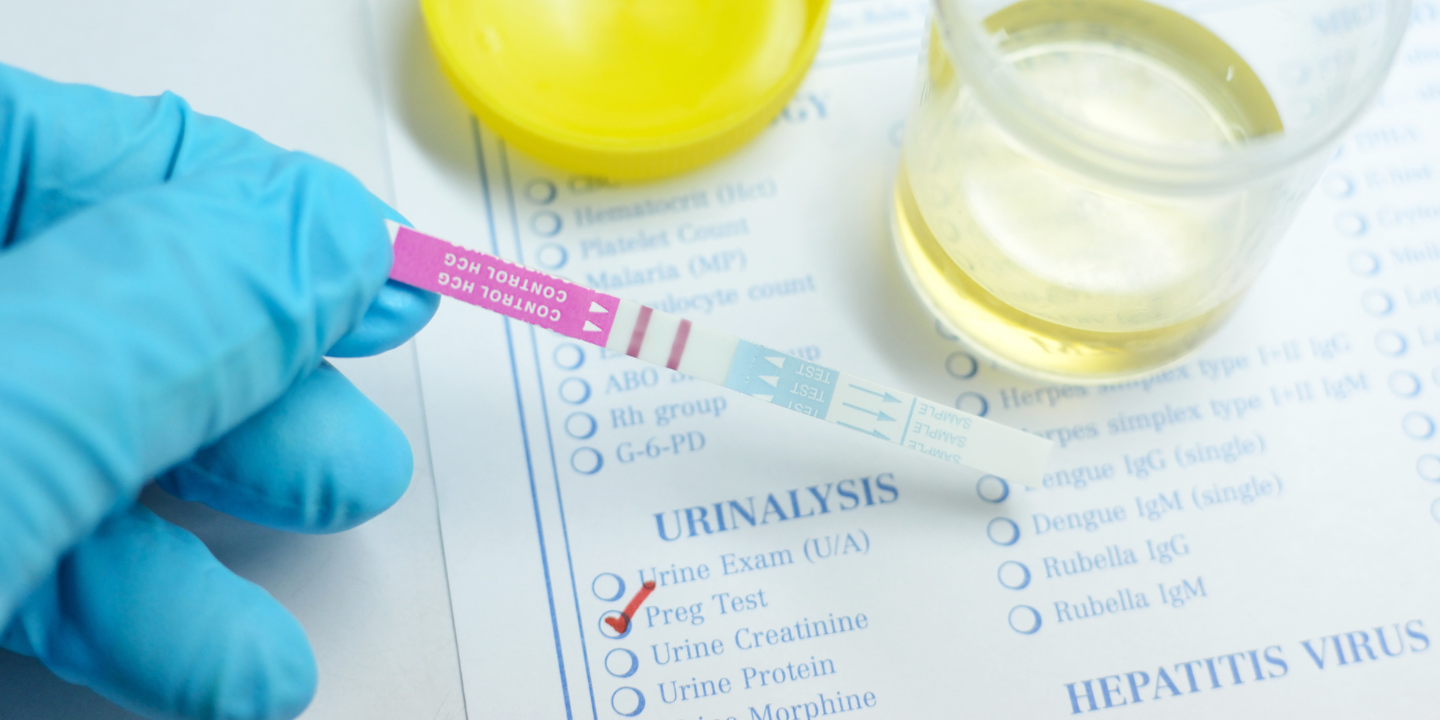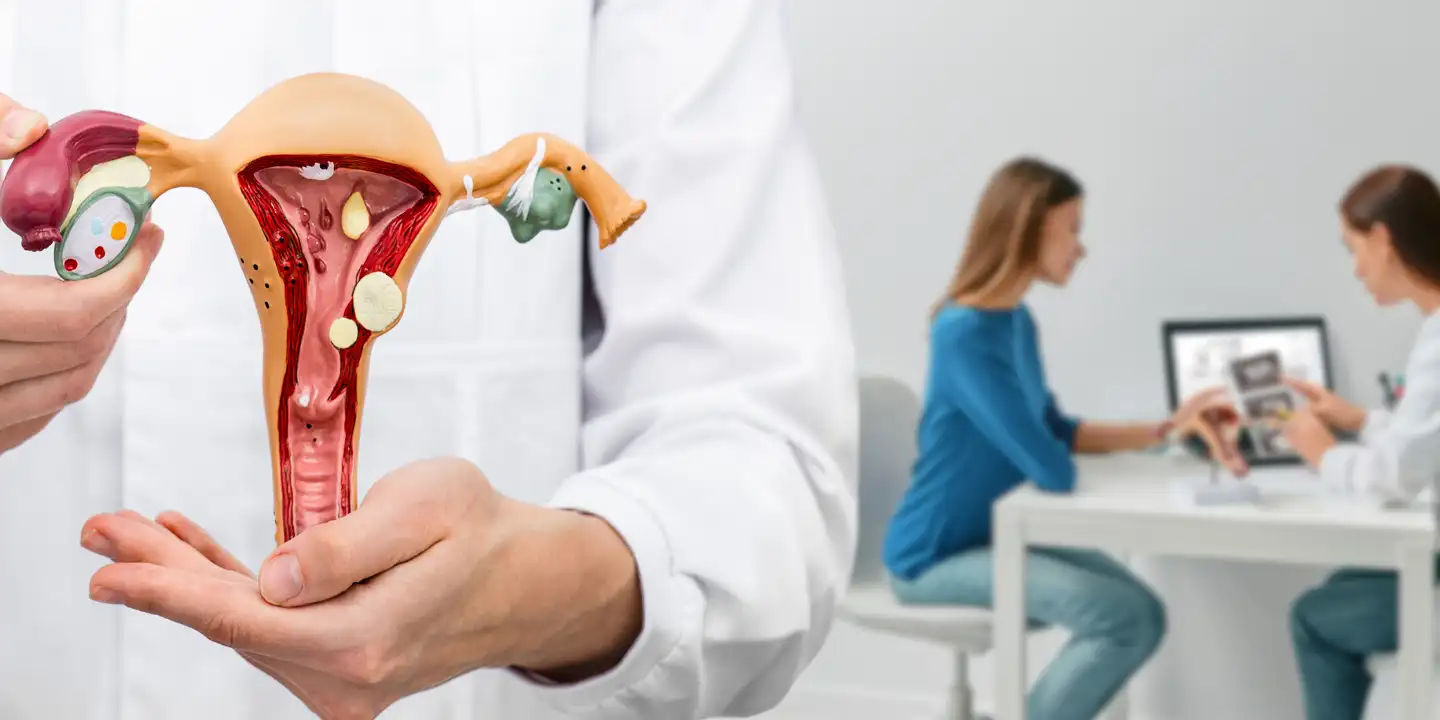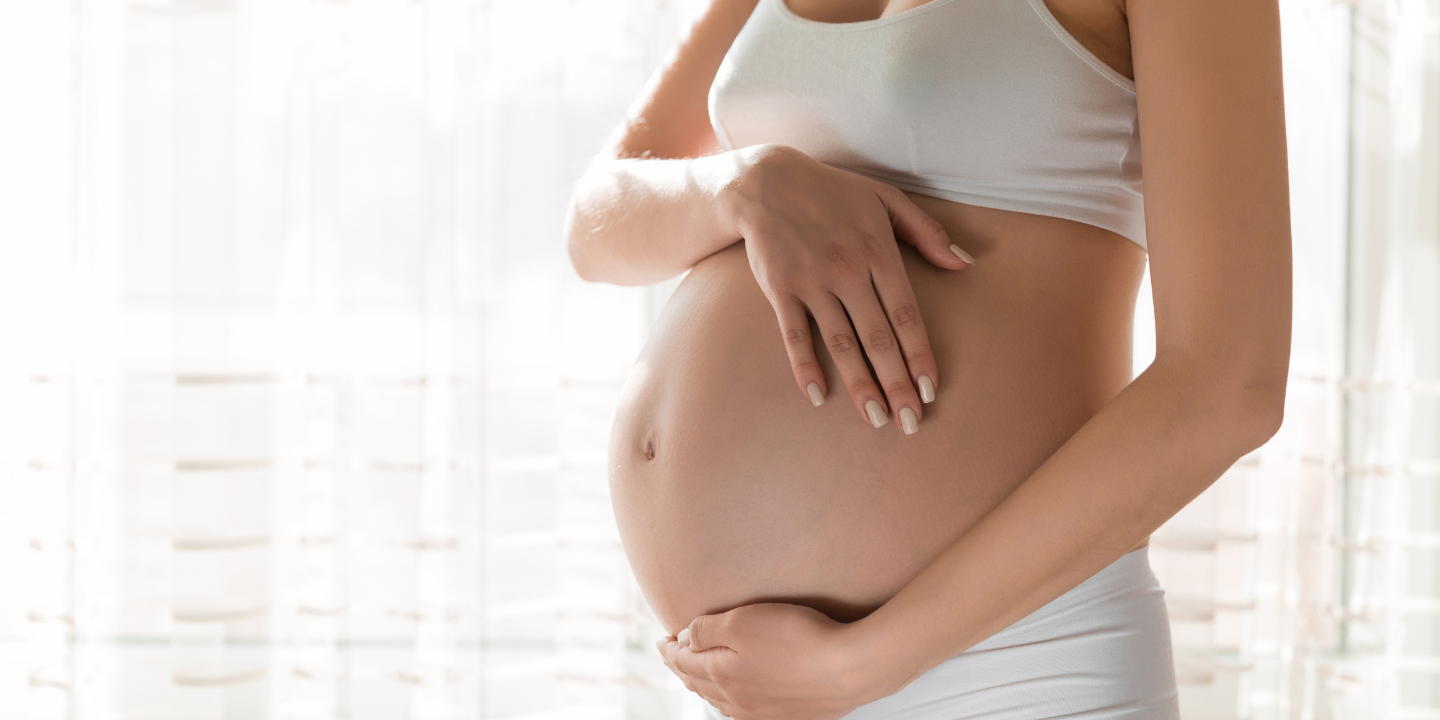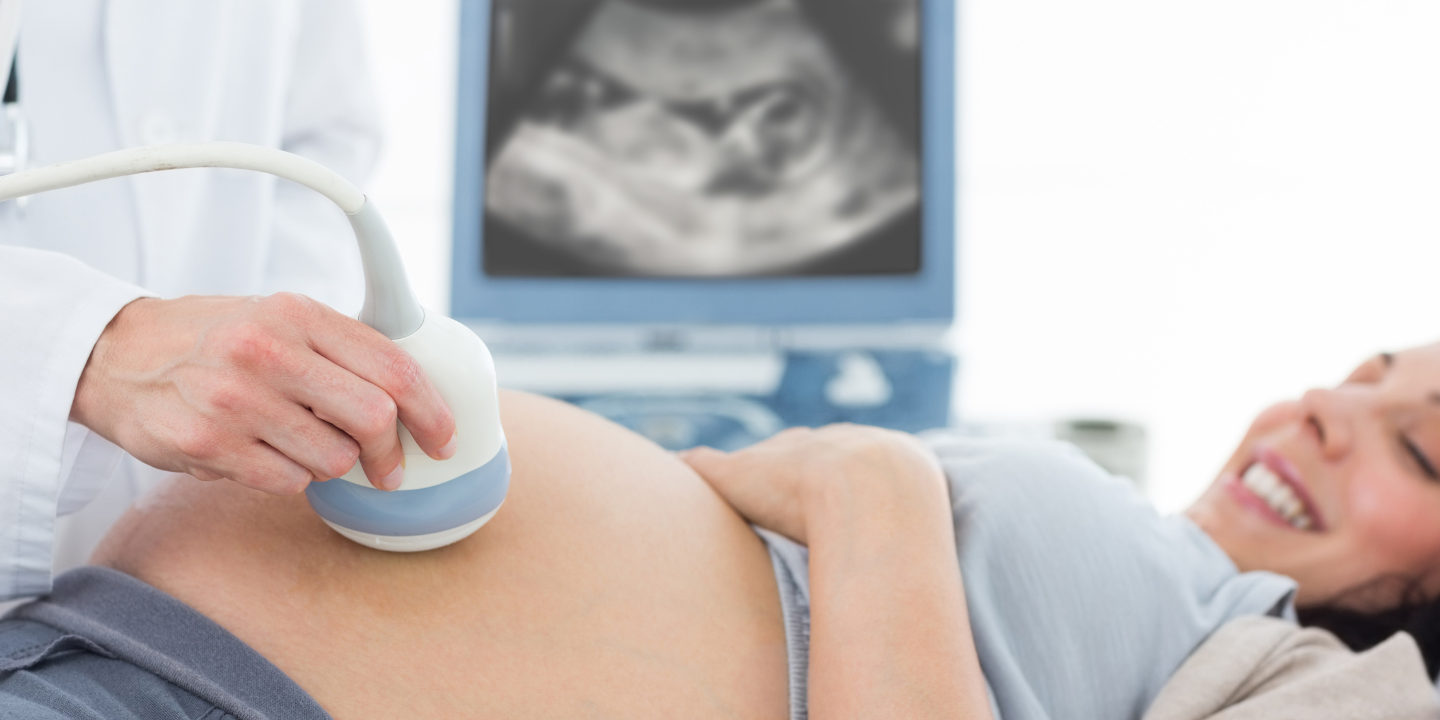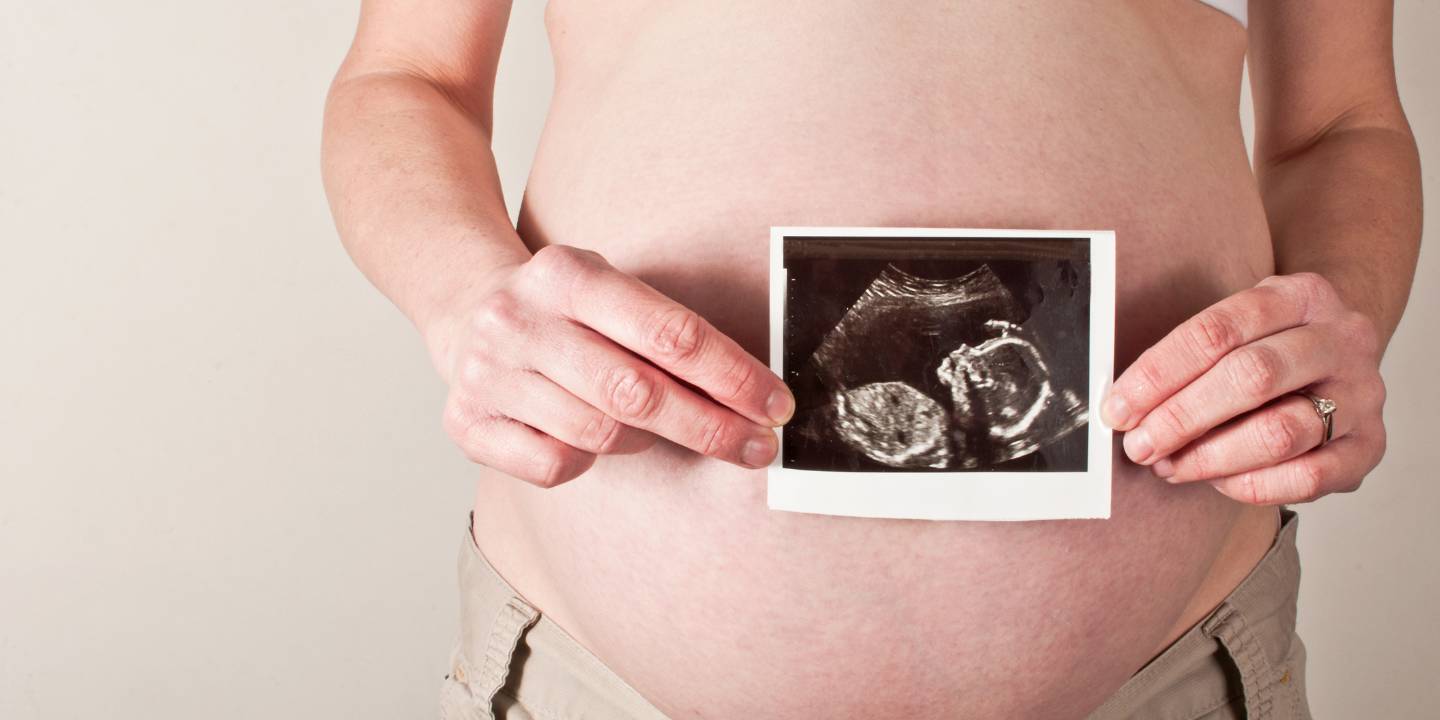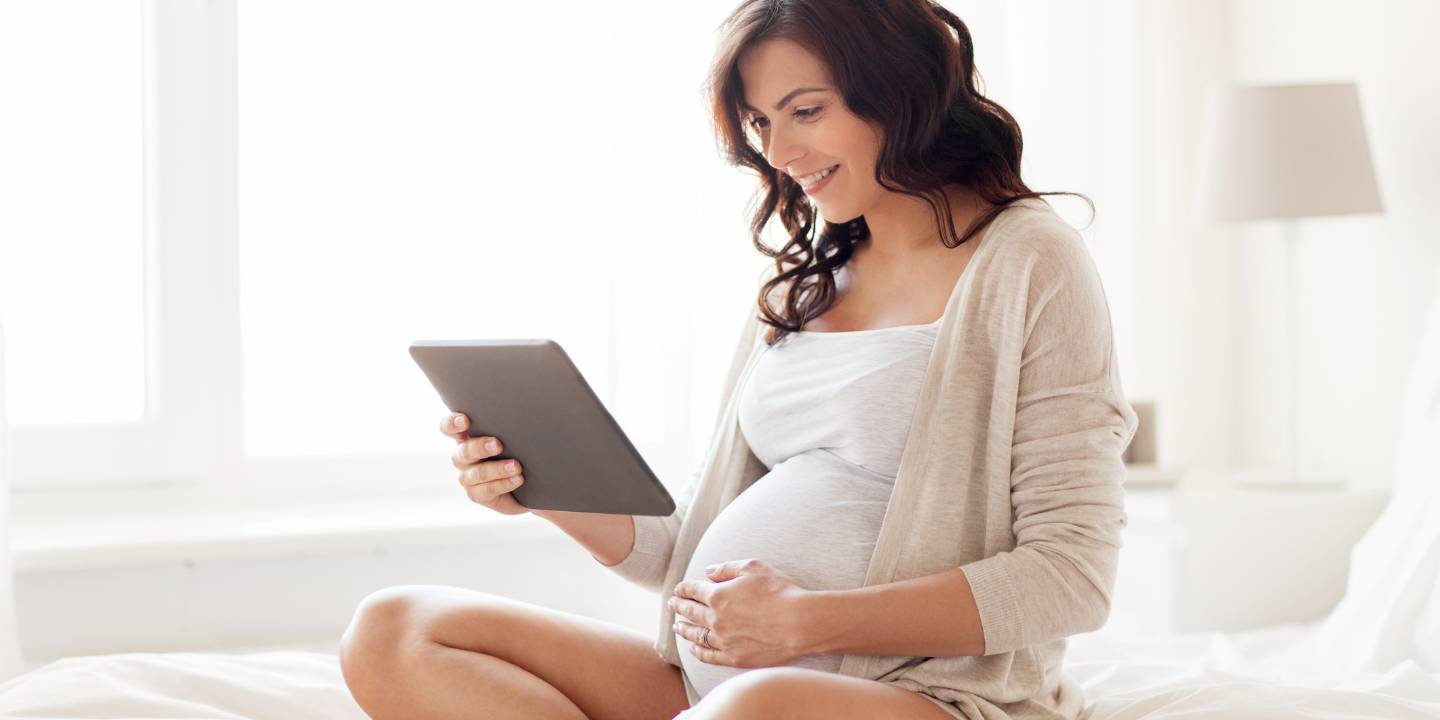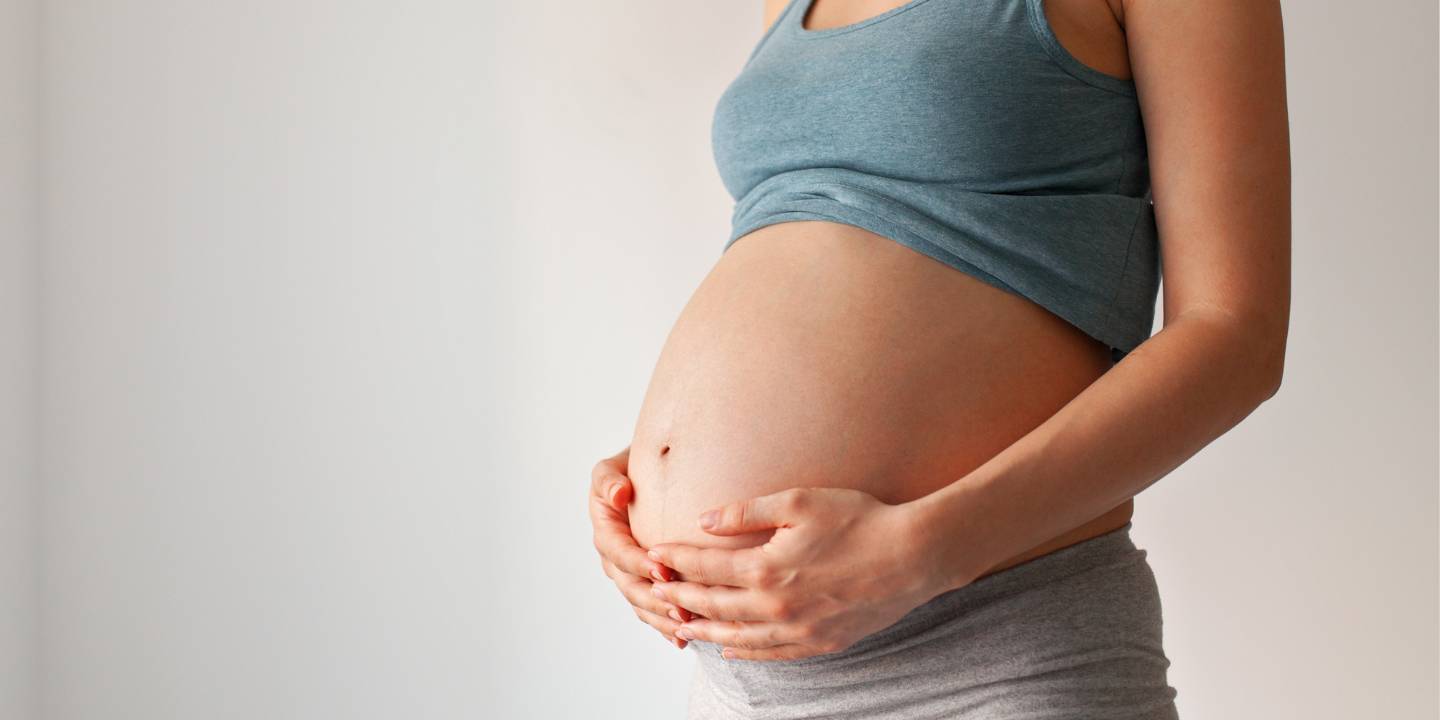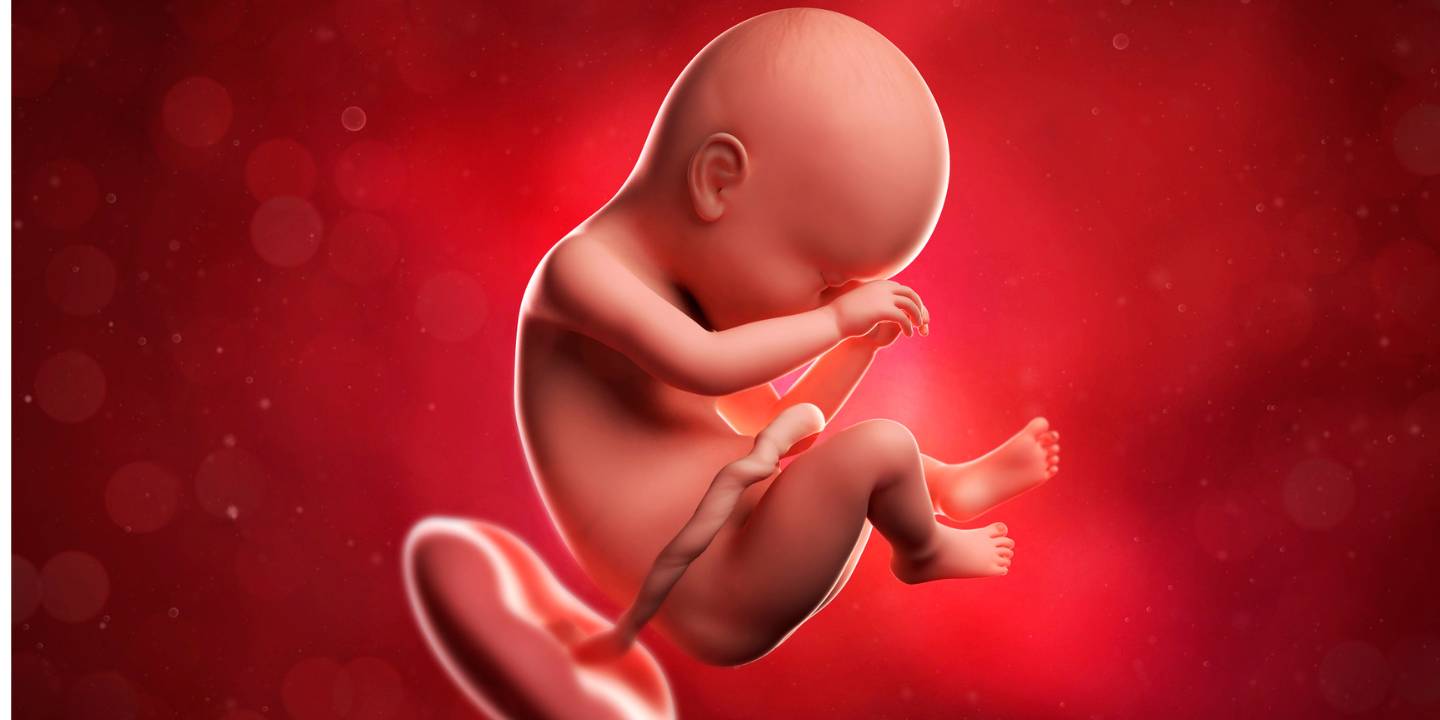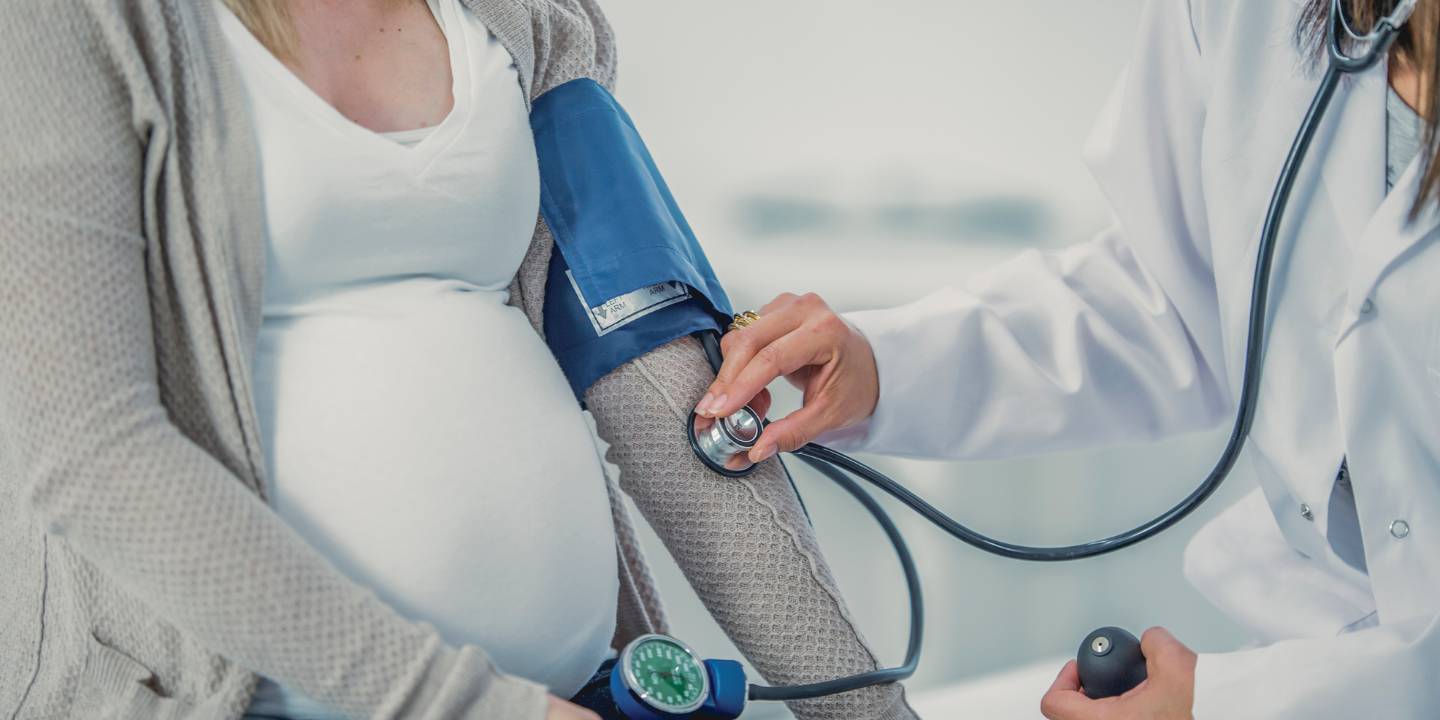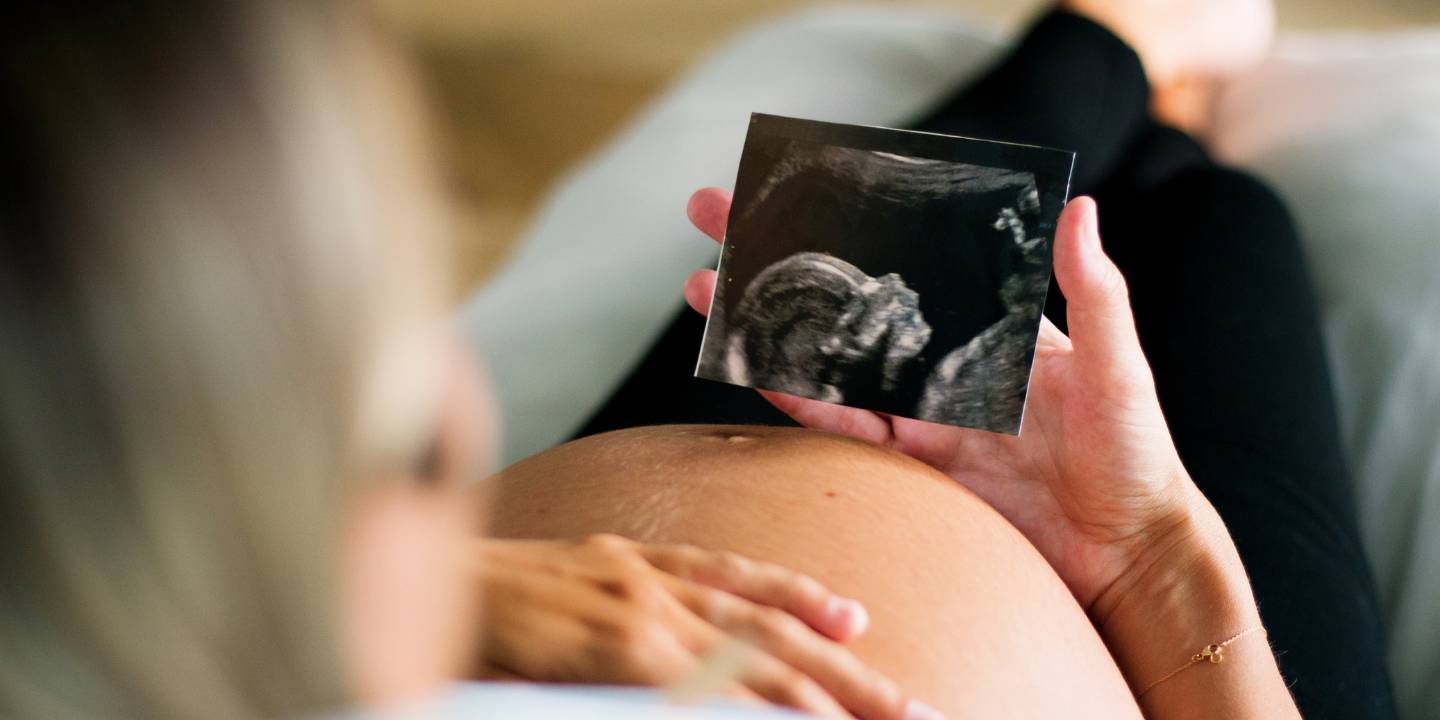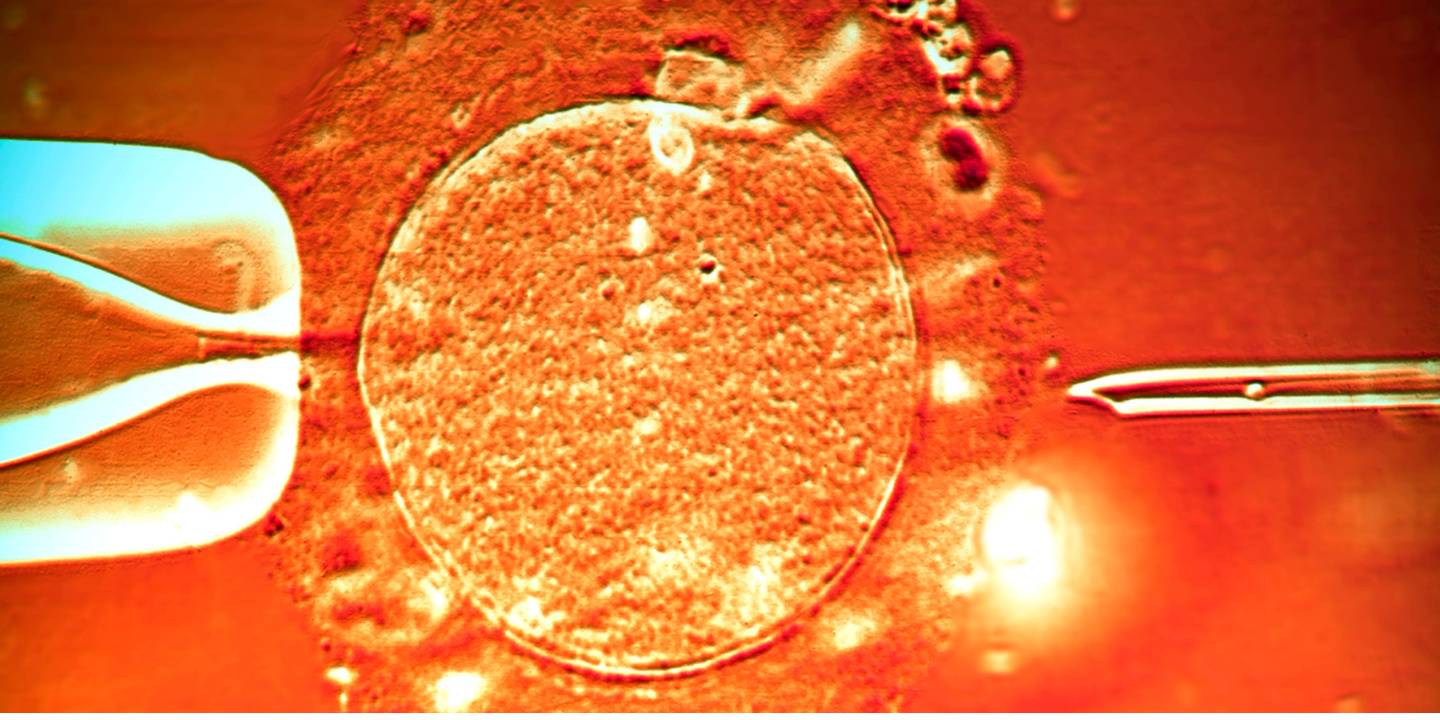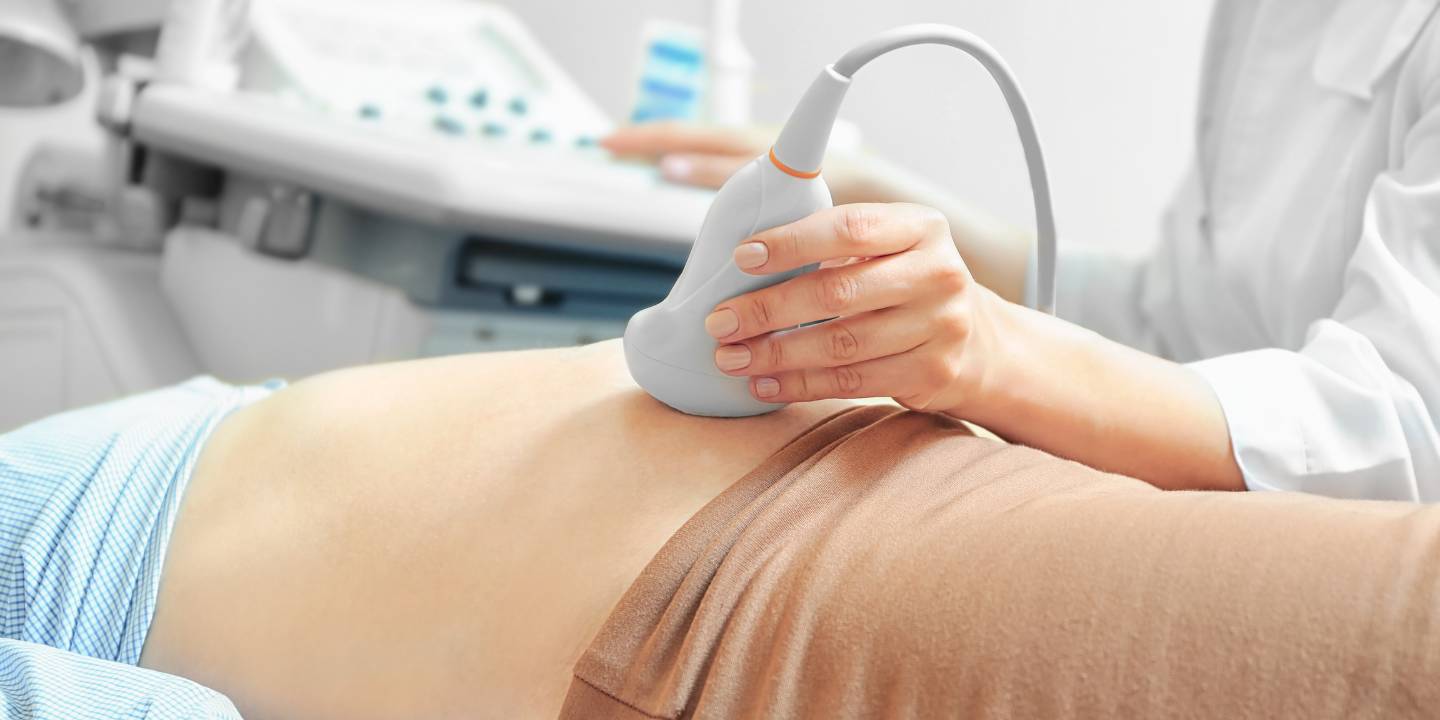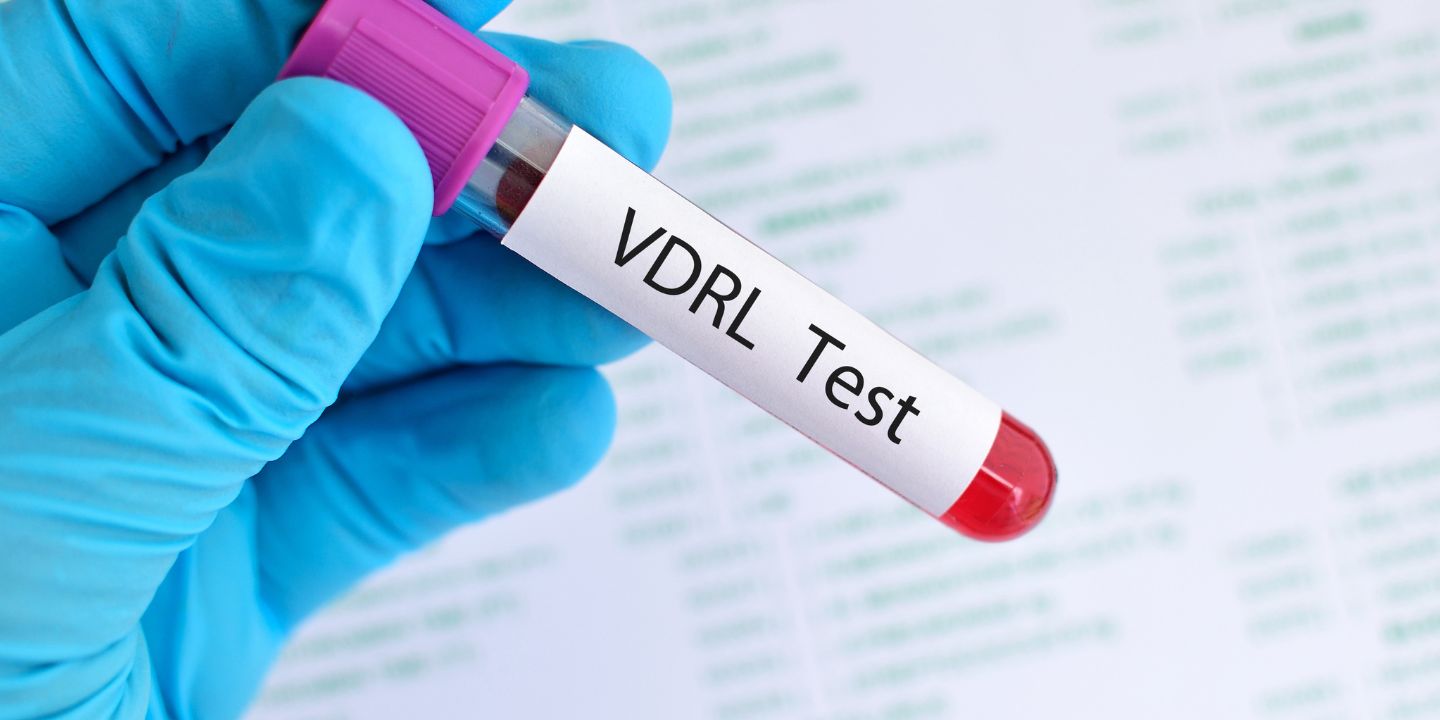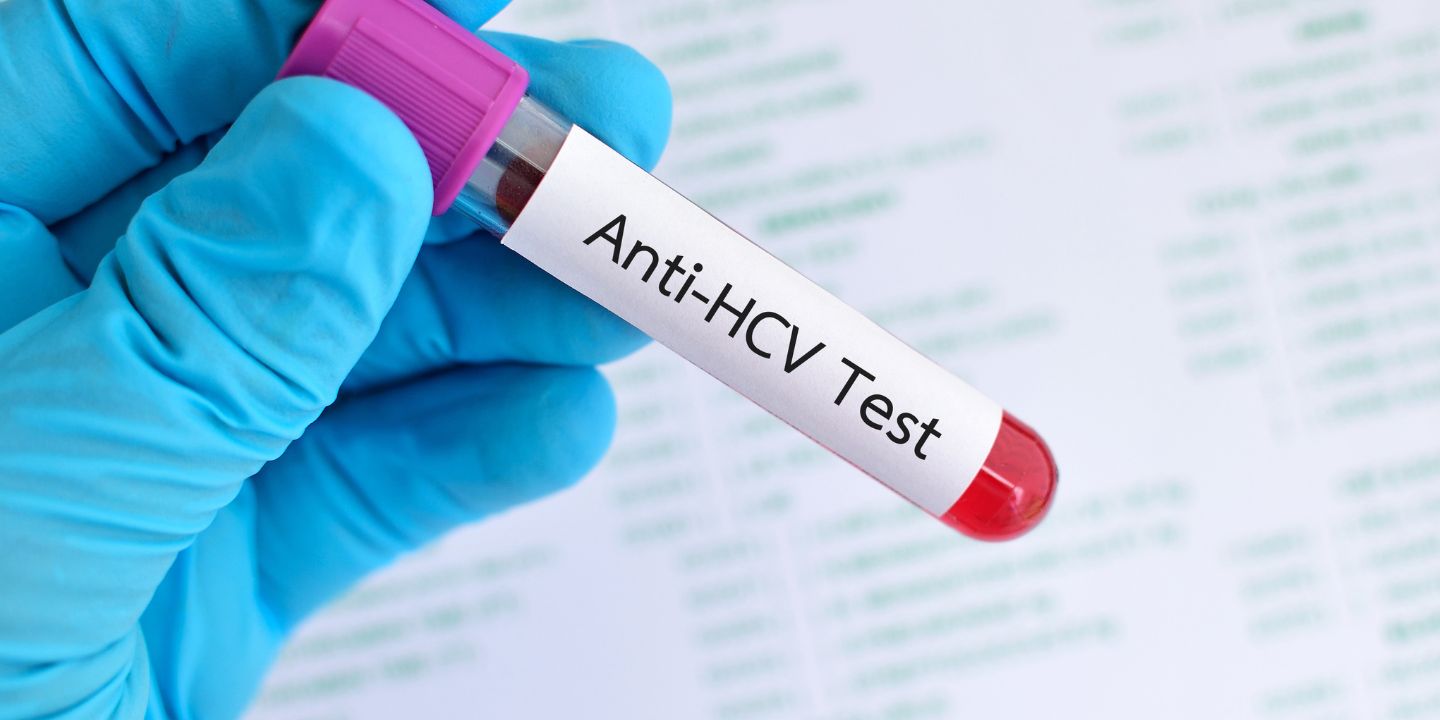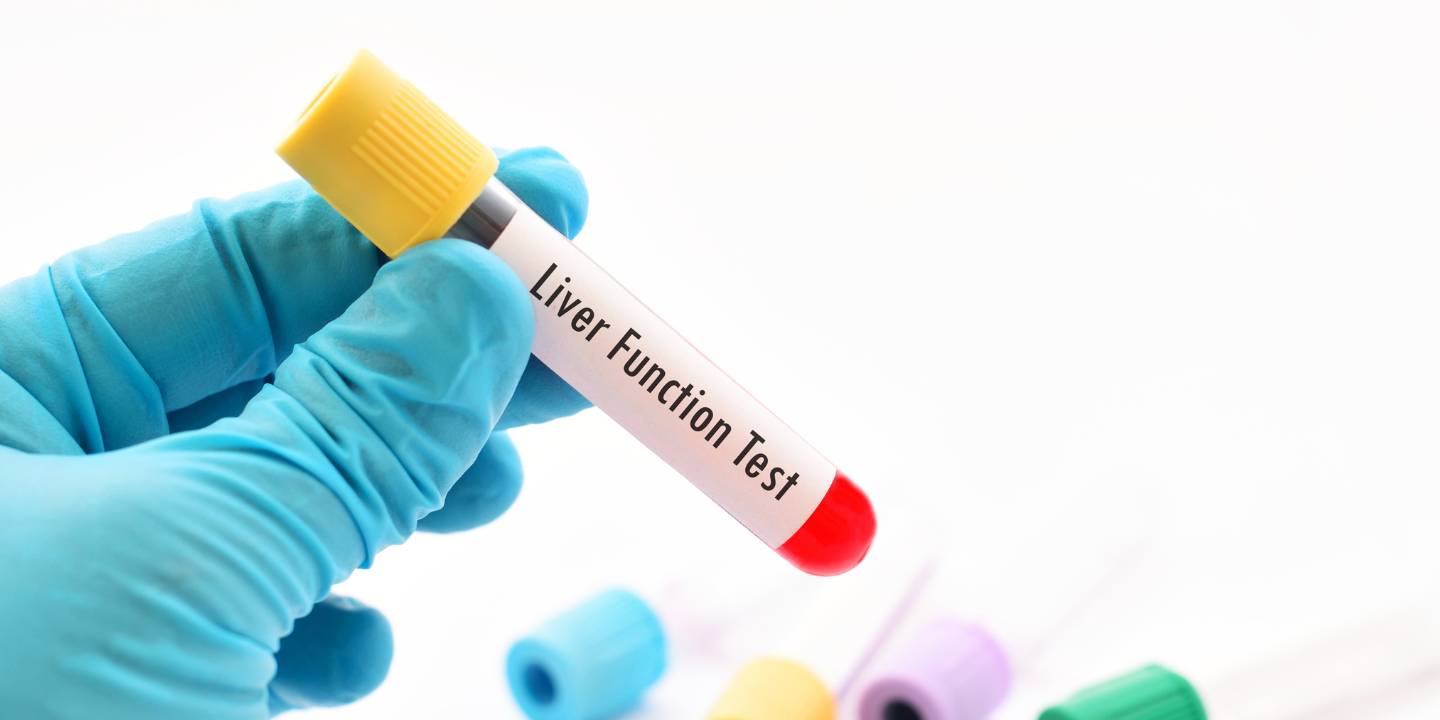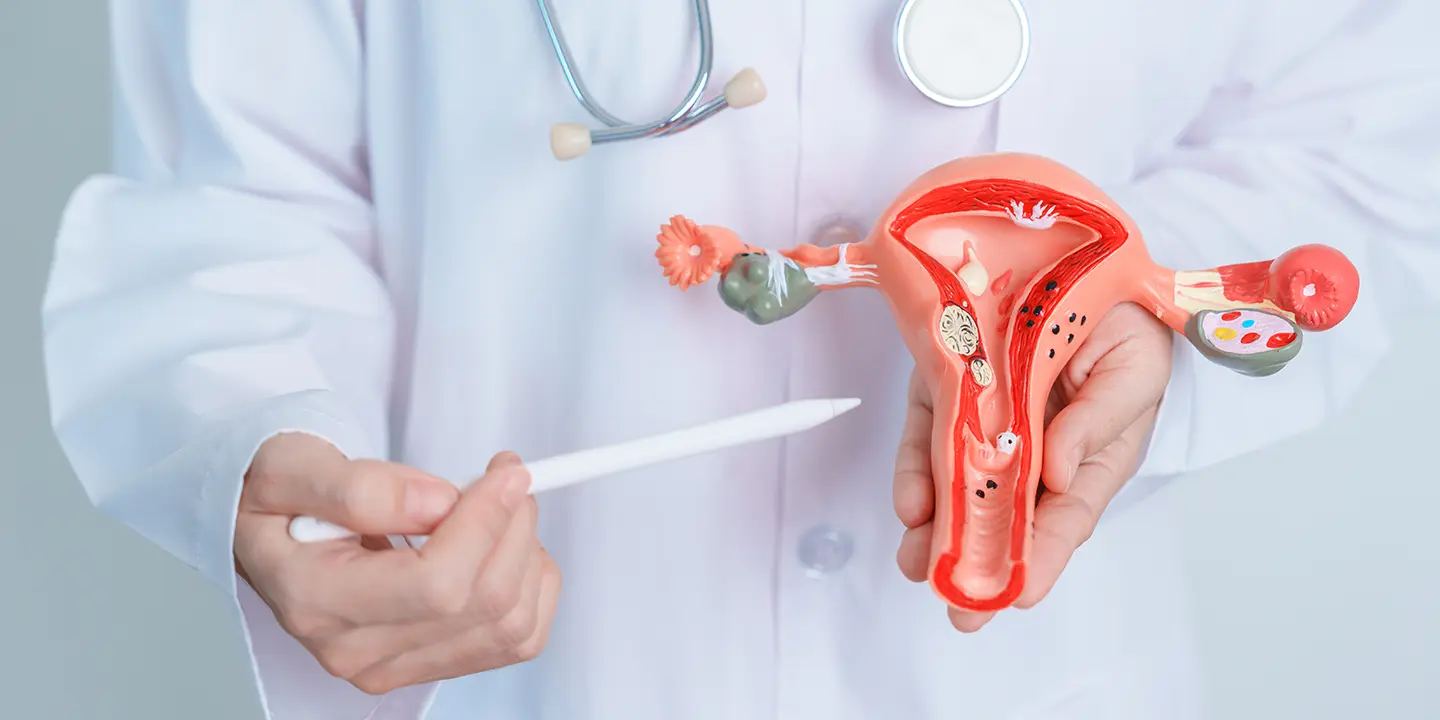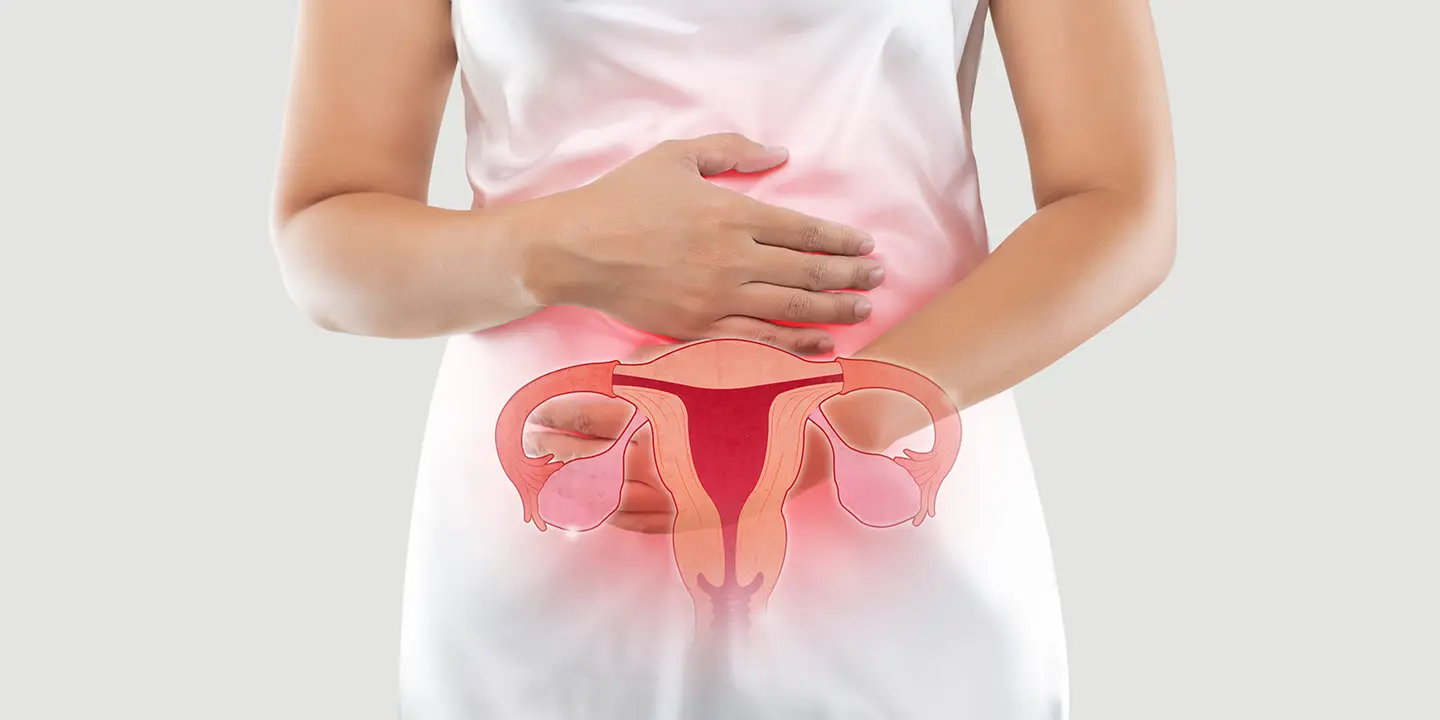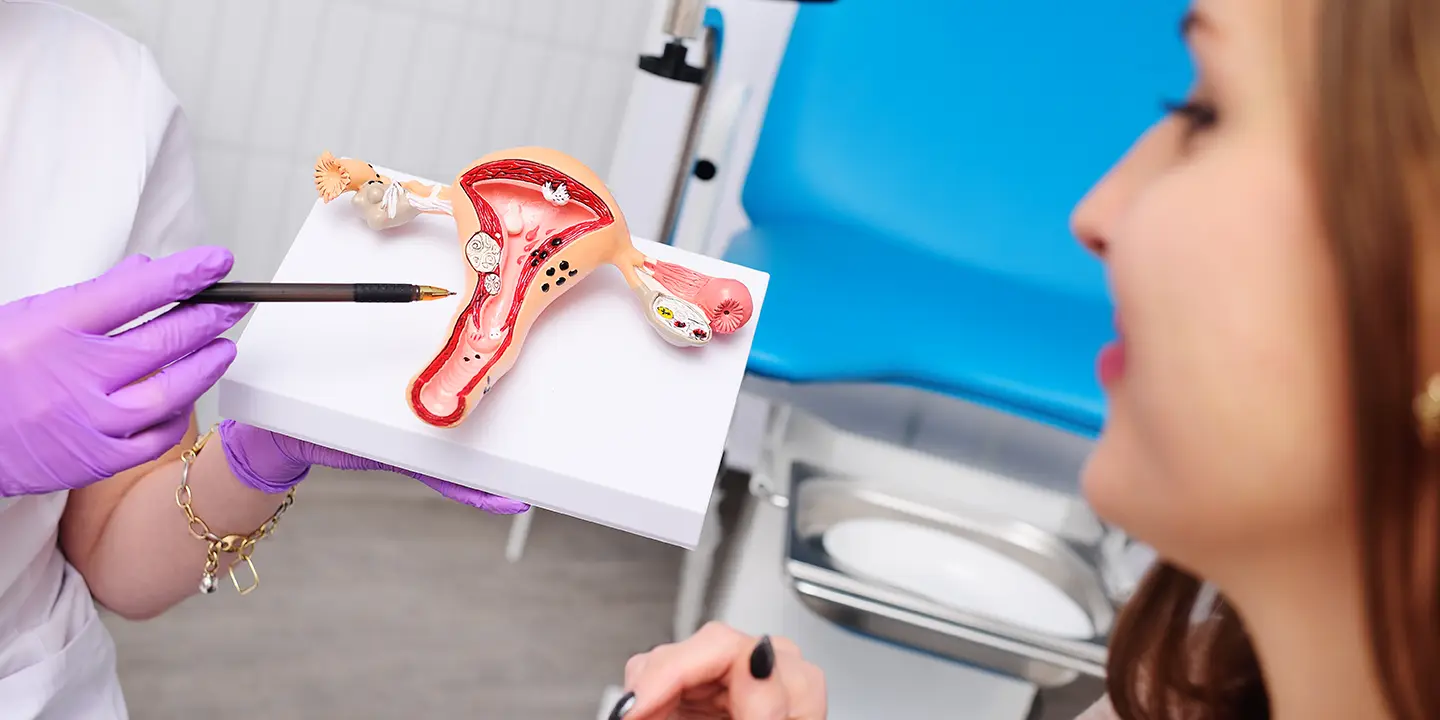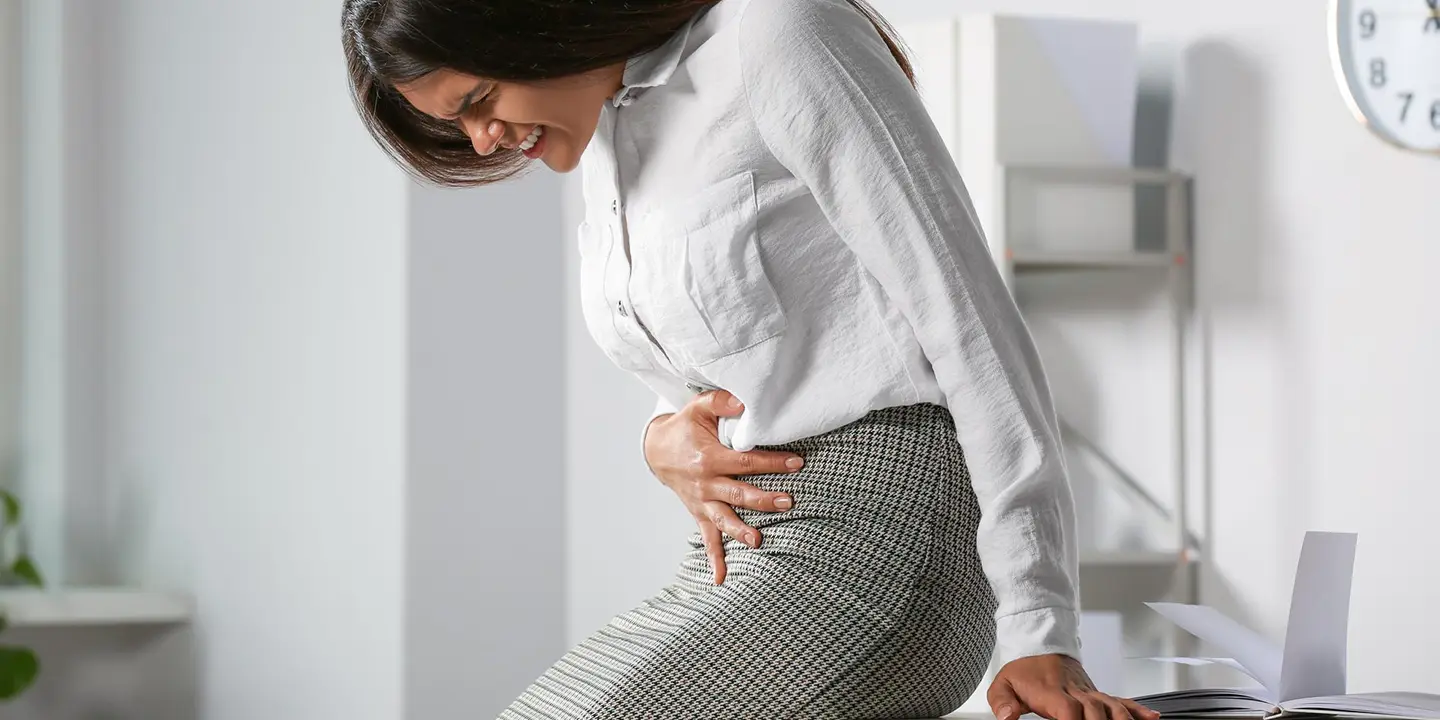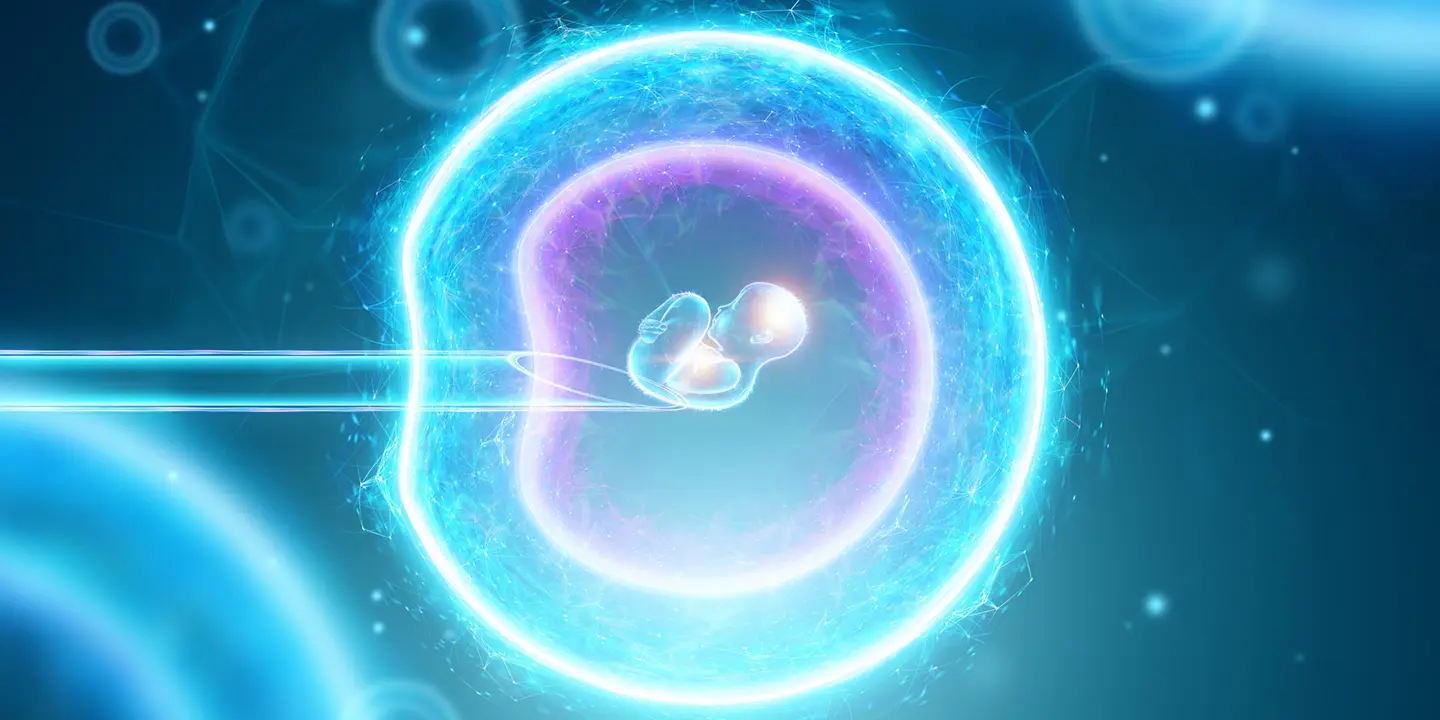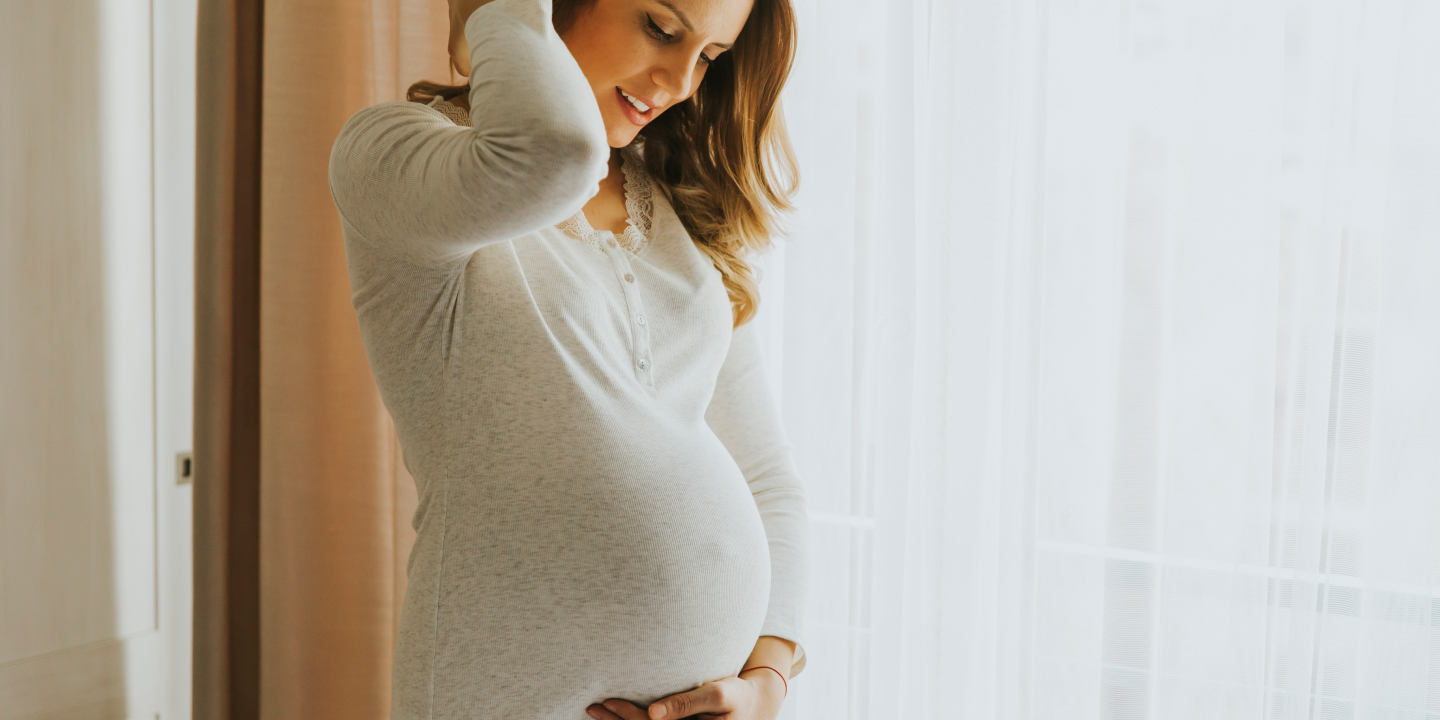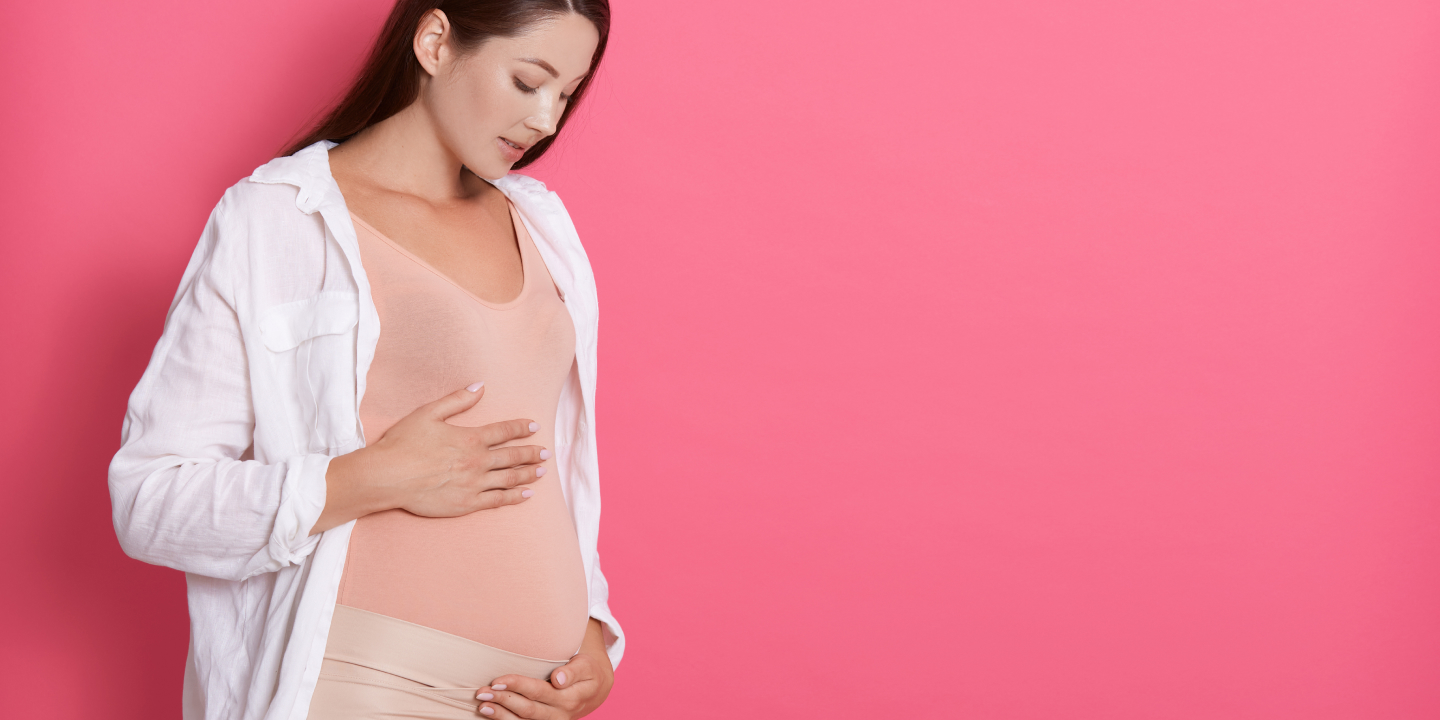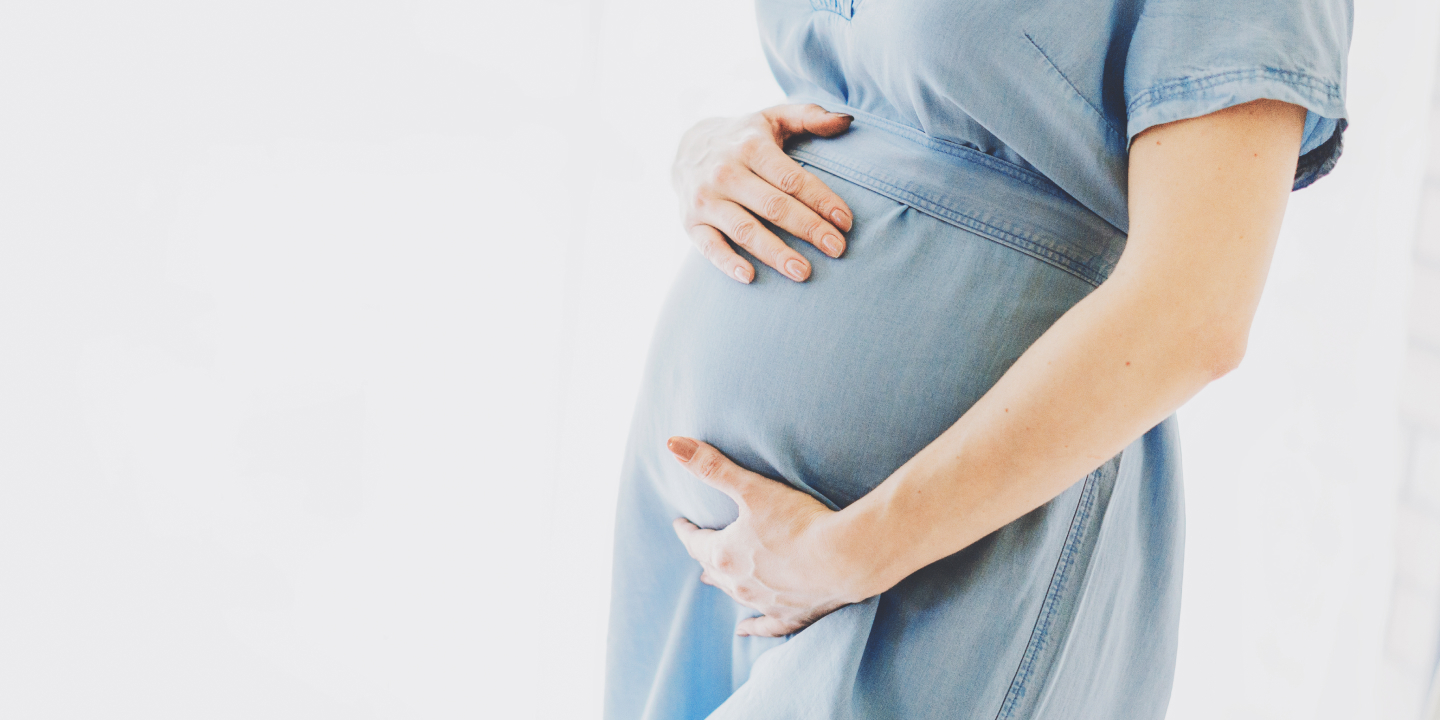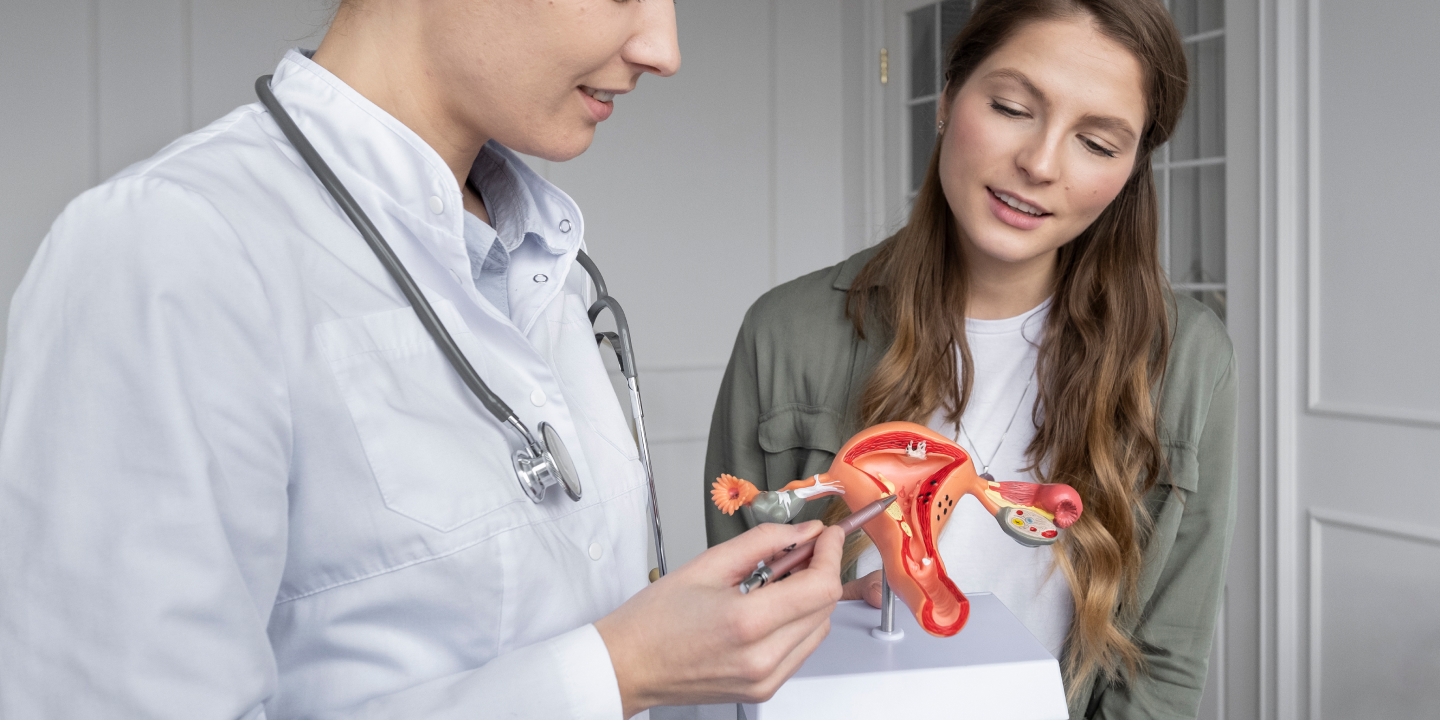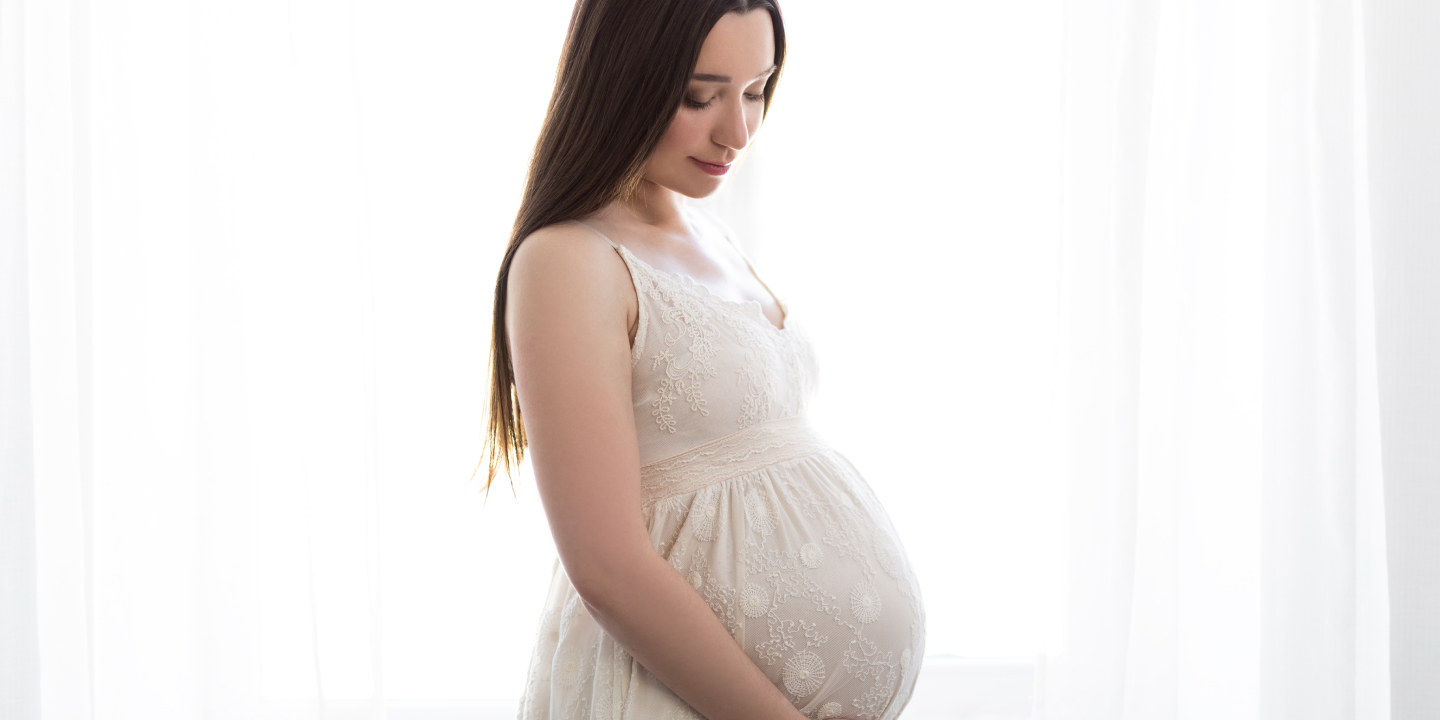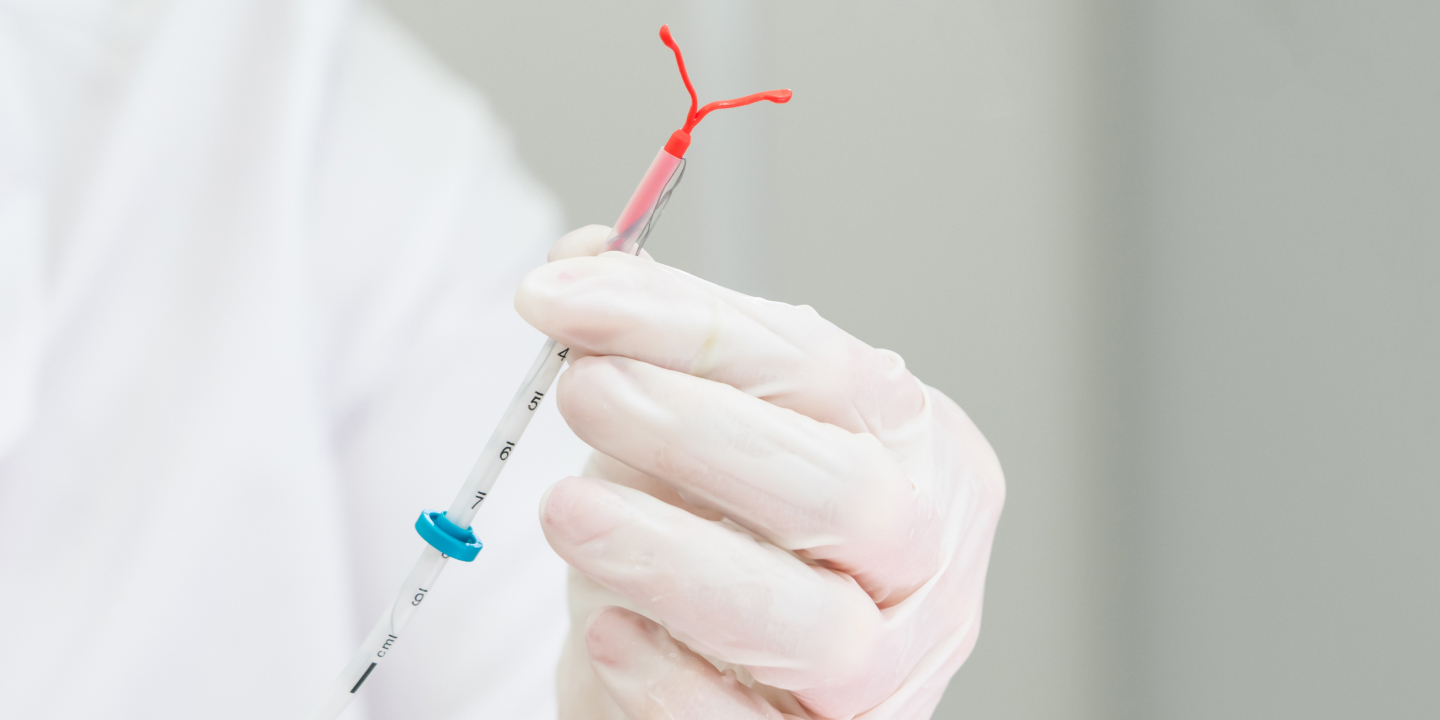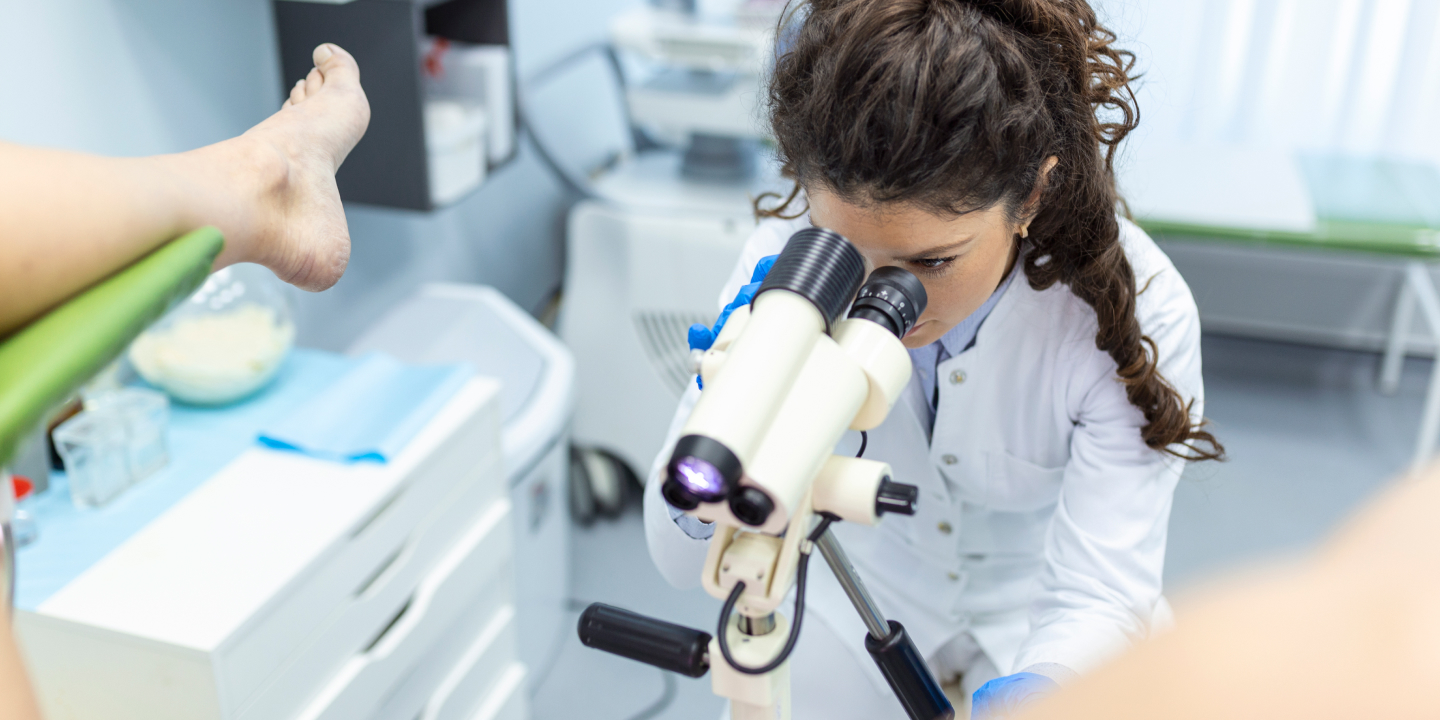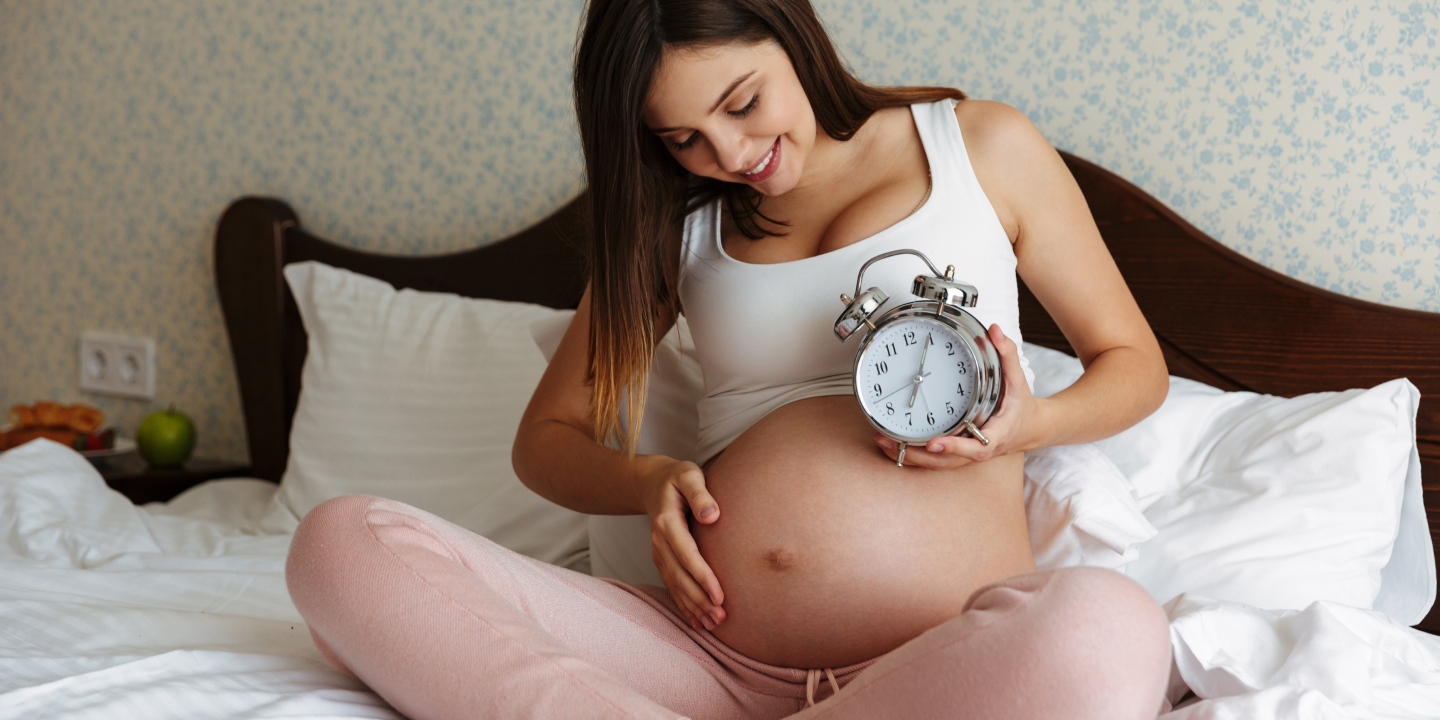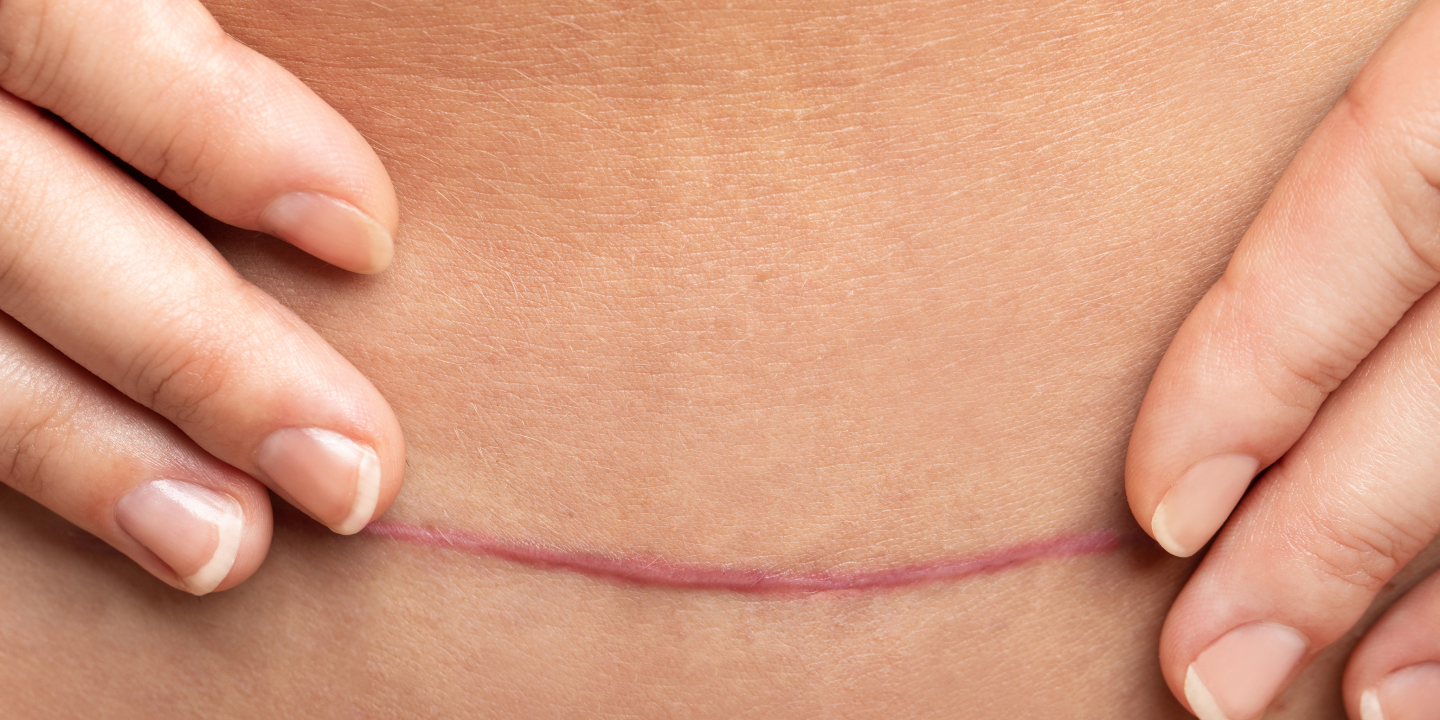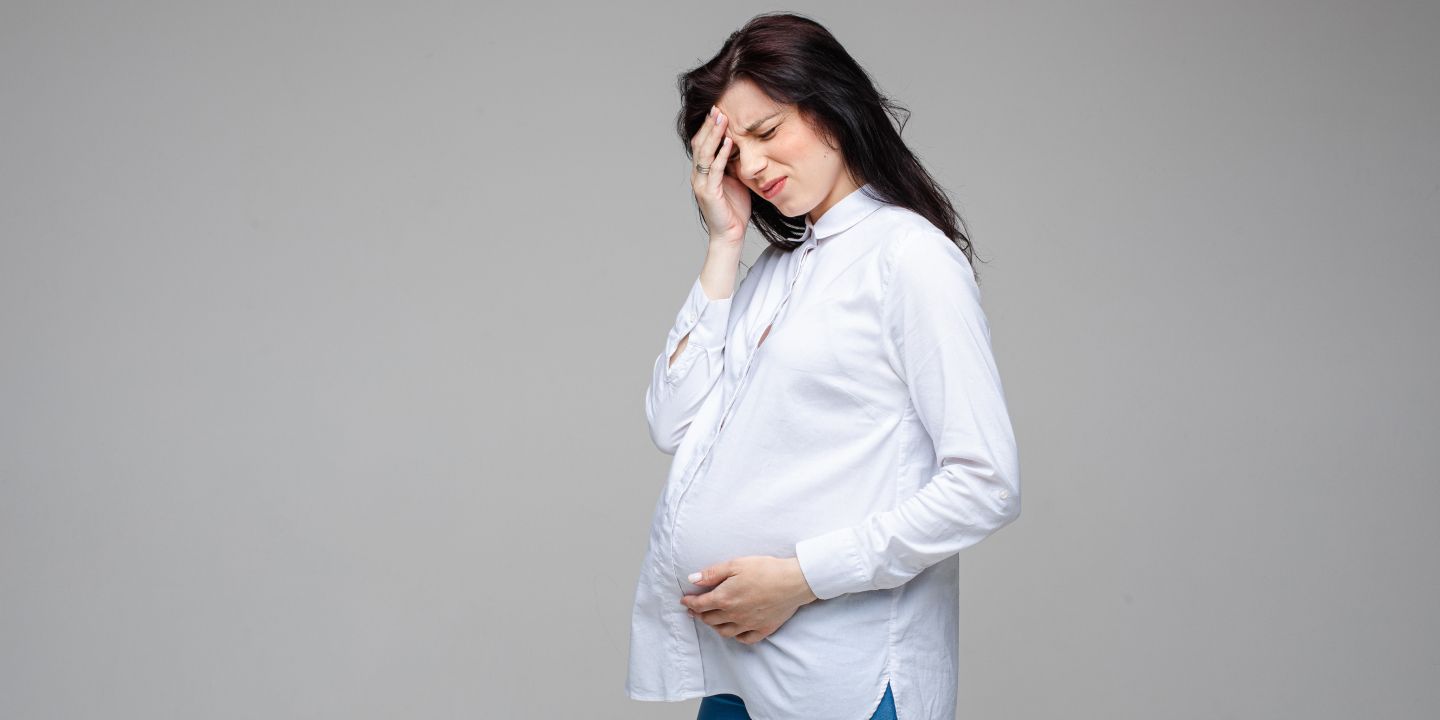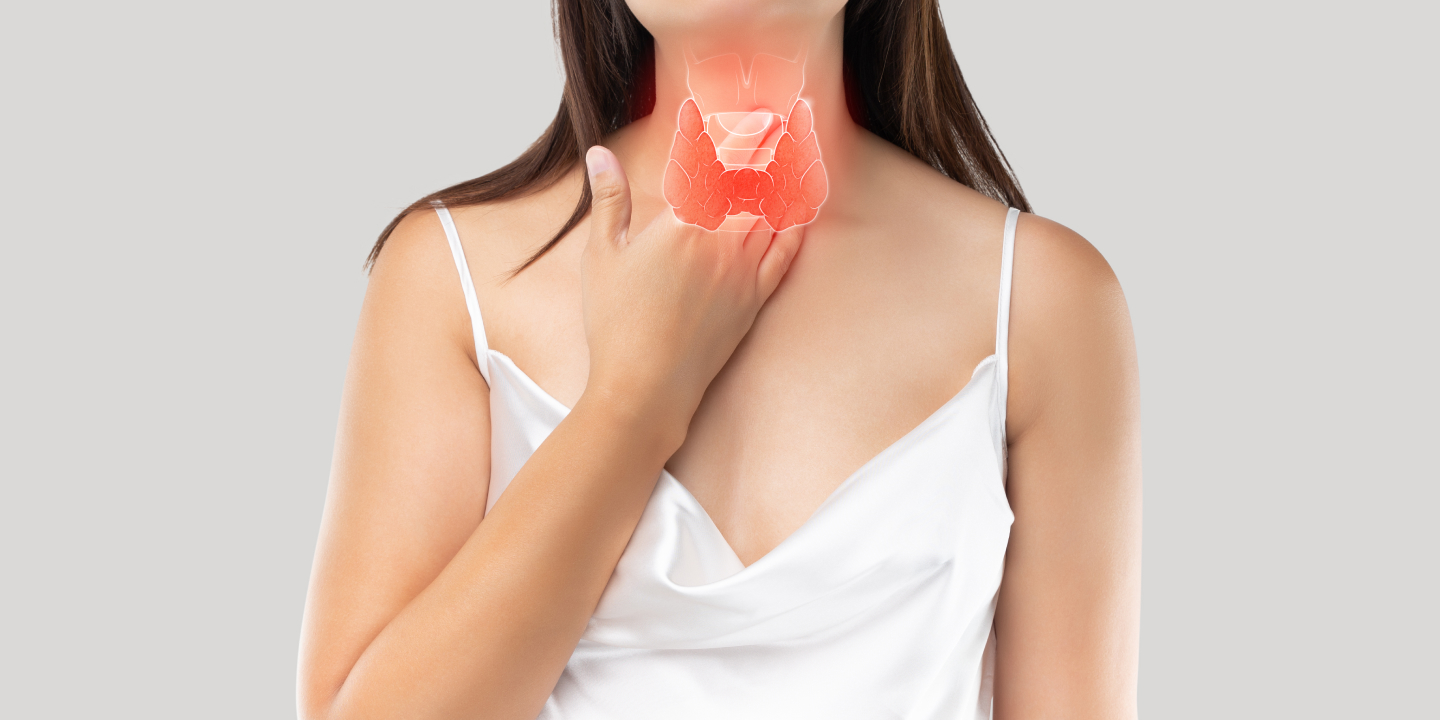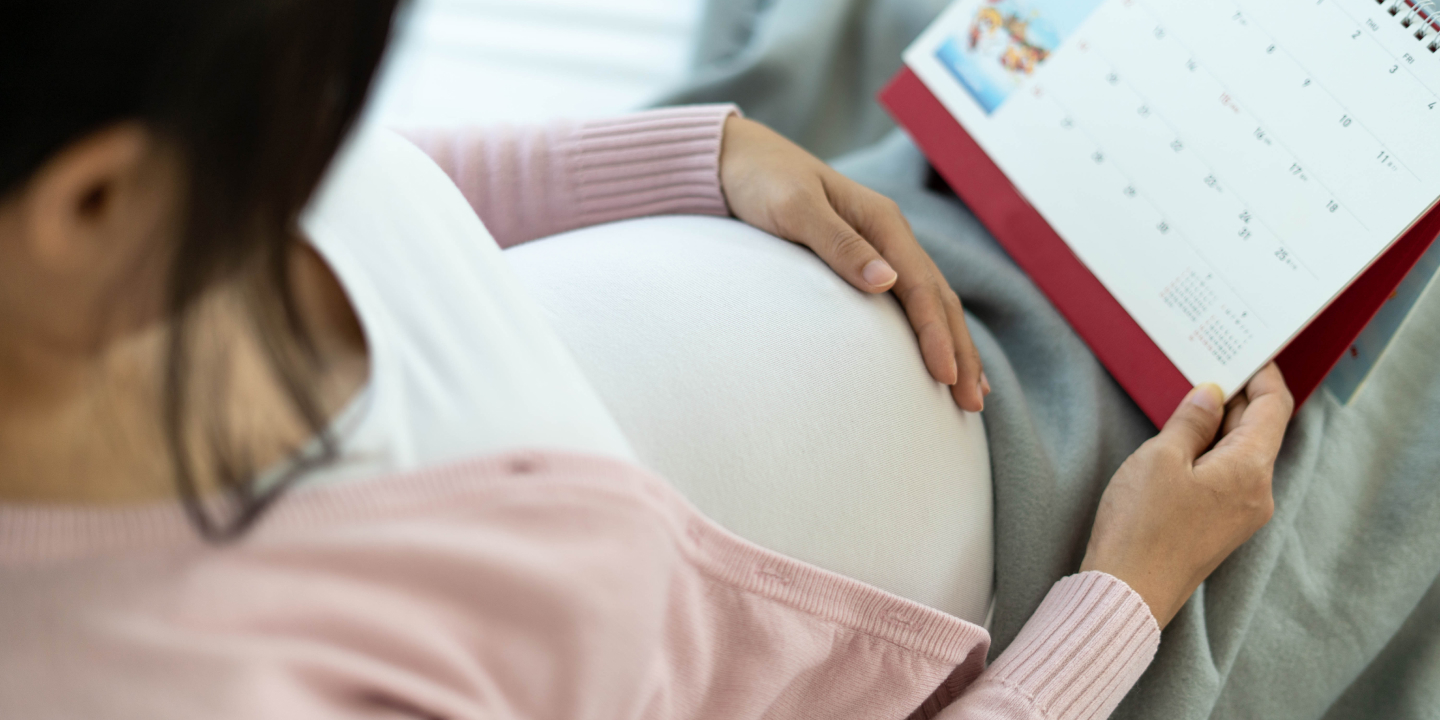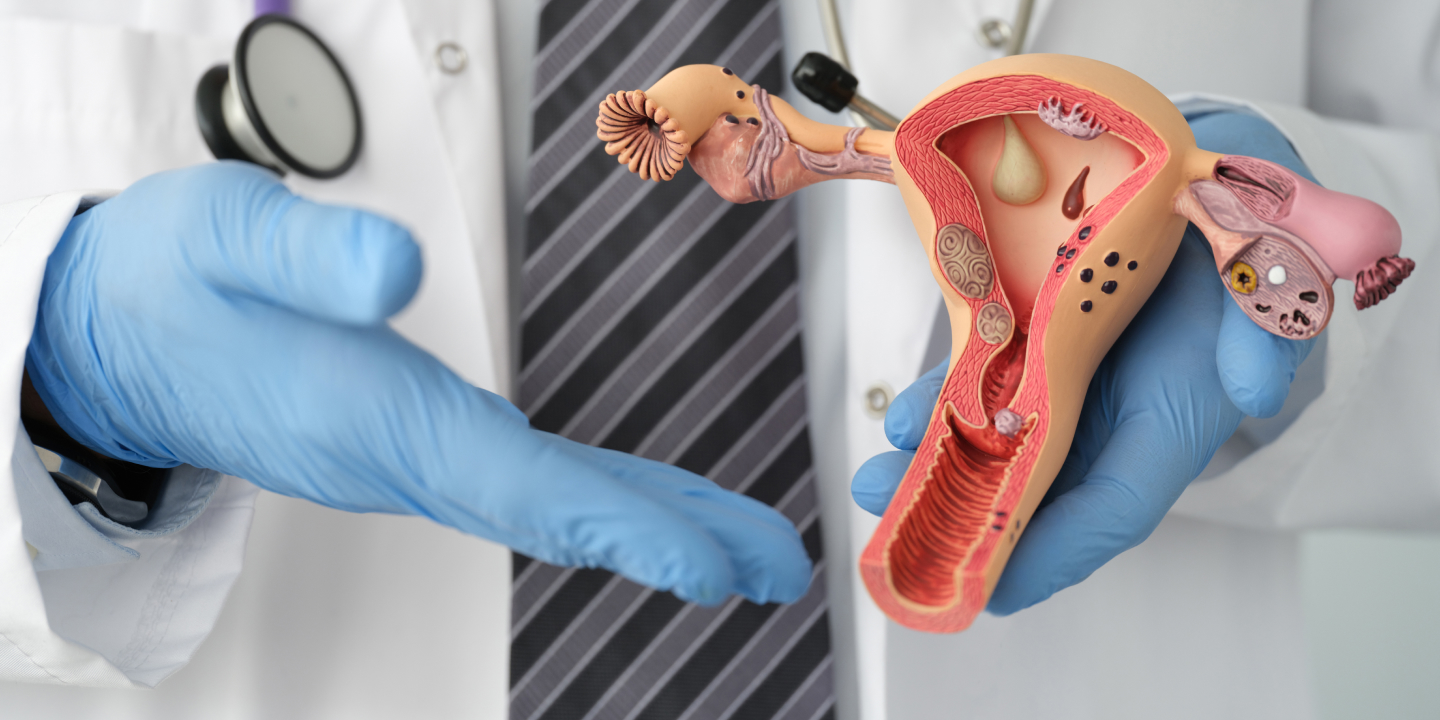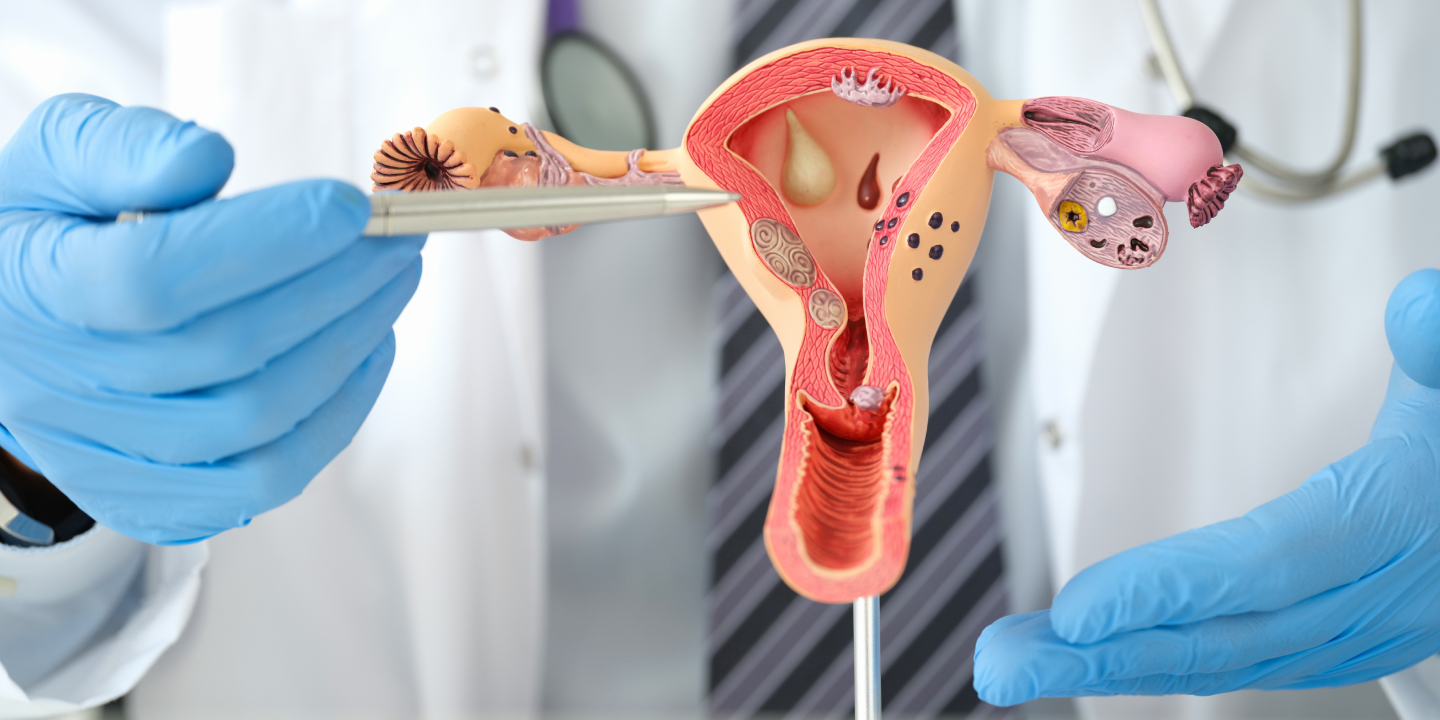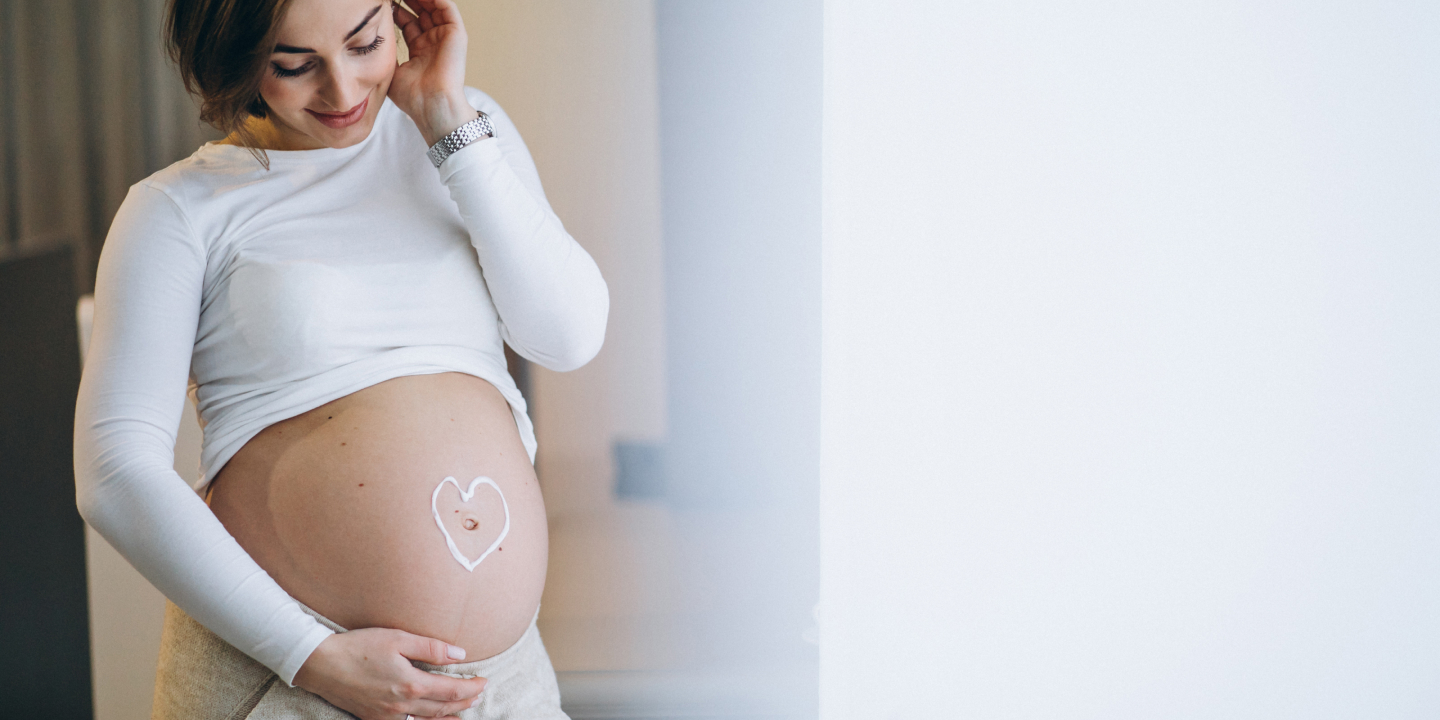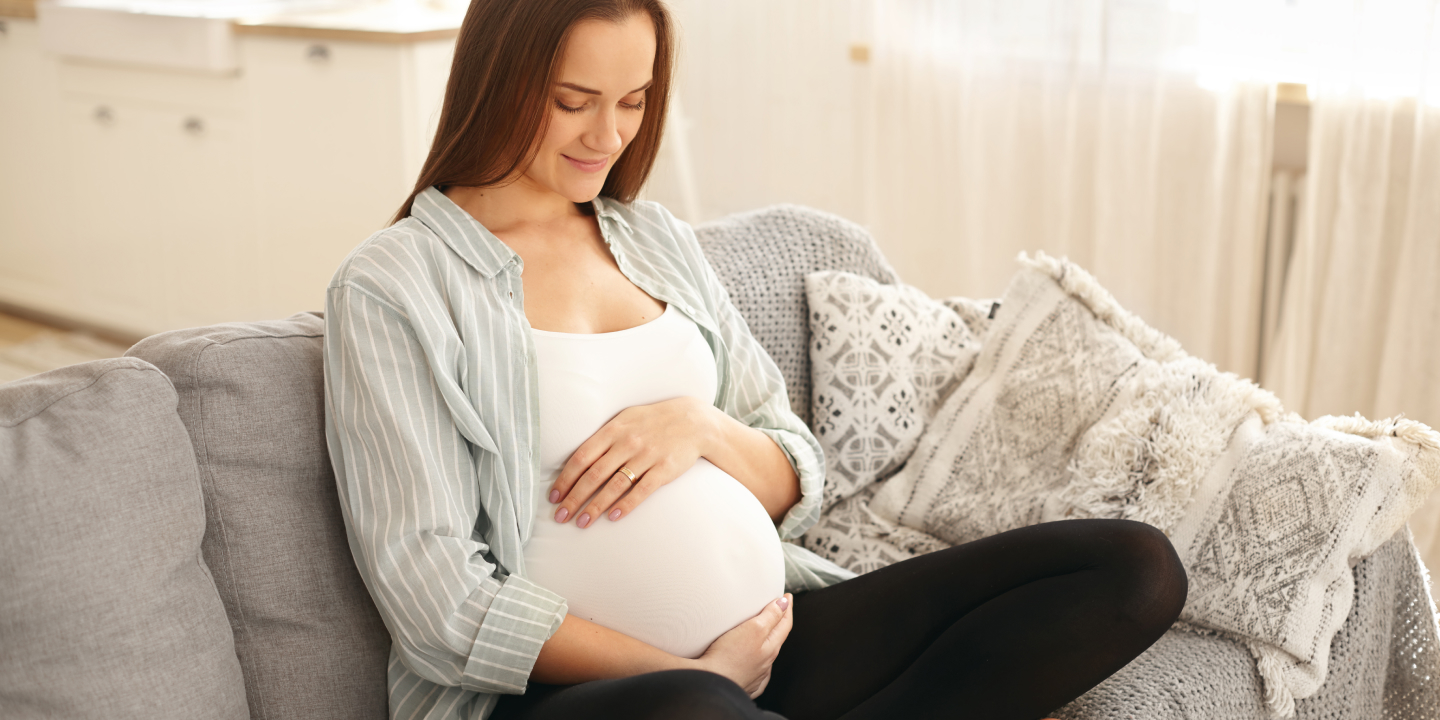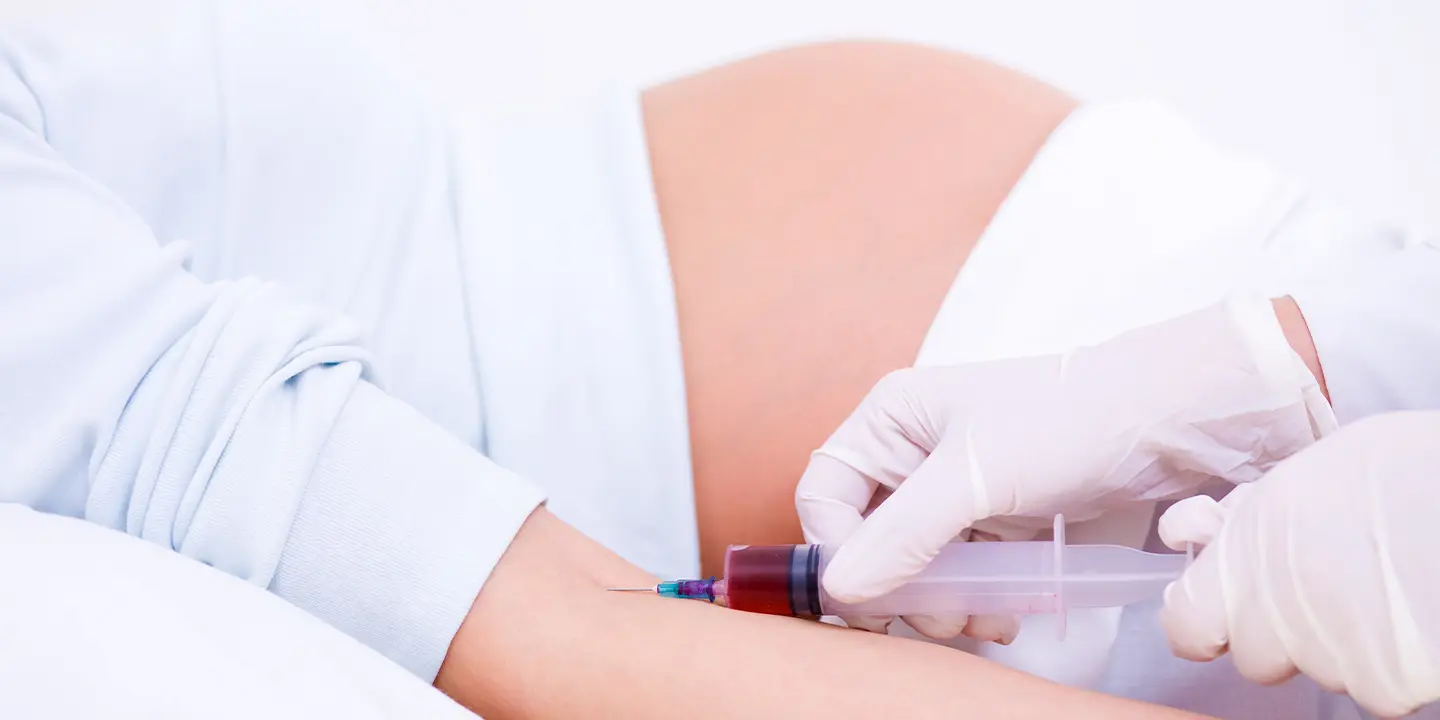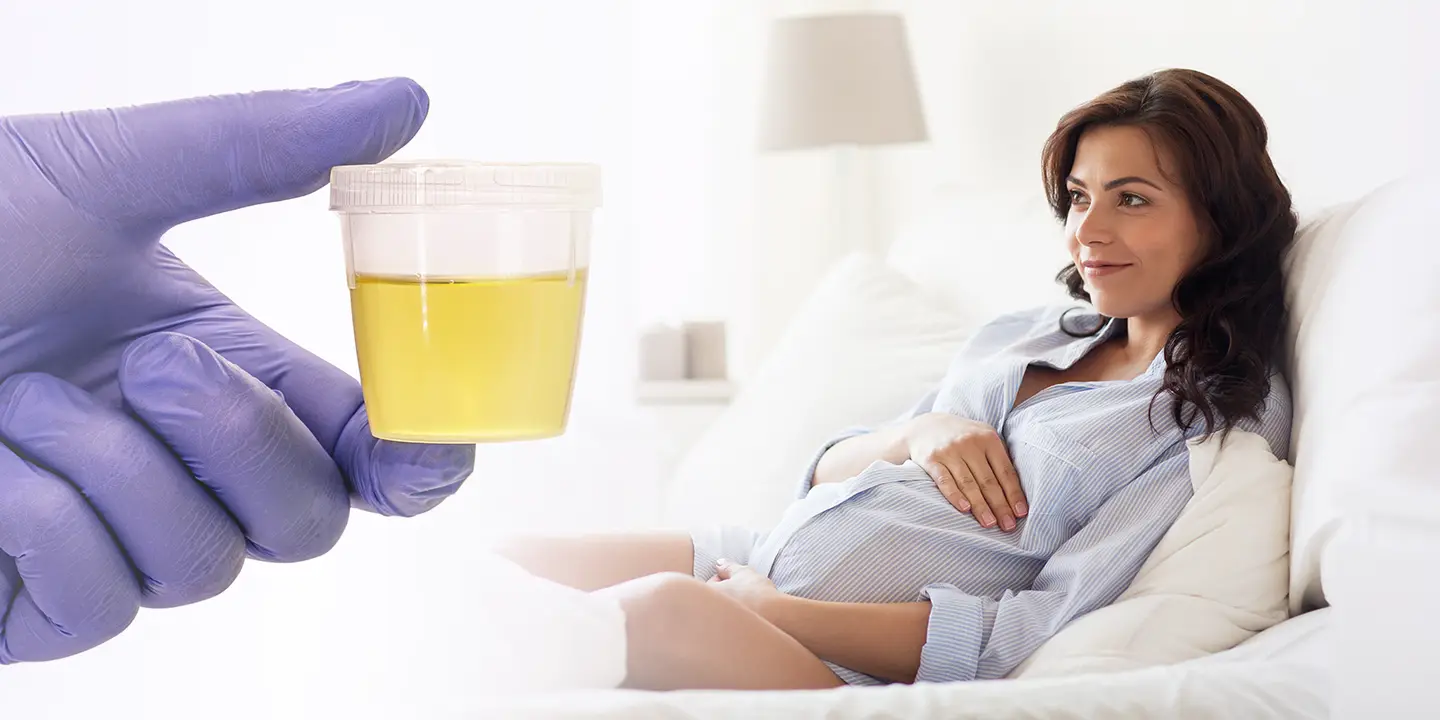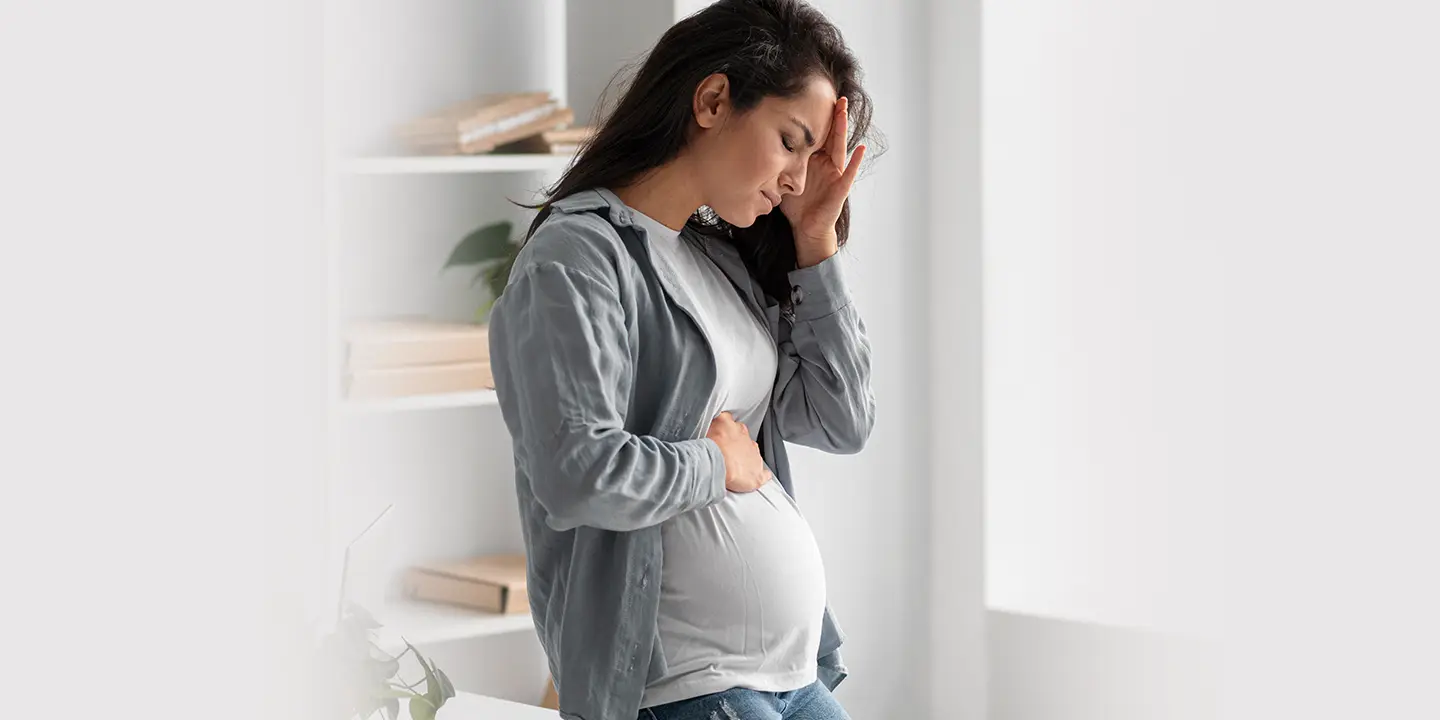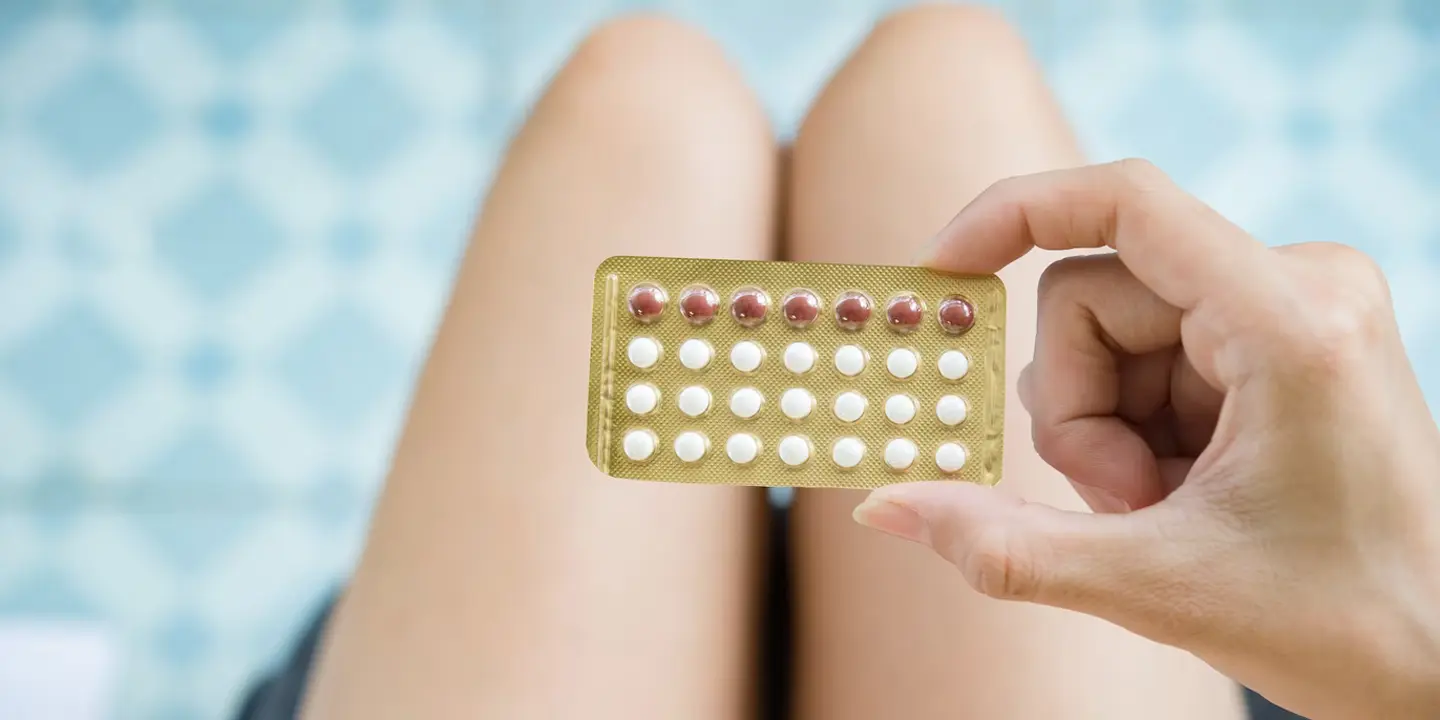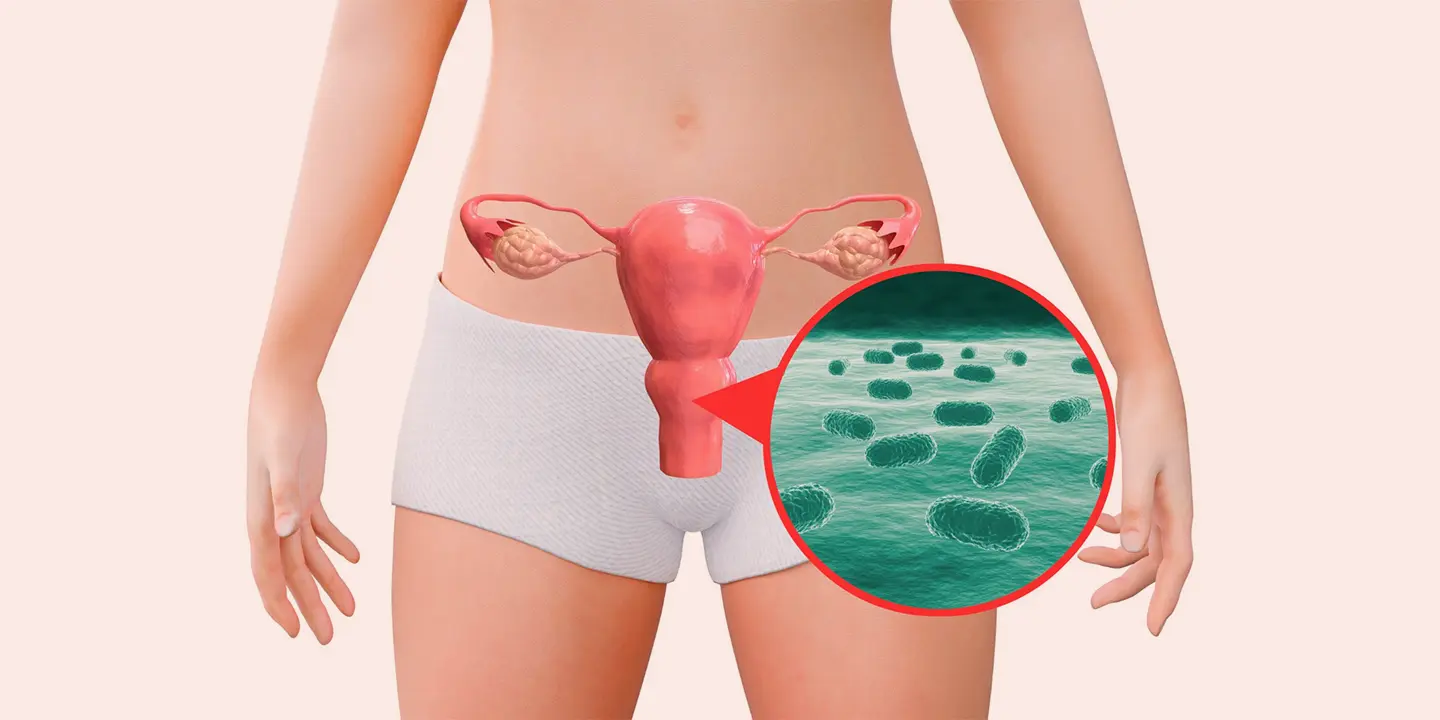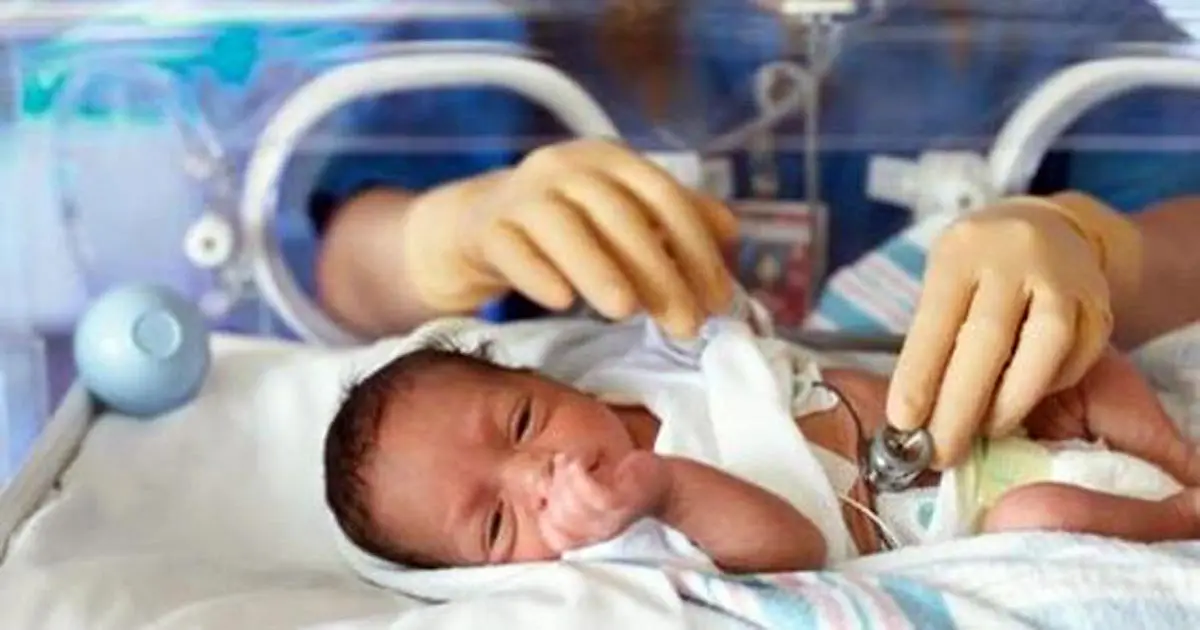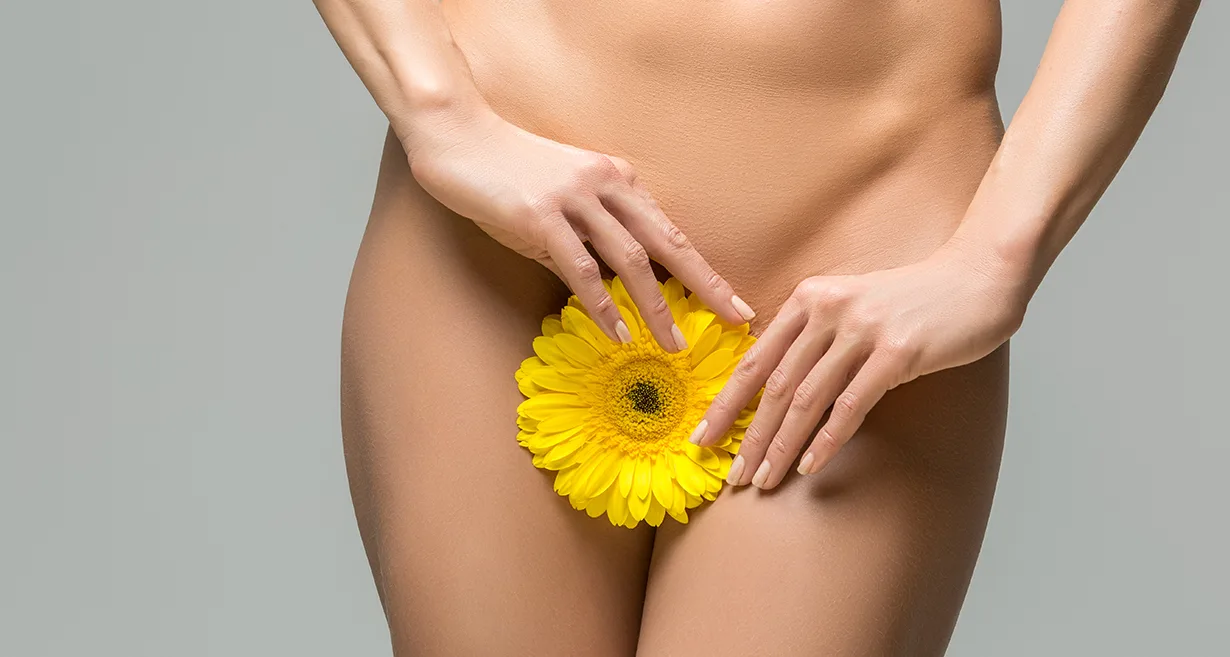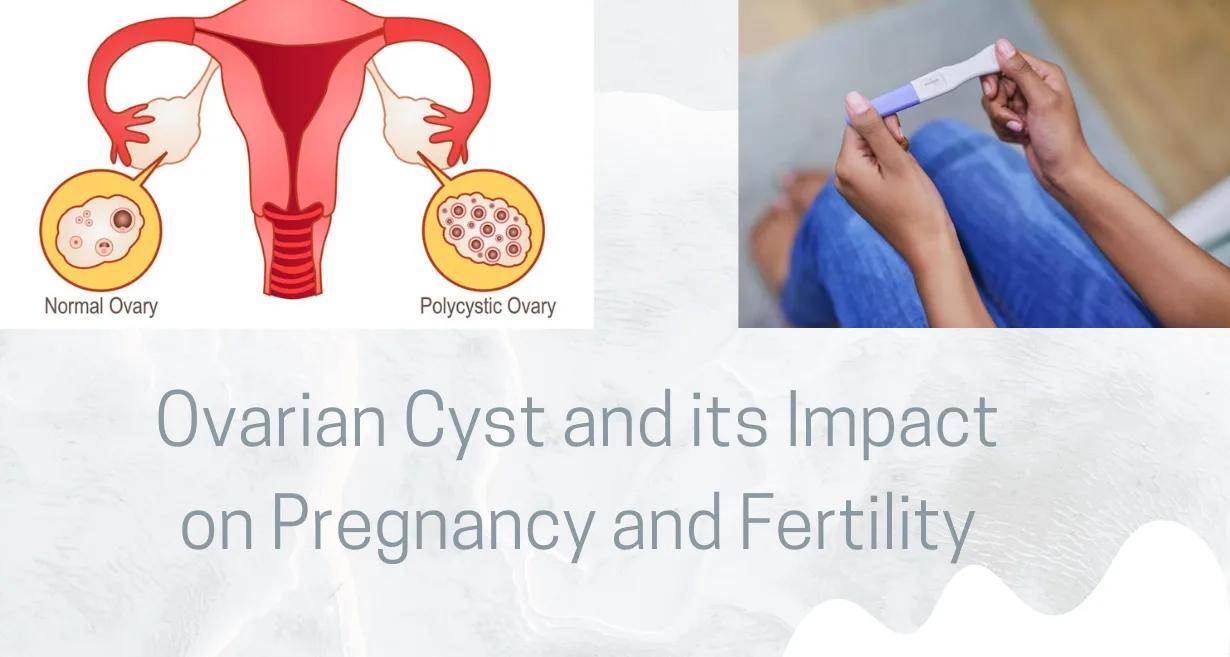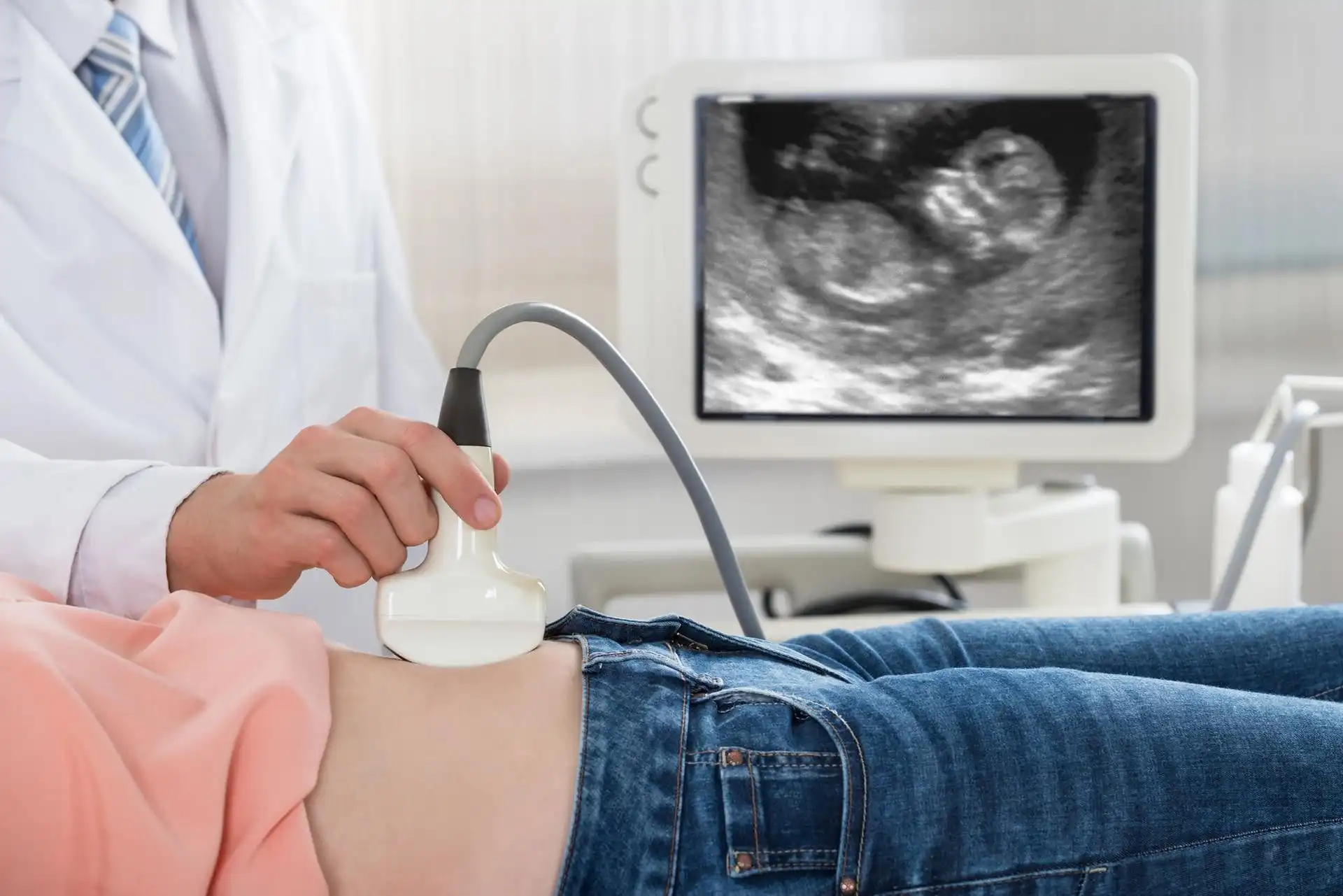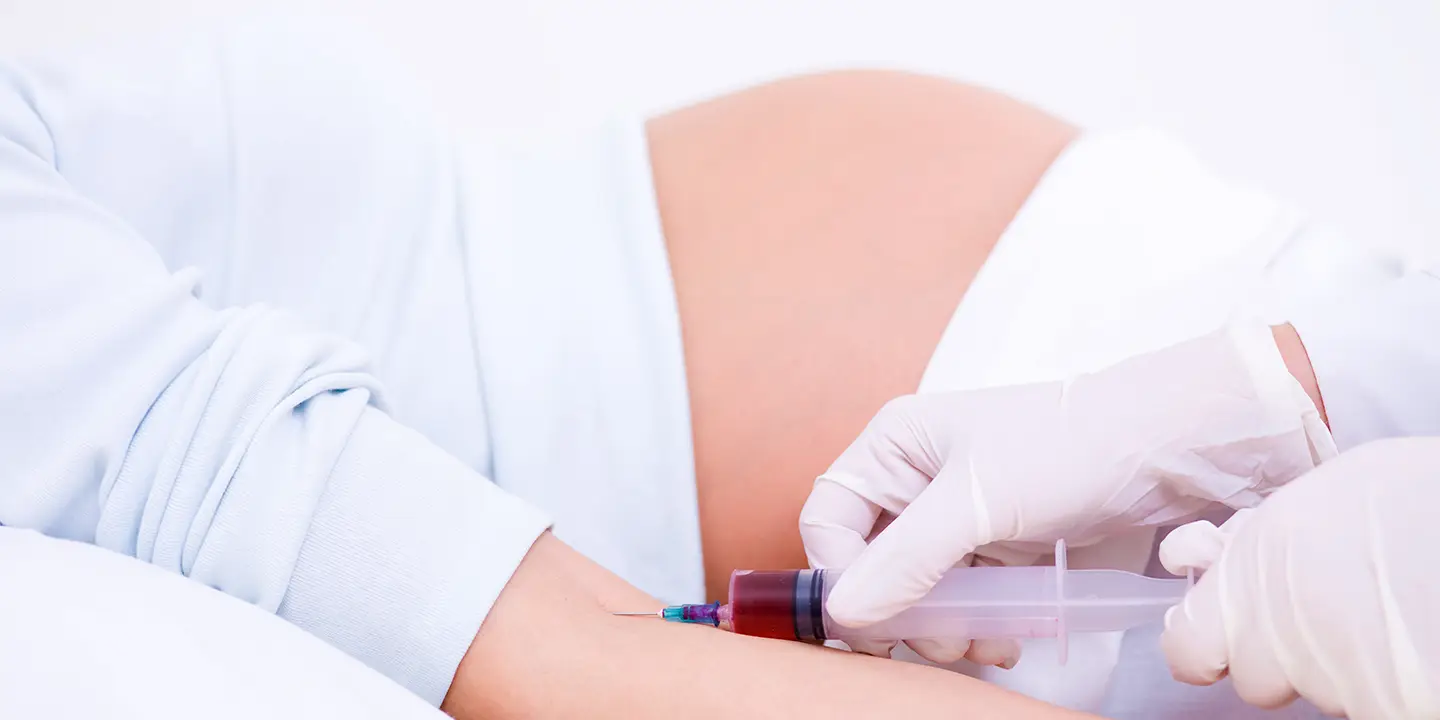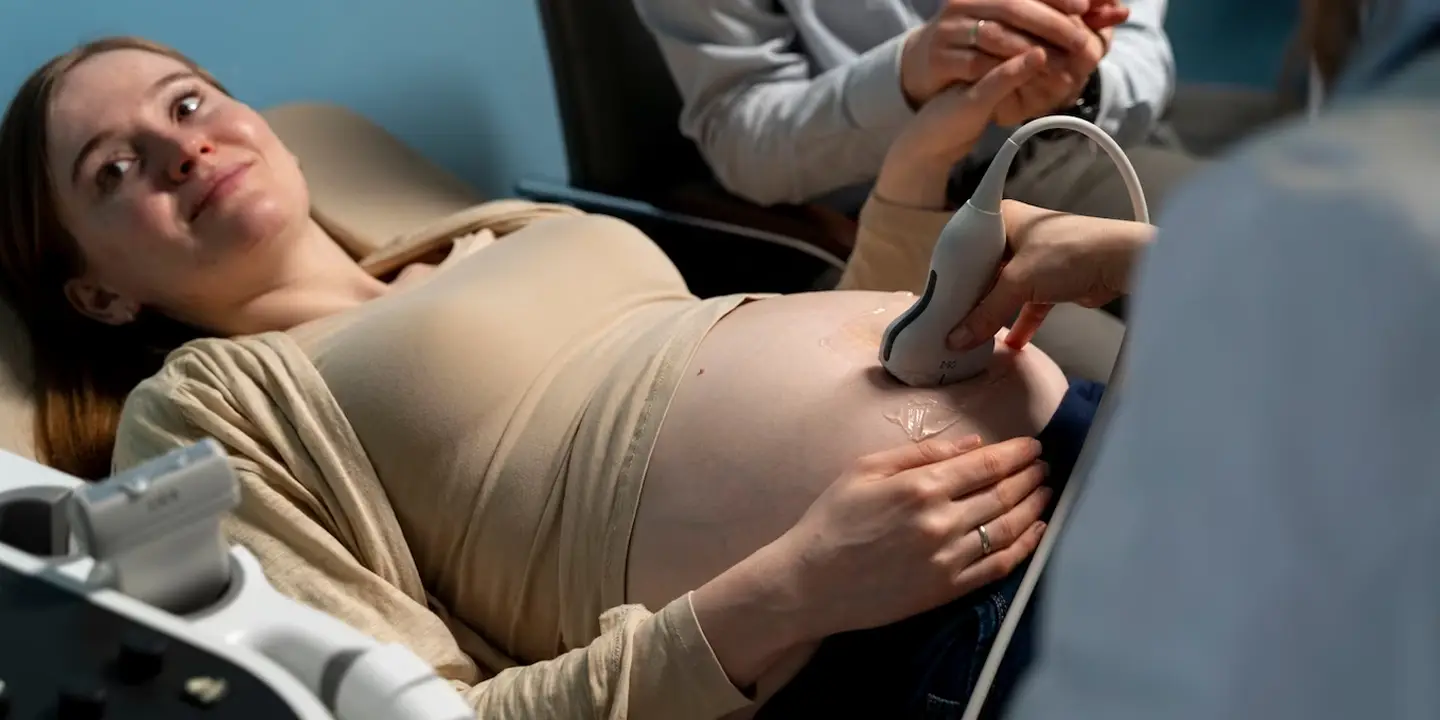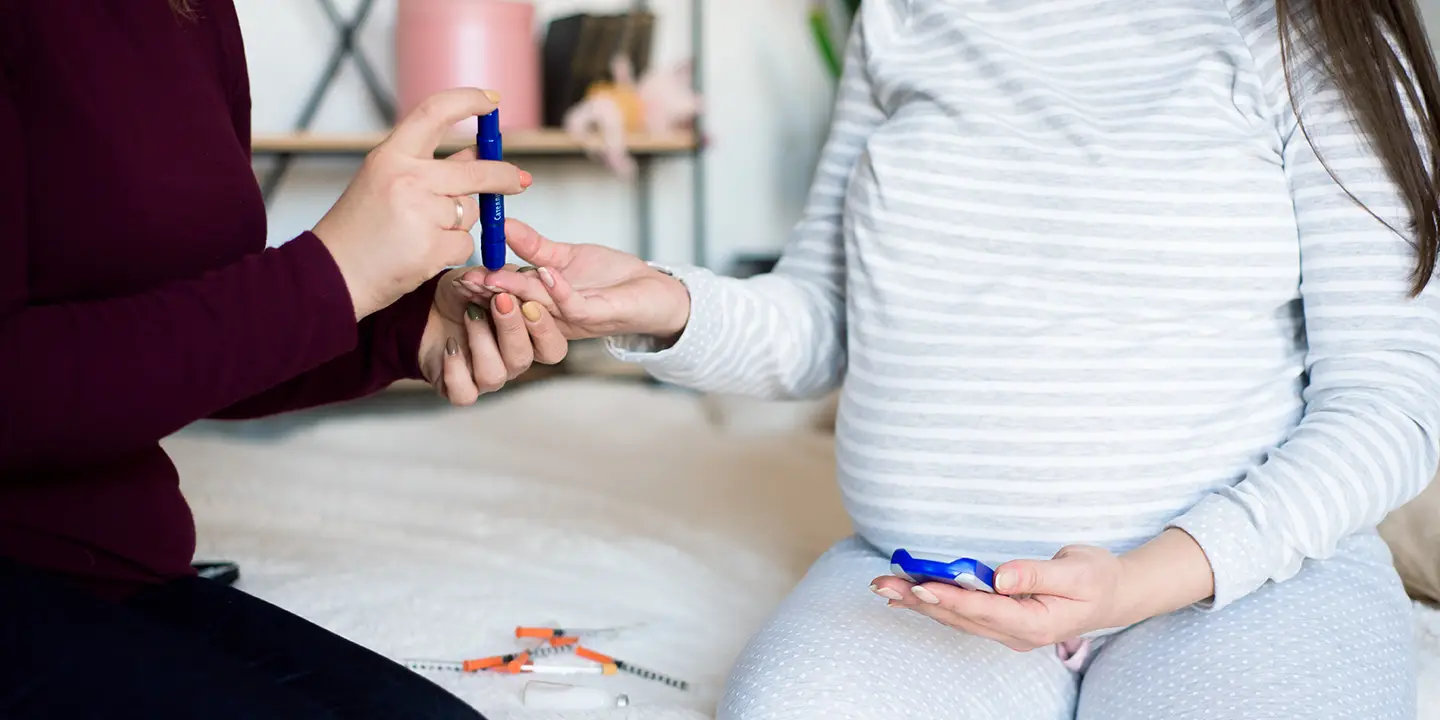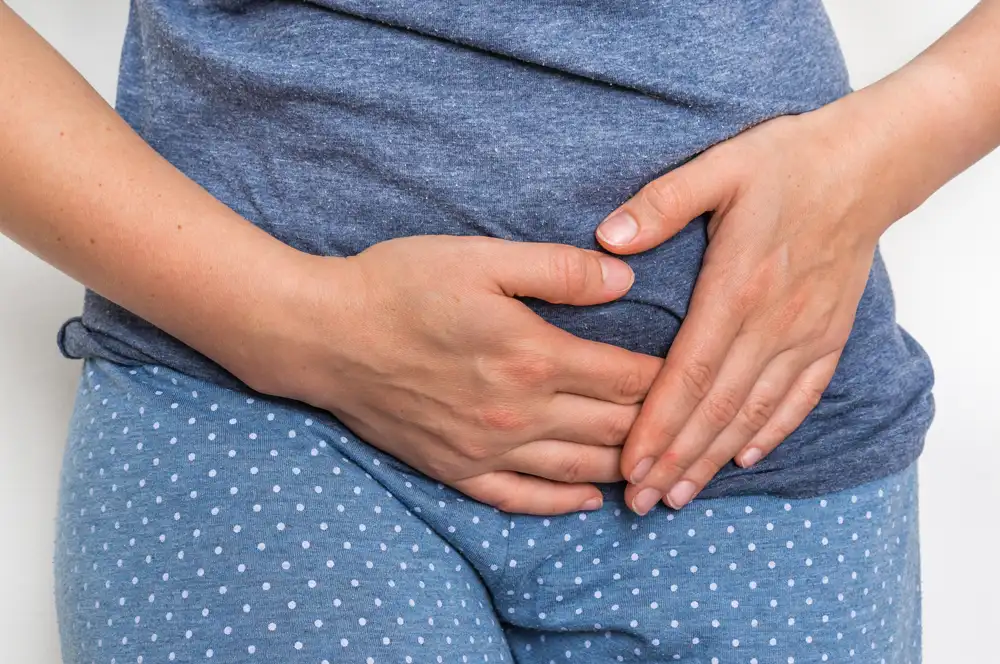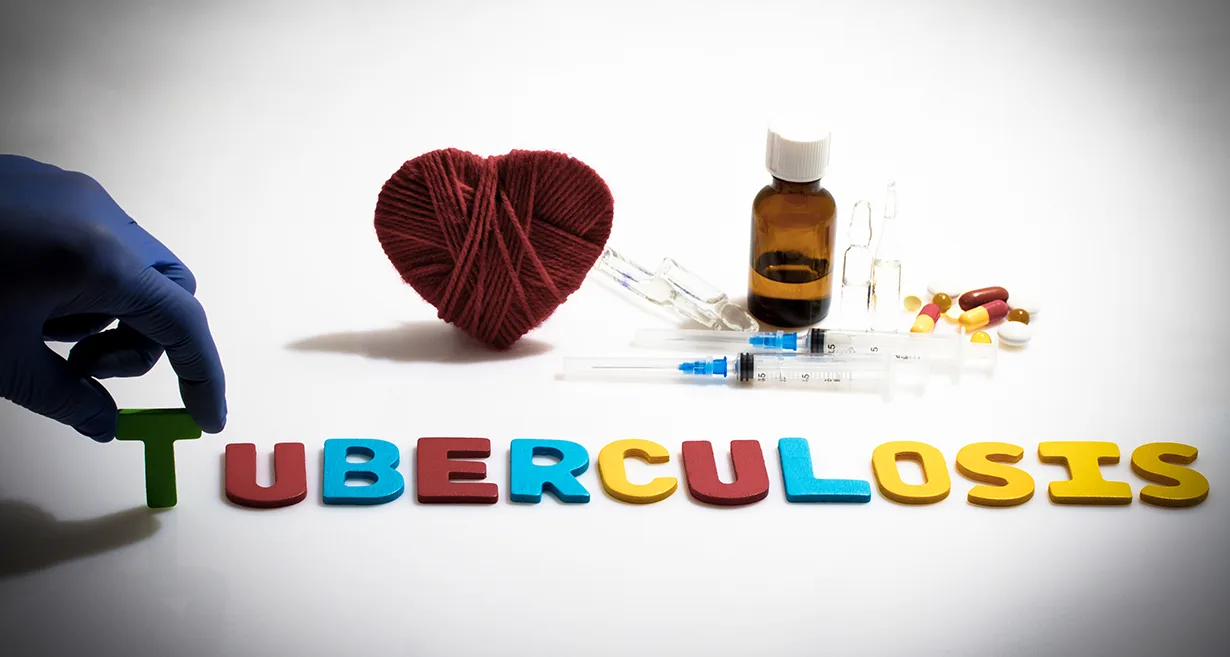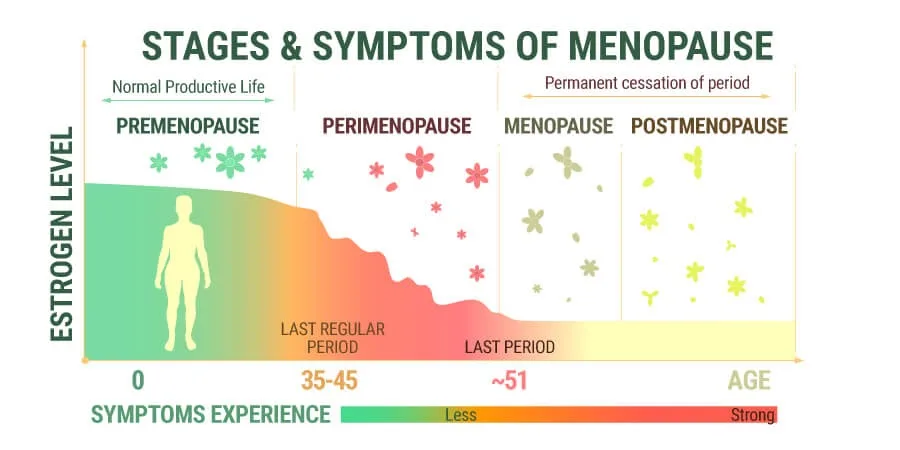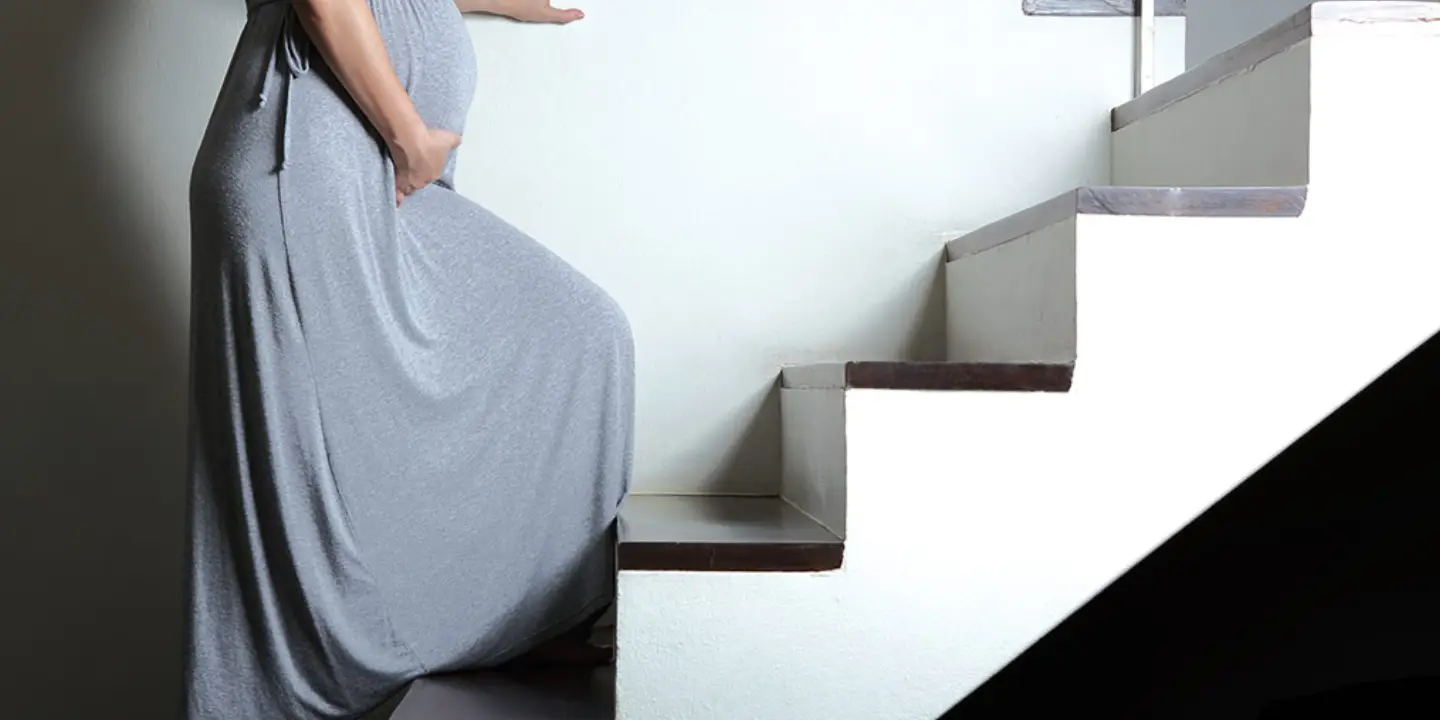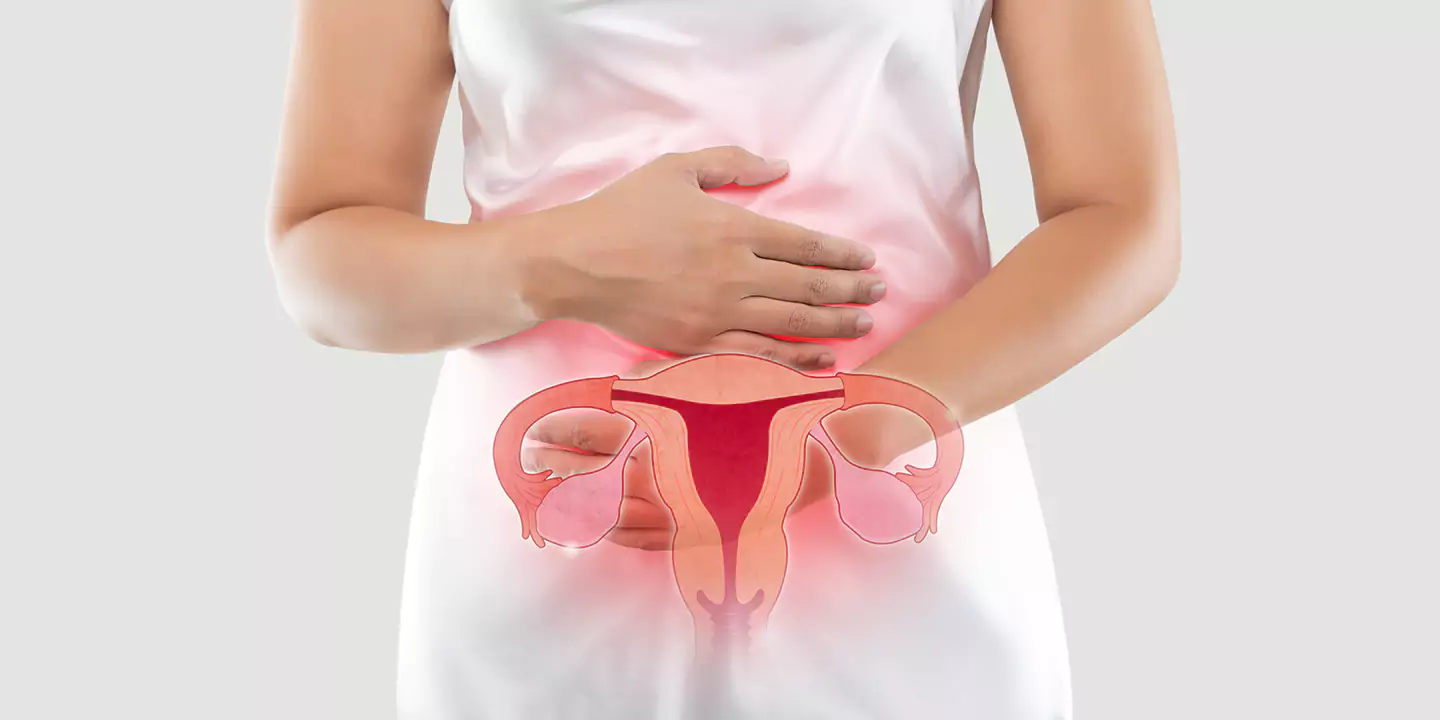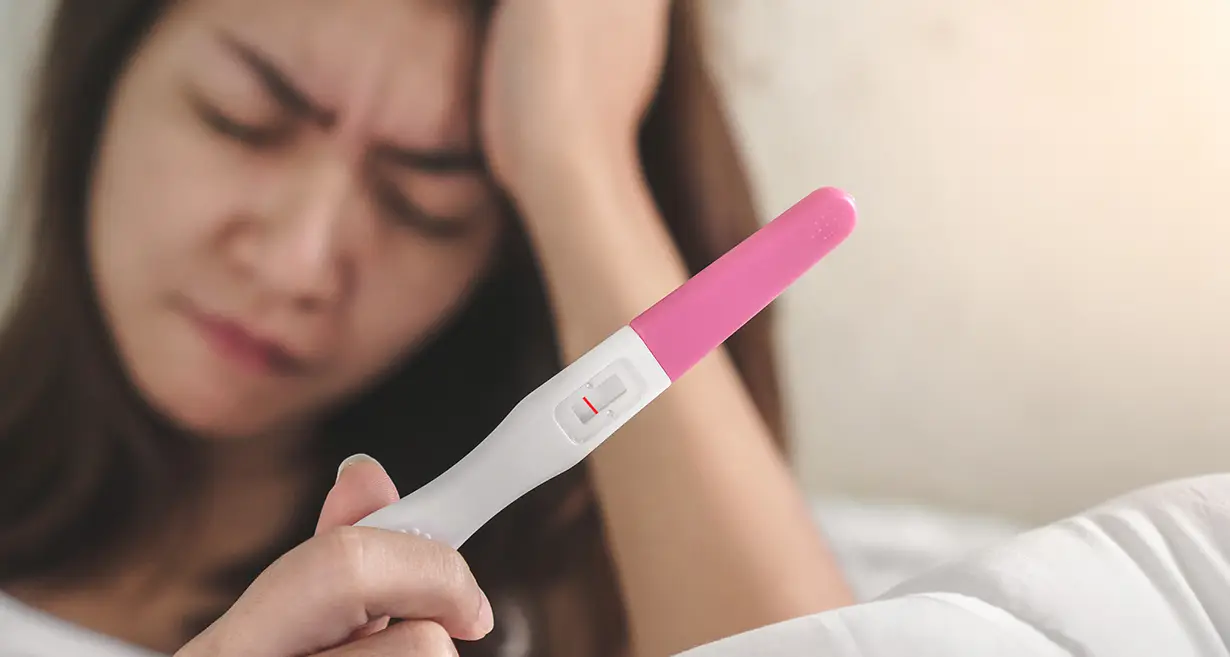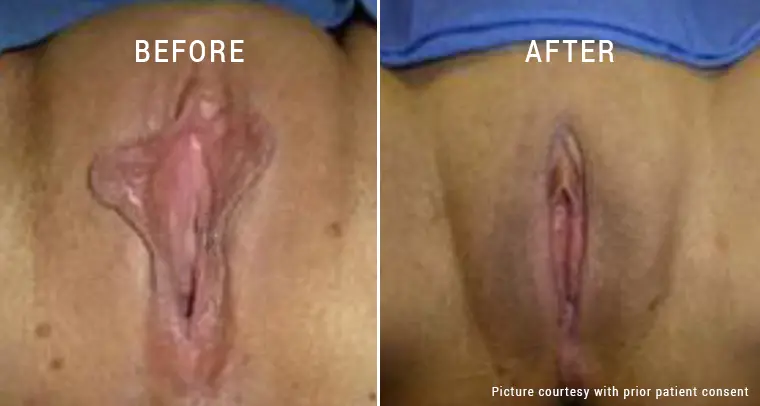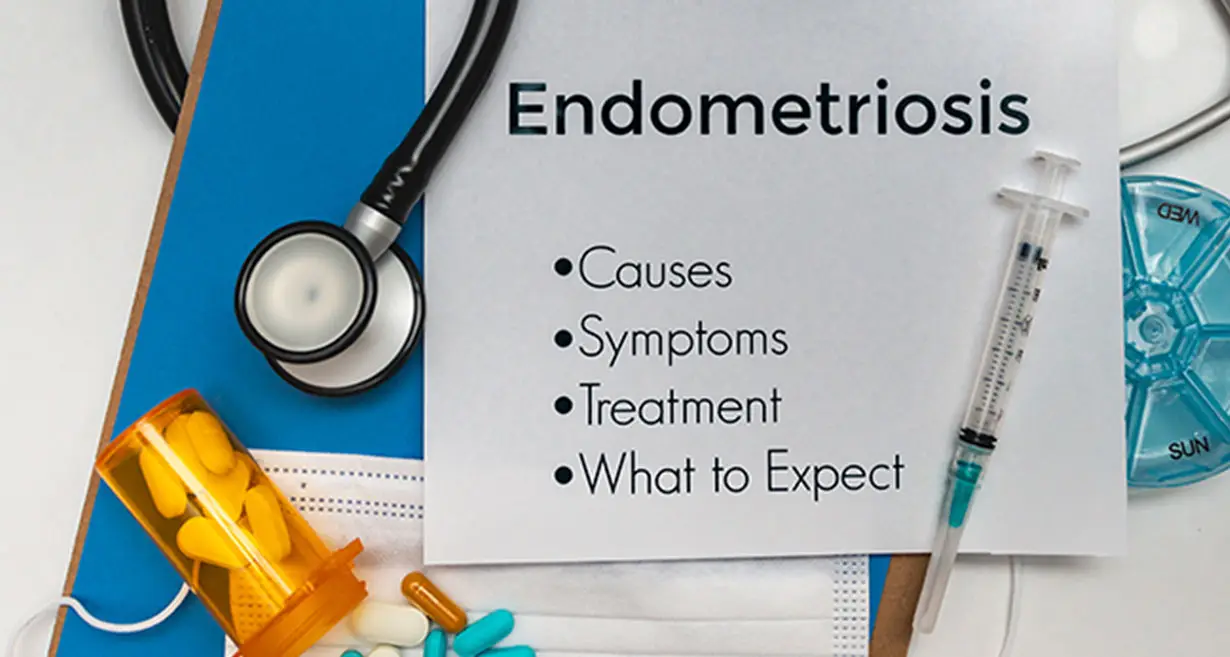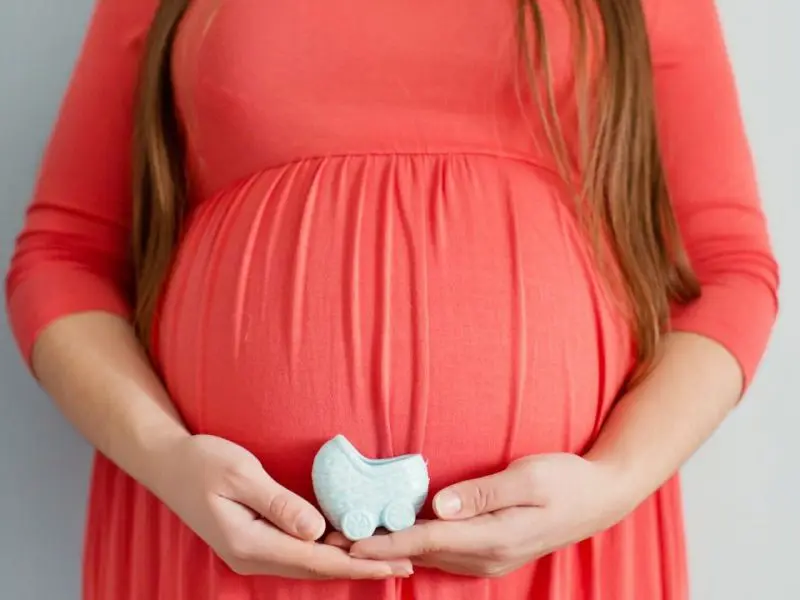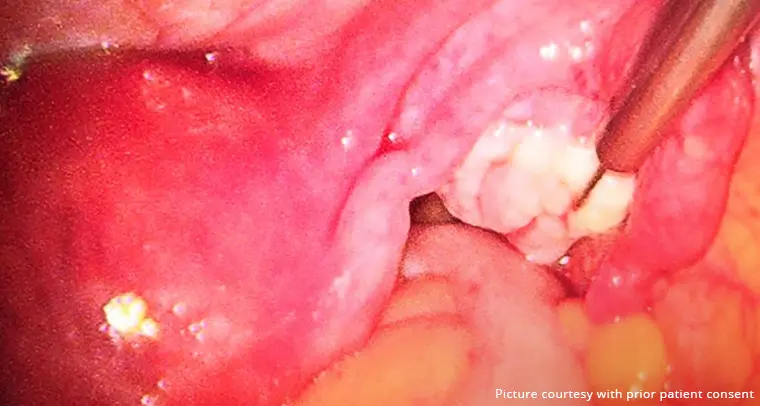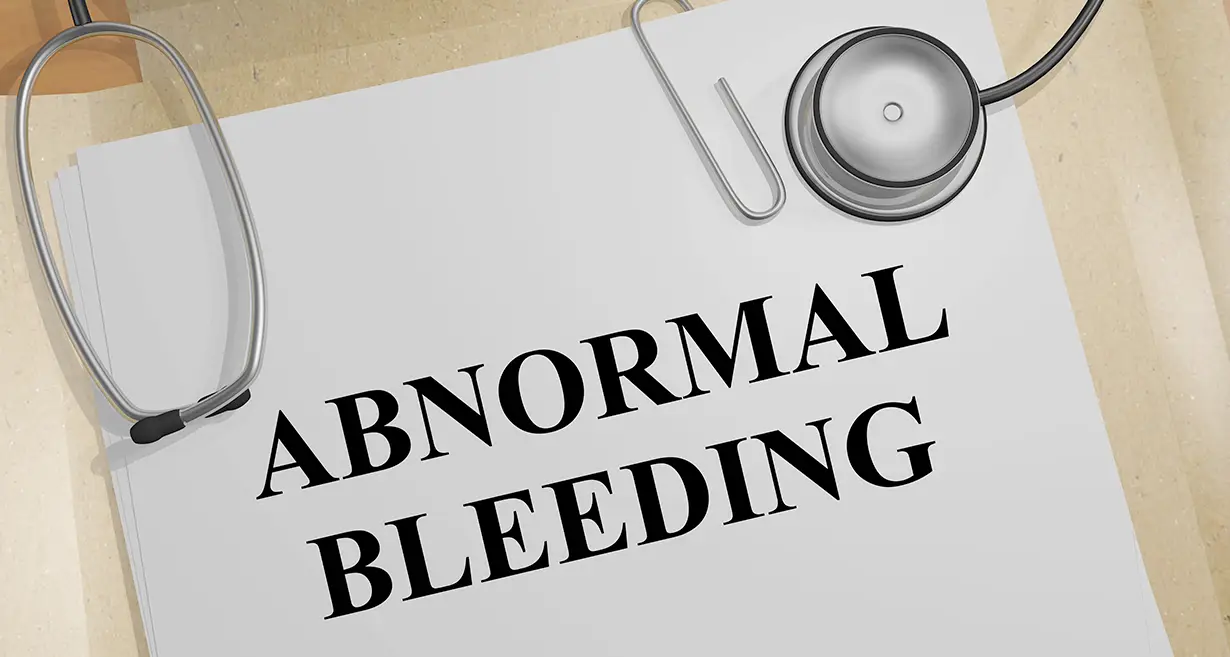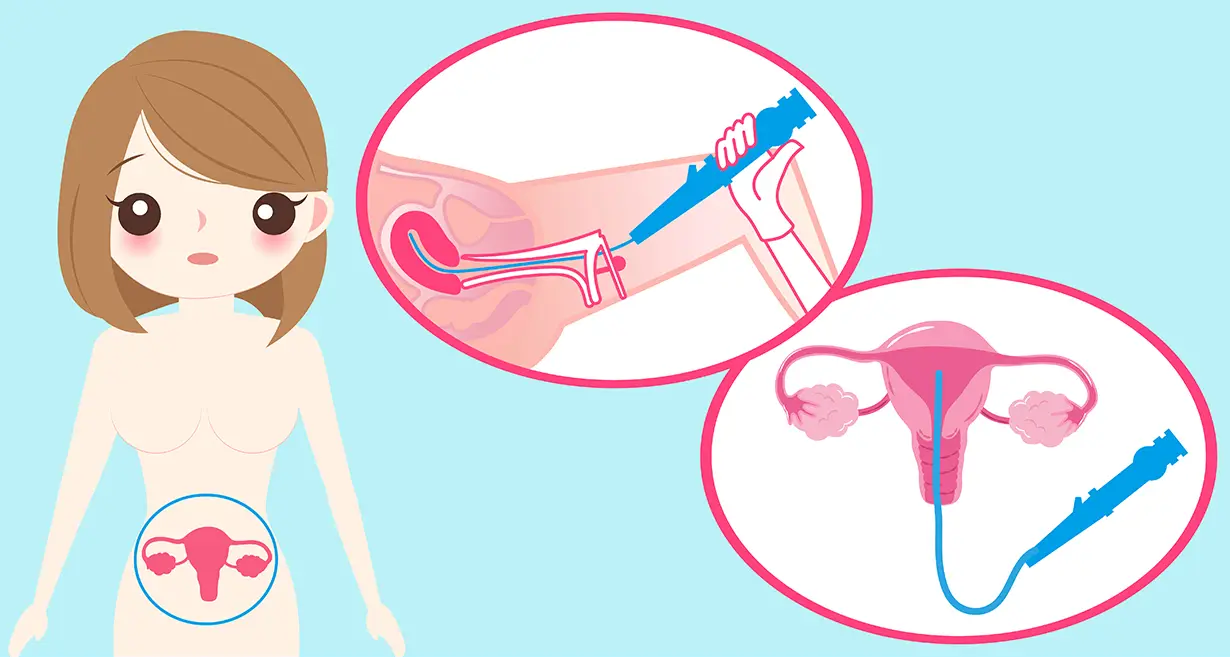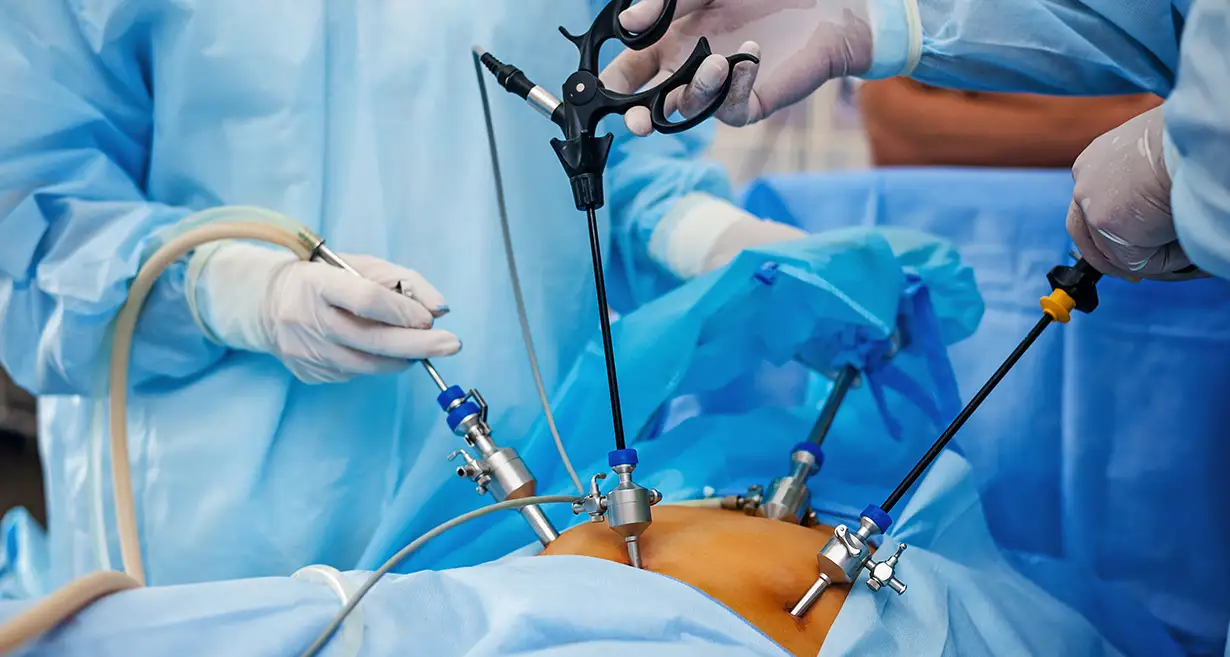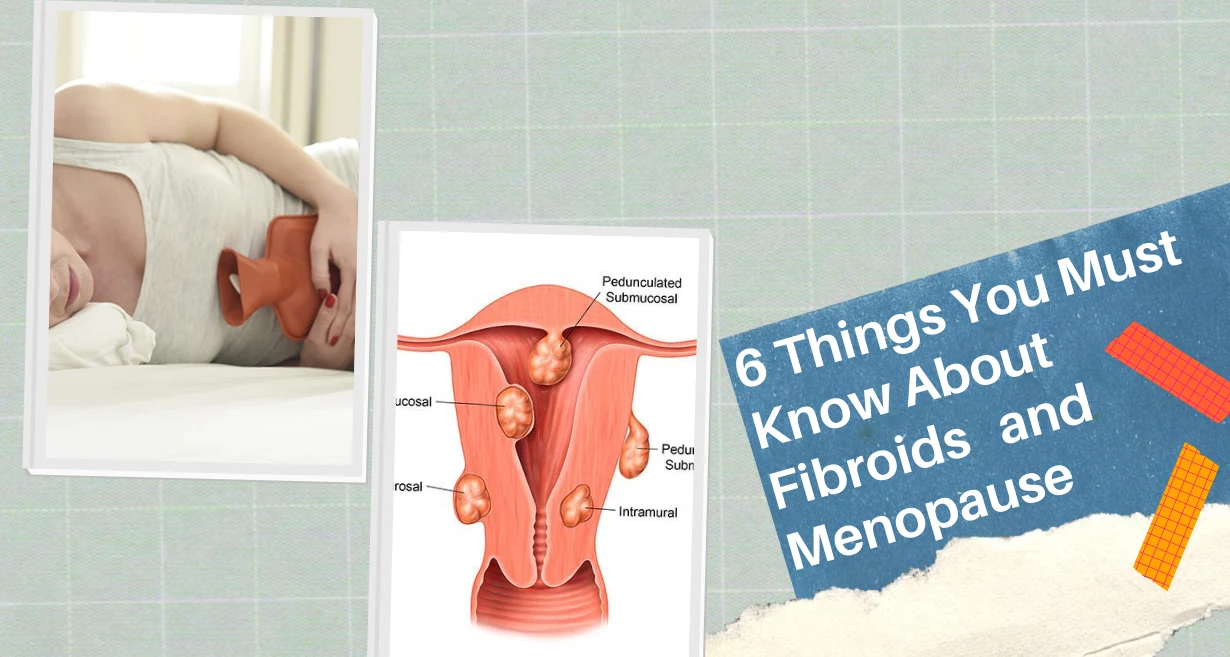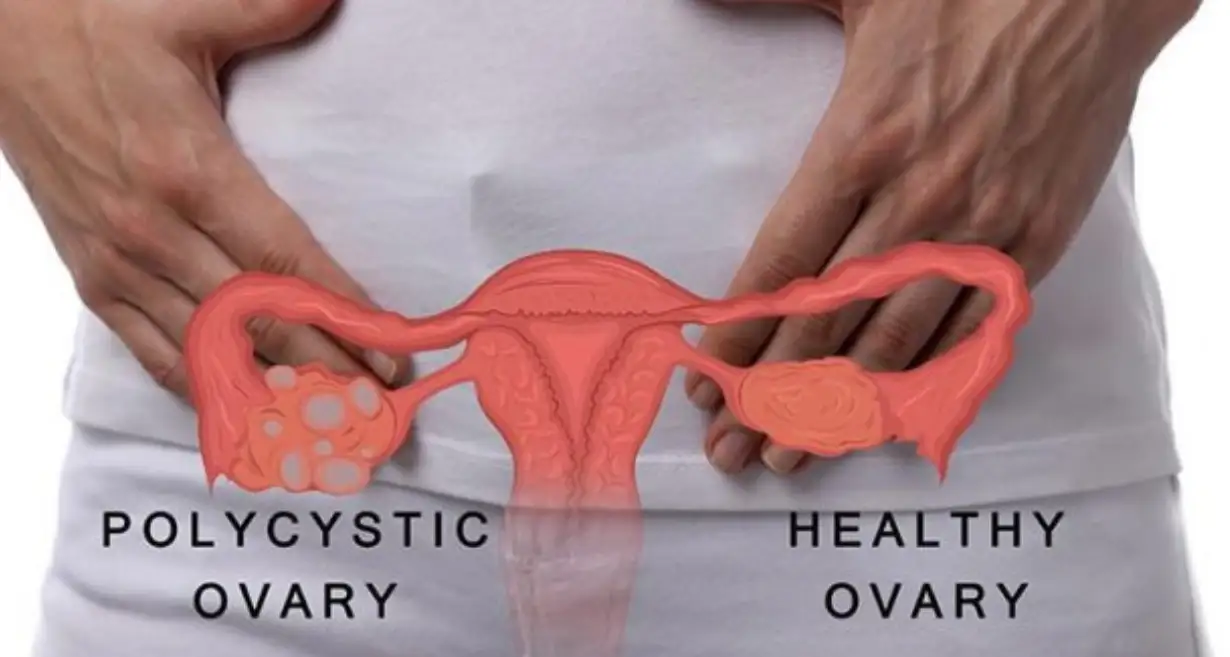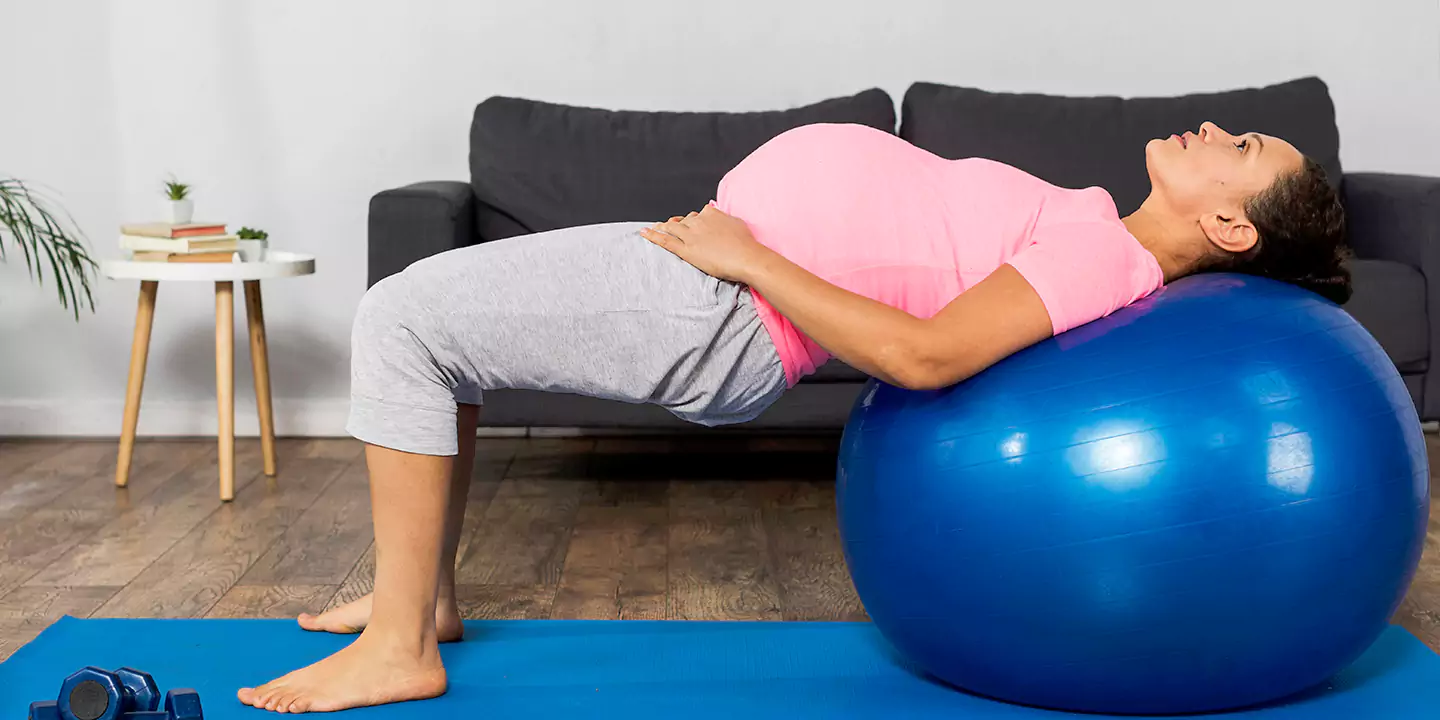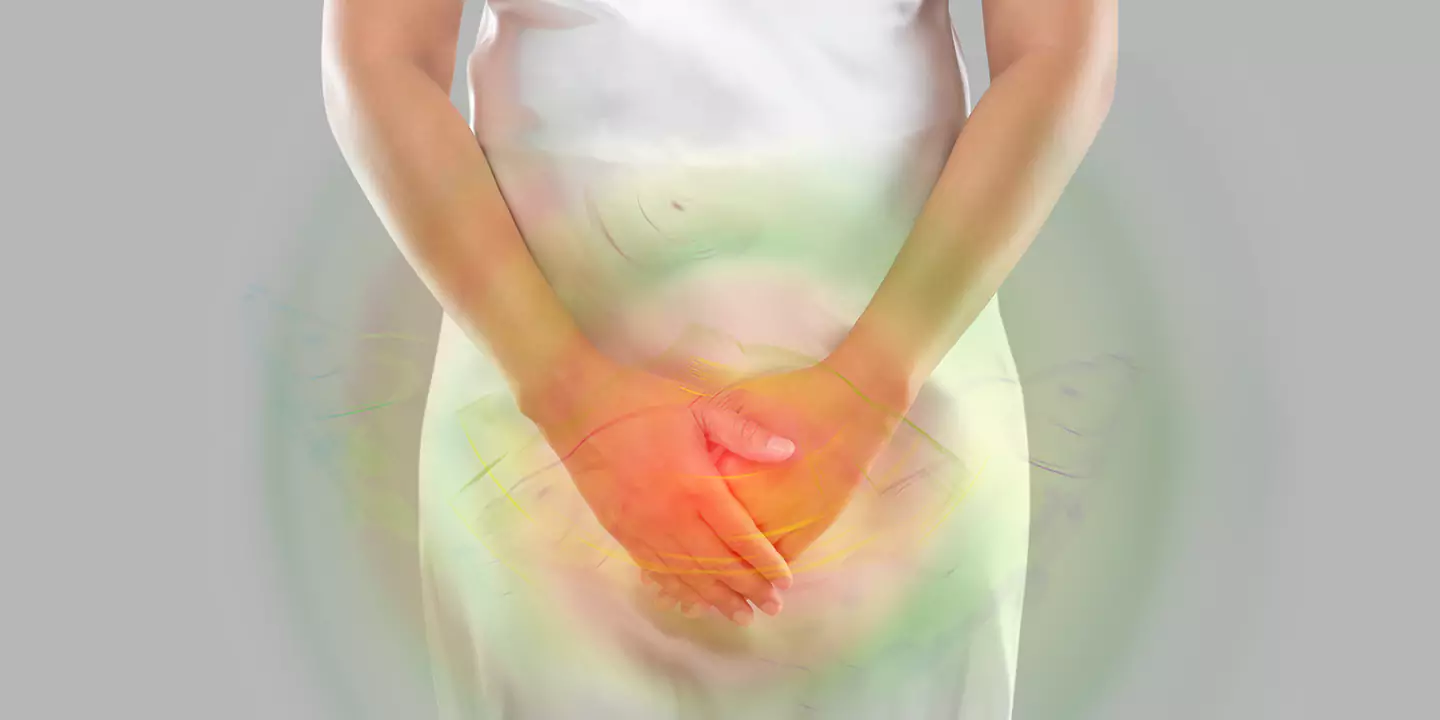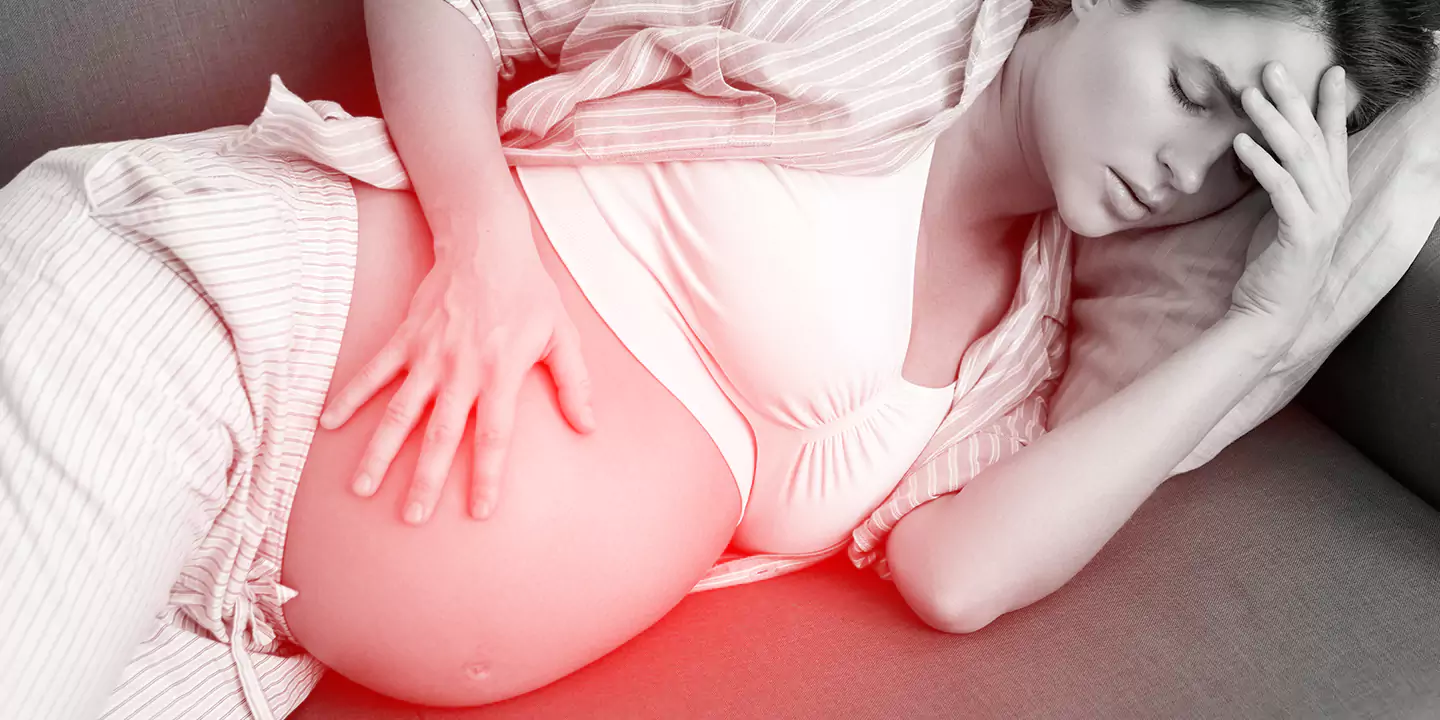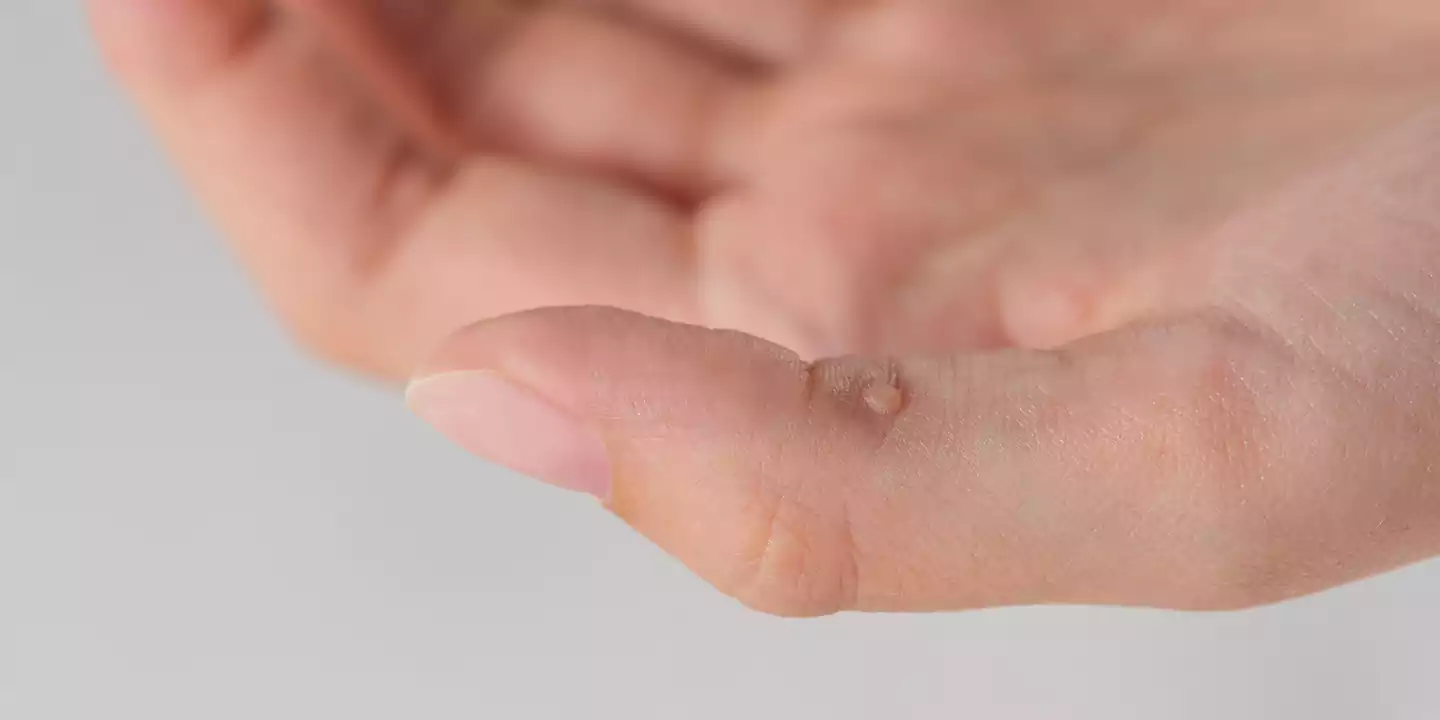
As you reach the milestone of week 10 in your pregnancy, you can celebrate being a quarter of the way through this amazing journey. Congratulations! With every passing day, your baby is growing bigger and stronger, and you’re now entering the final stretch of your first trimester.
During the third month of pregnancy, your baby’s vital organs have already formed, and now it’s time for your 10-week fetus to continue growing and developing. While there’s still a way to go before your little one is ready to meet you, every day brings them closer to resembling a tiny human baby.
At this stage, you may be experiencing various symptoms associated with the 10th week of pregnancy. Additionally, it might be a good time to start considering maternity clothes. Keep reading to learn more about what you can expect during this exciting phase of your journey.
In this Article
10 Week Pregnant – Baby Development
- Congratulations! Your baby has graduated from an embryo to a fetus this week.
- Your baby is now as large as a strawberry, about 1.2 inches long, and weighing around 0.14 ounces.
- Bones and cartilage are developing, and little leg indentations are developing into knees and ankles.
- The arms are taking shape and can already flex, although they are still very small.
- Tooth buds are appearing, signaling the future development of your baby’s teeth.
- Your baby’s stomach is producing digestive juices, and the kidneys are making larger quantities of urine.
- It’s an incredible time of growth and development for your baby as they start to take on a more human-like appearance and their internal systems become more functional.
Related Blog: 8 Surprising Things Unborn Babies Usually Do In The Womb
10 Weeks Pregnant Symptoms
- Morning Sickness
For some women, morning sickness may start to ease up during this stage of pregnancy. However, for others, relief often comes in the second trimester.
- Larger Breasts
Your breasts are likely becoming larger and more sensitive as they prepare for breastfeeding. It’s a good time to consider getting new bras that provide proper support.
- White Milky Vaginal Discharge
Hormonal changes and increased blood flow can lead to leukorrhea, a clear and odorless vaginal discharge. This discharge helps eliminate bacteria and serves as a protective mechanism for your baby.
- Frequent Urination
The increasing size of your uterus, it puts pressure on your bladder. Hormonal changes also lead to increased blood flow to your kidneys, resulting in more frequent trips to the bathroom.
- Mood Swings
Hormonal fluctuations during pregnancy can cause heightened emotions and mood swings as your body works hard to support the pregnancy.
- Visible Veins
You might notice the appearance of blue veins on your breasts, hands, legs, and 10 weeks pregnant belly. This is due to the augmented blood volume during pregnancy, ensuring proper nutrient supply to your baby.
- Fatigue
Feeling tired is still a common symptom during the 10th week of pregnancy. However, you can expect a decrease in fatigue as you enter the second trimester.
- Round Ligament Pain
Round ligament pain occurs as the abdomen stretches to accommodate your growing baby. It can be painful but often goes unnoticed. Try gentle stretching and movements for relief. If severe, consult your doctor.
10 Weeks Pregnant – Tips to Follow
- Drink lots of water and fluids to maintain hydration throughout your pregnancy.
- Consume foods rich in antioxidants and nutrients like calcium, folate, iron, fiber, and zinc.
- Ensure your pregnancy diet plan provides all the necessary nutrients for both you and your baby.
- Start with slow exercises, avoiding overexertion.
- Schedule regular dentist appointments, as pregnancy hormones can affect oral health.
- Shop for new clothes that allow enough space and airflow for your 10-week pregnant belly and breasts.
- Purchase footwear with sufficient padding to support and comfort your swelling feet.
- Boost blood circulation by engaging in activities such as walking, elevating your legs, or lying on your left side.
- Continue taking your prenatal vitamins for the healthy development of your baby.
- Establish a regular sleep schedule to prioritize restful and quality sleep during pregnancy.
Takeaway at Ten Weeks Pregnant
At 10 weeks of pregnancy, your baby transitions to a fetus, developing bones, tooth buds, and vital organs. Common symptoms during this period include breast growth, frequent urination, morning sickness, mood swings, vaginal discharge, larger veins, and fatigue.
To manage the symptoms, stay hydrated, follow a nutrient-rich diet, engage in gentle exercises, and prioritize rest. Take care of your oral health, wear comfortable clothing, and promote good blood flow.
For complete prenatal care, trust Queen’s Gynecology. Contact us for expert care, personalized advice, and support throughout your pregnancy journey.
Summary
Reaching the 10-week mark in your pregnancy signifies an exciting step as you’re a quarter of the way through this incredible journey. Your baby is growing stronger each day, and the first trimester is coming to a close. Common symptoms include morning sickness, larger breasts, vaginal discharge, frequent urination, mood swings, visible veins, and fatigue. To support a healthy pregnancy, stay hydrated, follow a nutrient-rich diet, exercise moderately, prioritize oral health, wear comfortable clothing, and take prenatal vitamins. Remember to keep up with your recommended prenatal check-ups and consultations with your doctor.
| Week | Pregnancy Symptoms | Tips and Advice | Baby Development |
| Week 1 | – Missed period | – Take a home pregnancy test | – Fertilization occurs |
| Week 2 | – Tender breasts | – Begin taking prenatal vitamins | – Blastocyst implants in the uterus |
| Week 3 | – Fatigue | – Schedule your first prenatal visit | – Embryonic development begins |
| Week 4 | – Morning sickness starts | – Avoid alcohol, smoking, and caffeine | – Neural tube forms |
| Week 5 | – Increased urination | – Eat a balanced diet | – Heart starts beating |
| Week 6 | – Mood swings | – Stay hydrated | – Brain and head development |
| Week 7 | – Constipation | – Start gentle exercise | – Limb buds form |
| Week 8 | – Food cravings | – Get plenty of rest | – Webbed fingers and toes develop |
| Week 9 | – Weight gain begins | – Avoid raw or undercooked foods | – Tail disappears, now considered a fetus |
| Week 10 | – Visible baby bump | – Wear comfortable clothing | – Organs continue to develop |
| Week 11 | – Darkened areolas | – Practice relaxation techniques | – Baby can swallow and produce urine |
| Week 12 | – Reduced nausea | – Consider prenatal classes | – Sex organs distinguishable |
| Week 13 | – Increased energy | – Continue regular check-ups | – Baby’s fingerprints form |
| Week 14 | – Less frequent urination | – Plan for maternity leave | – Baby’s facial muscles develop |
| Week 15 | – Quickening (baby moves) | – Do pelvic floor exercises | – Baby can make facial expressions |
| Week 16 | – Round ligament pain | – Stay active with low-impact exercises | – Develops sense of hearing |
| Week 17 | – Nasal congestion | – Consider a prenatal massage | – Baby’s skeleton starts hardening |
| Week 18 | – Belly button changes | – Stay well-hydrated | – Vernix caseosa covers the skin |
| Week 19 | – Braxton Hicks contractions | – Eat small, frequent meals | – Baby’s kicks become stronger |
| Week 20 | – Leg cramps | – Begin monitoring baby’s movements | – Baby is covered in lanugo (fine hair) |
| Week 21 | – Shortness of breath | – Sleep on your side | – Eyebrows and eyelashes appear |
| Week 22 | – Linea nigra (skin darkens) | – Practice relaxation techniques | – Rapid brain development |
| Week 23 | – Backache | – Consider prenatal yoga or swimming | – Baby can recognize your voice |
| Week 24 | – Swollen ankles | – Elevate feet when sitting or lying | – Lungs continue to mature |
| Week 25 | – Increased appetite | – Continue regular prenatal check-ups | – Baby may respond to loud noises |
| Week 26 | – Heartburn | – Sleep with extra pillows for support | – Eyes open for the first time |
| Week 27 | – Braxton Hicks intensify | – Pack your hospital bag | – Baby can hiccup |
| Week 28 | – Trouble sleeping | – Monitor blood pressure | – Baby’s kicks become more regular |
| Week 29 | – Shortness of breath | – Avoid lifting heavy objects | – Baby’s bones fully developed |
| Week 30 | – Swollen hands | – Stay hydrated and avoid salt | – Baby may be head-down in preparation for birth |
| Week 31 | – Increased vaginal discharge | – Take childbirth classes | – Baby’s immune system develops |
| Week 32 | – Hemorrhoids | – Practice perineal massage | – Baby’s toenails and fingernails grow |
| Week 33 | – Trouble finding a comfortable position to sleep | – Rest and nap when possible | – Baby’s bones start to harden further |
| Week 34 | – Frequent urination | – Prepare for maternity leave | – Baby’s central nervous system matures |
| Week 35 | – Braxton Hicks increase | – Avoid prolonged standing or sitting | – Baby’s skin becomes less wrinkled |
| Week 36 | – Pelvic pressure | – Finalize birth plan | – Baby continues to gain weight |
| Week 37 | – Lightening (baby drops) | – Stay active with walking | – Baby’s head positions for birth |
| Week 38 | – Fatigue increases | – Do pelvic exercises | – Baby’s lungs are fully mature |
| Week 39 | – Cervix effacement | – Rest and conserve energy | – Baby’s immune system continues to develop |
| Week 40 | – Contractions begin | – Monitor contractions | – Baby’s digestive system is ready for breast milk |
| Week 41 | – Dilation of cervix | – Stay calm and patient during labor | – Baby’s head molds to fit through the birth canal |
Please note that every pregnancy is unique, and symptoms and developments may vary from person to person. Always consult with a healthcare professional for personalized advice and care during pregnancy.

